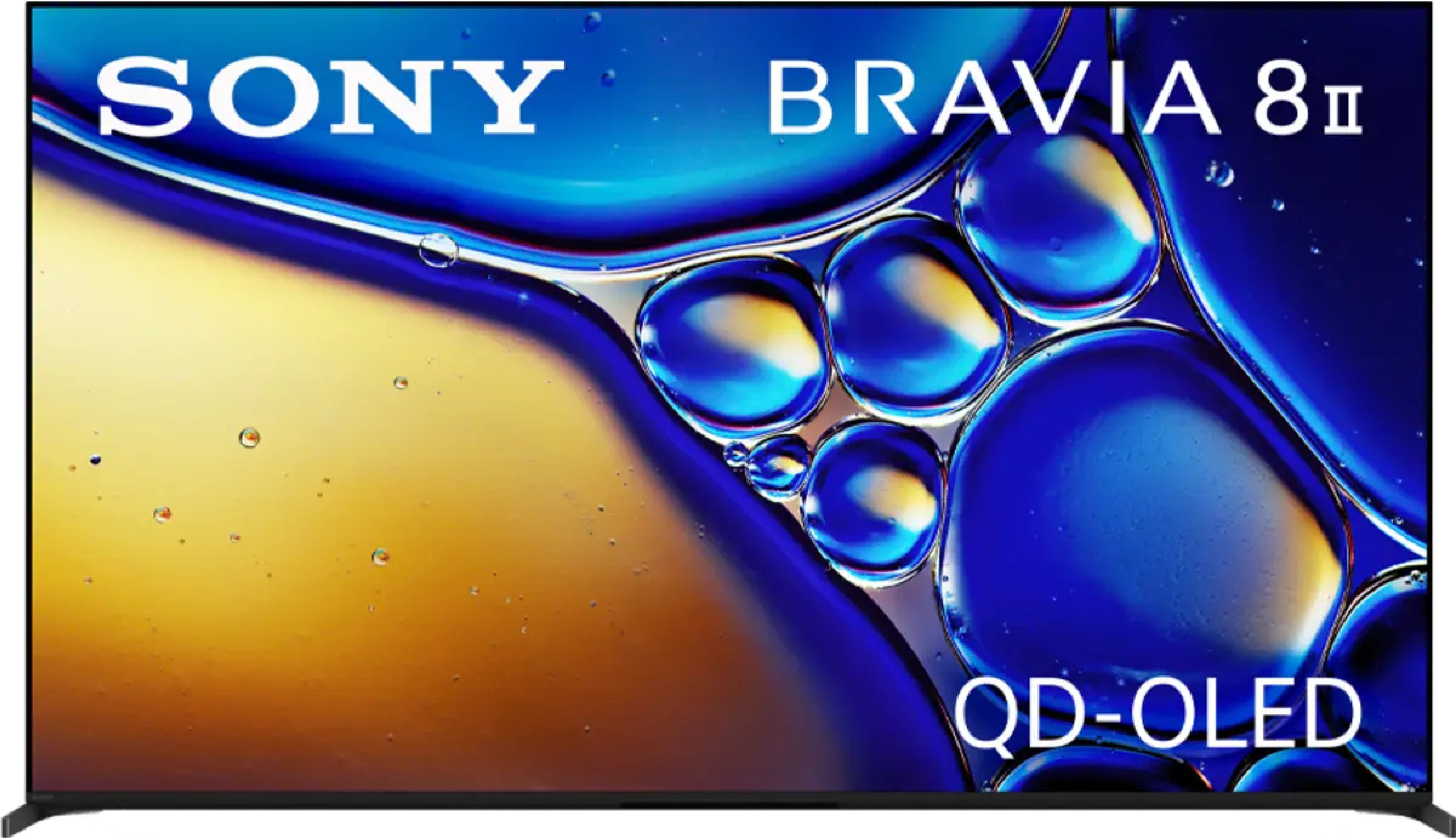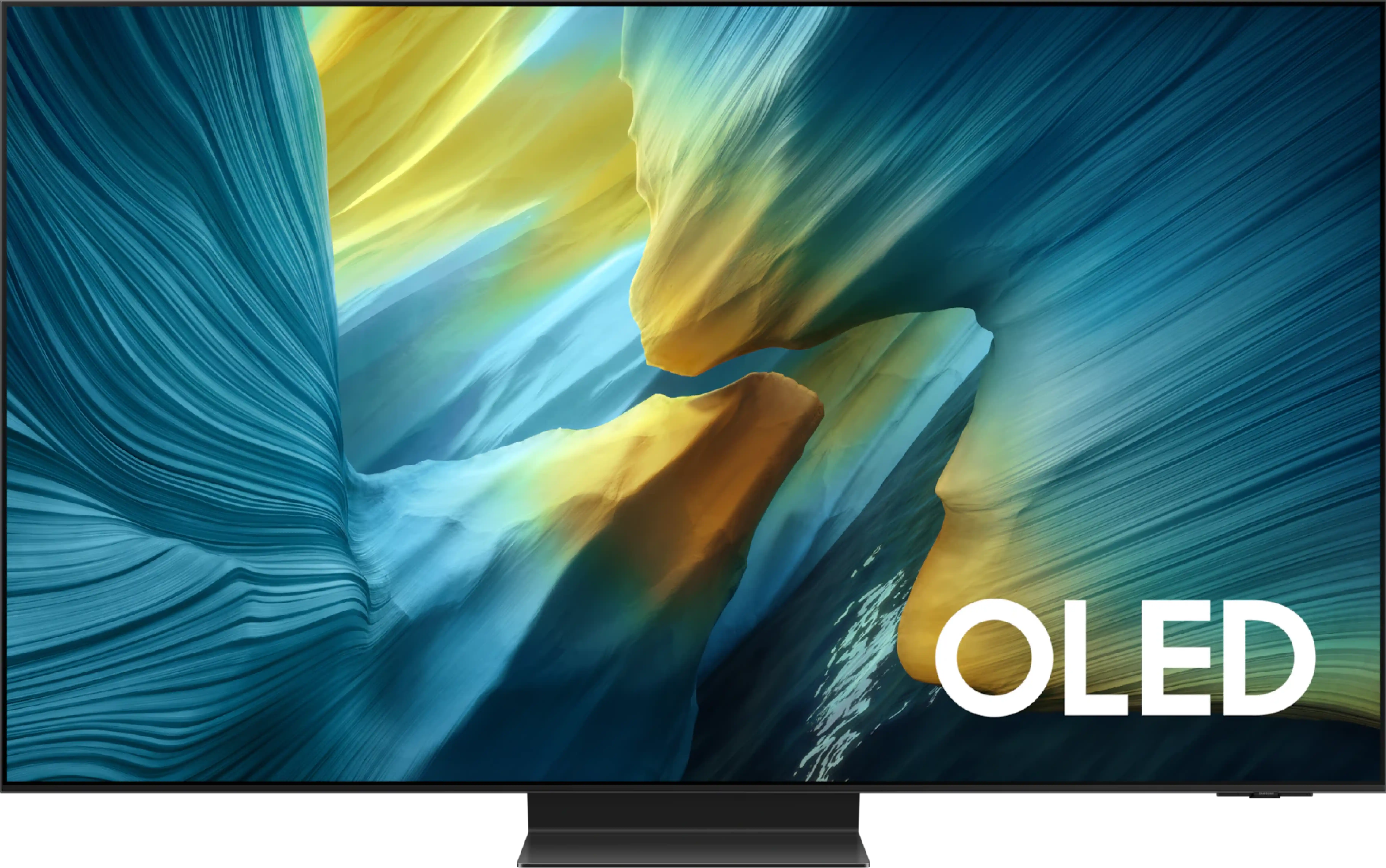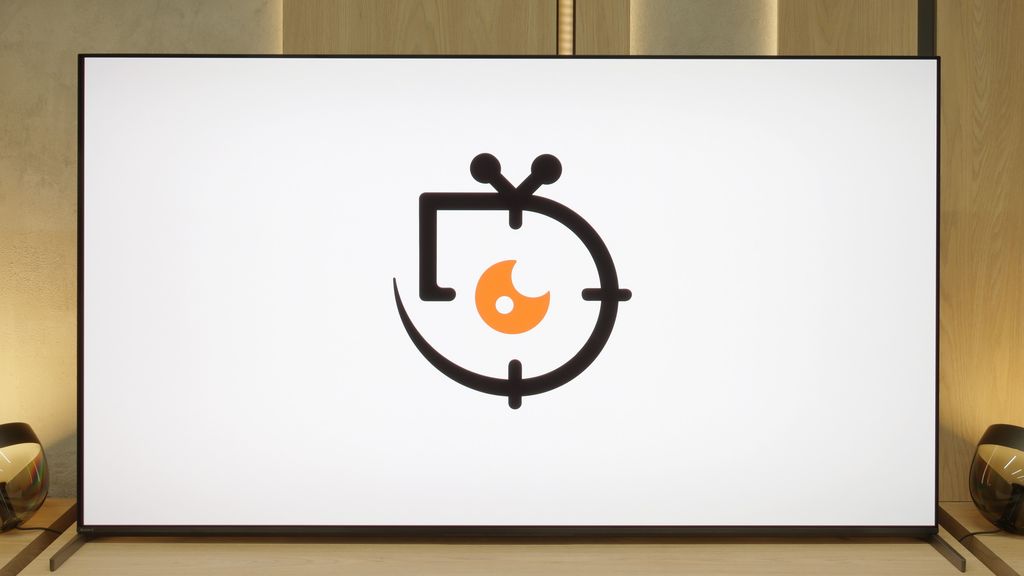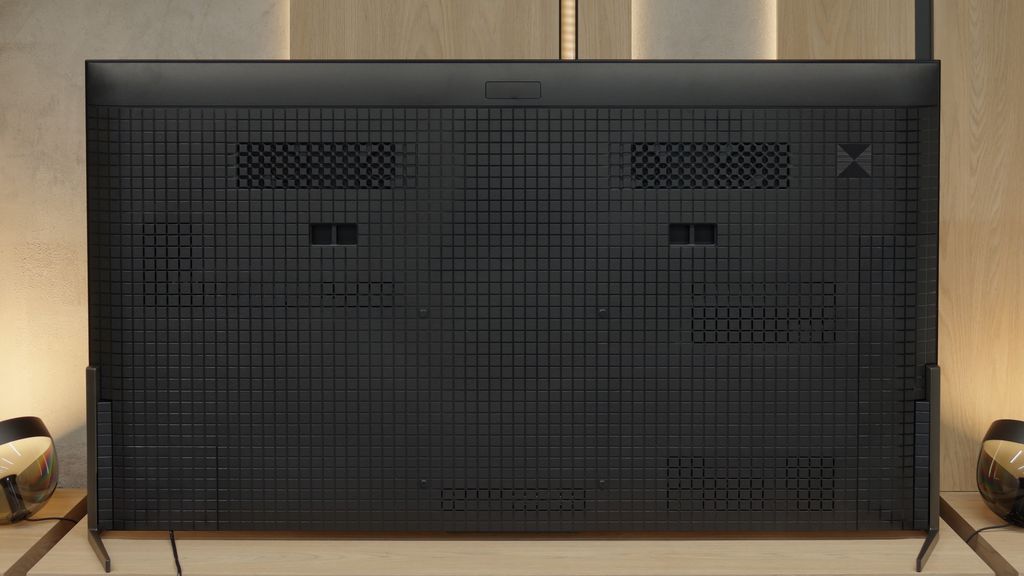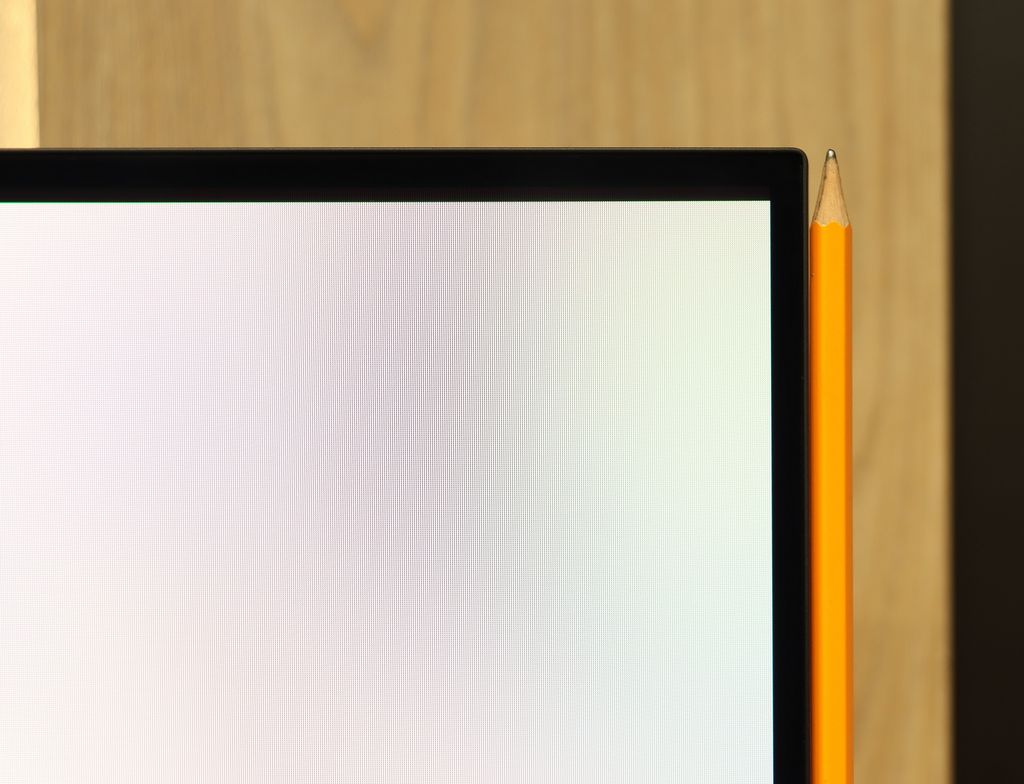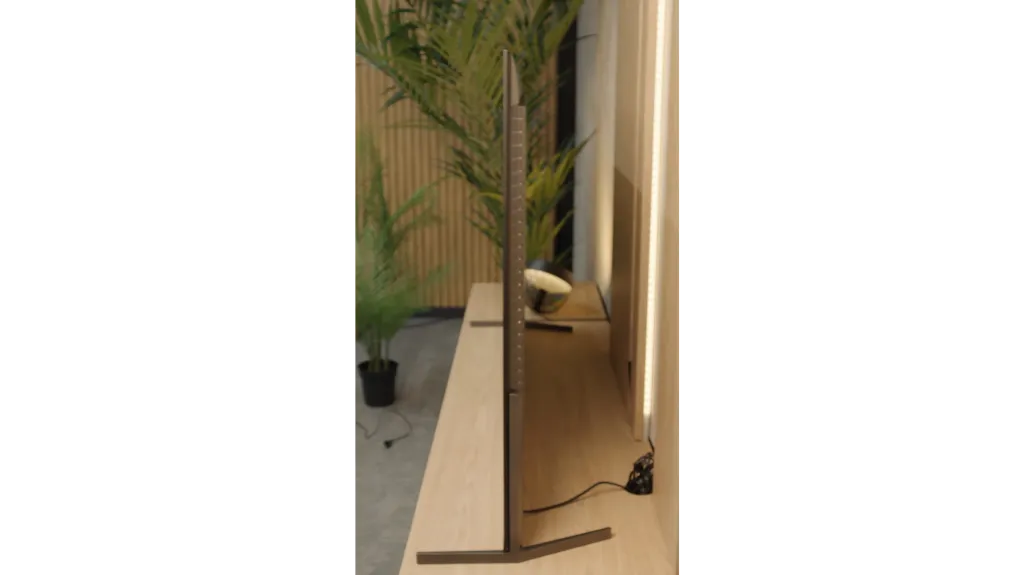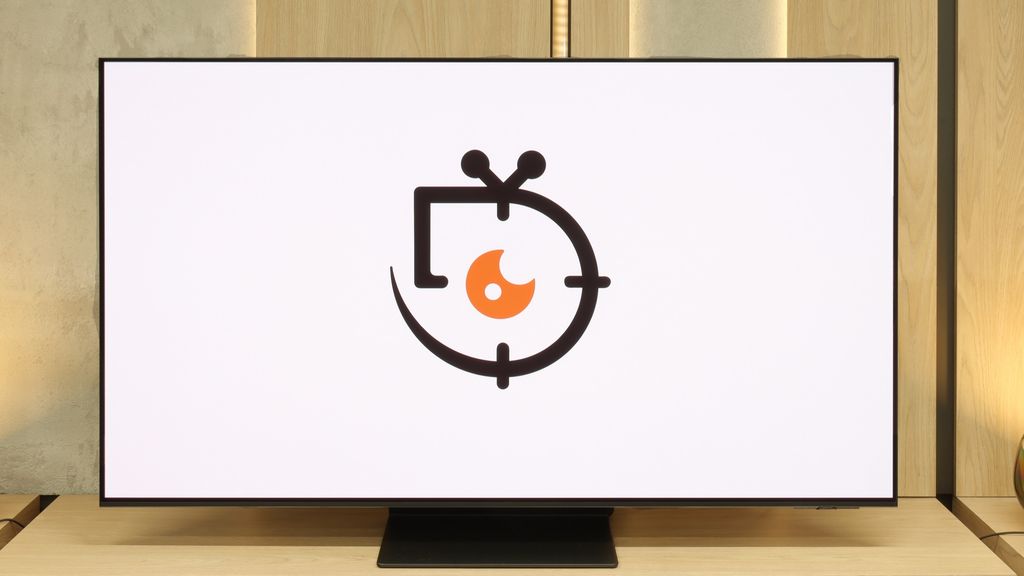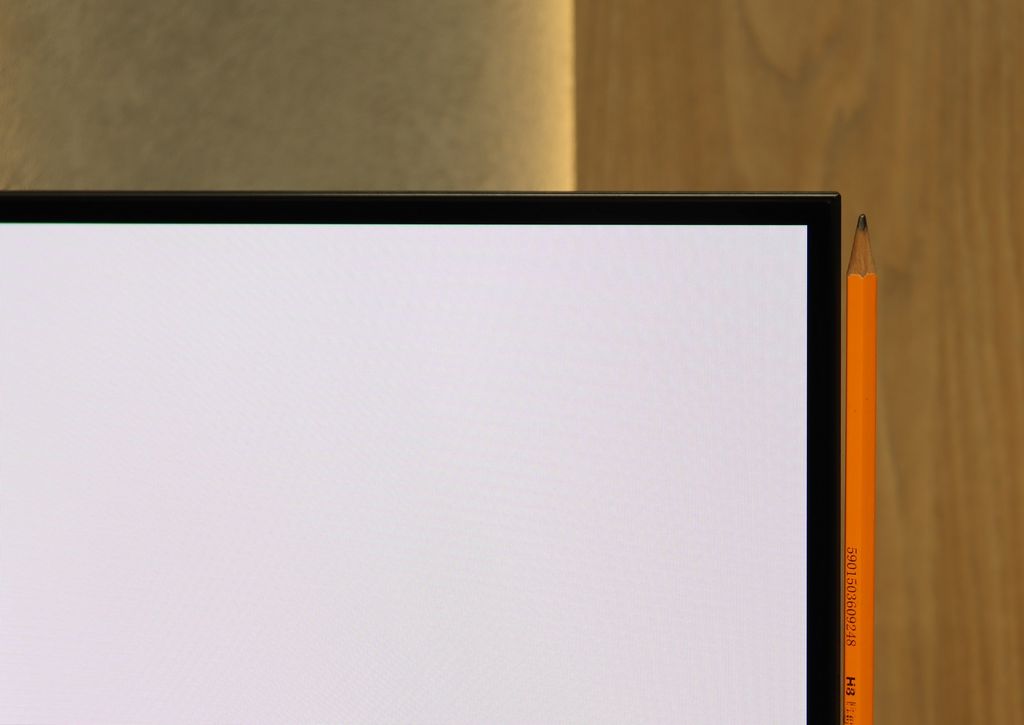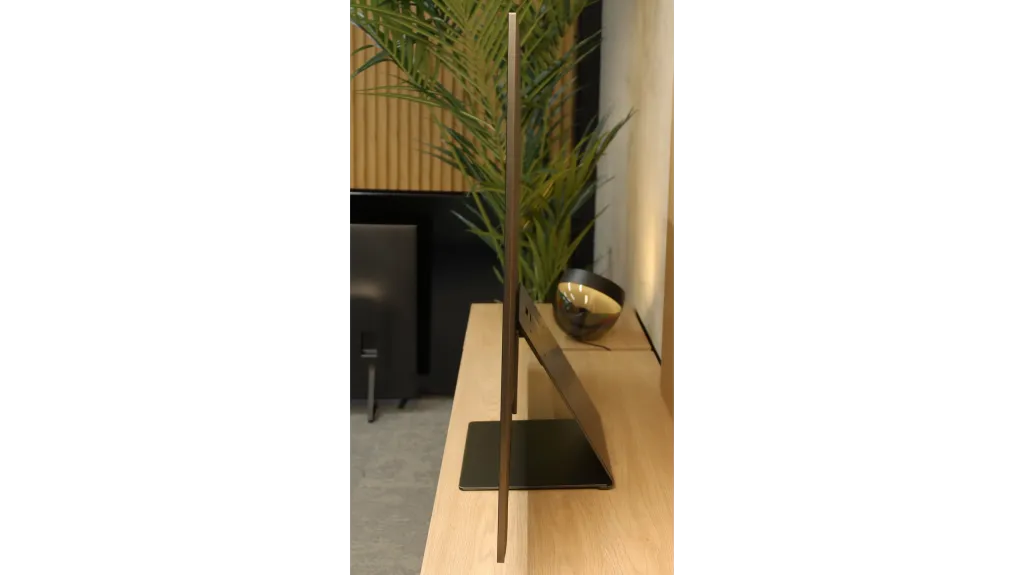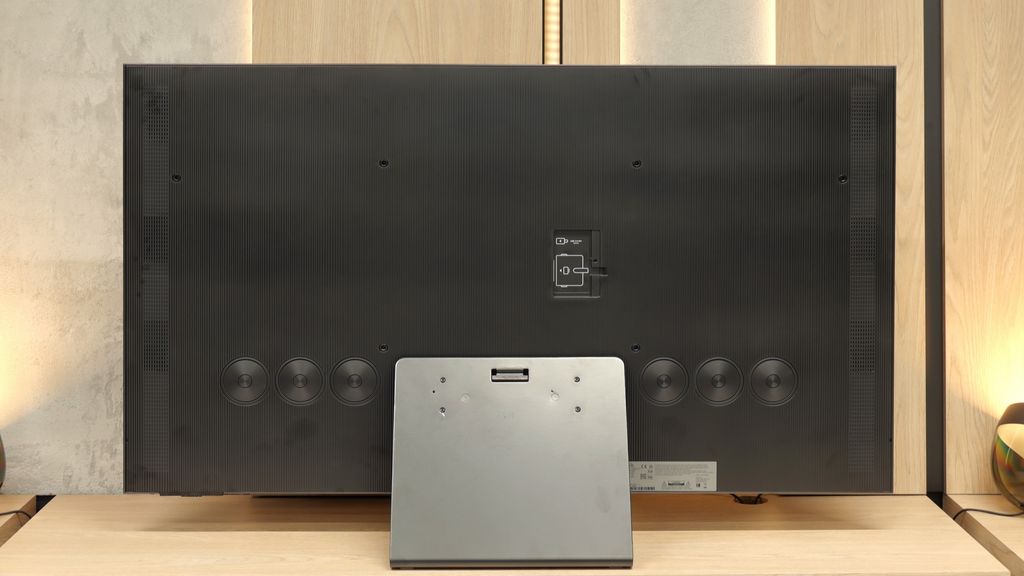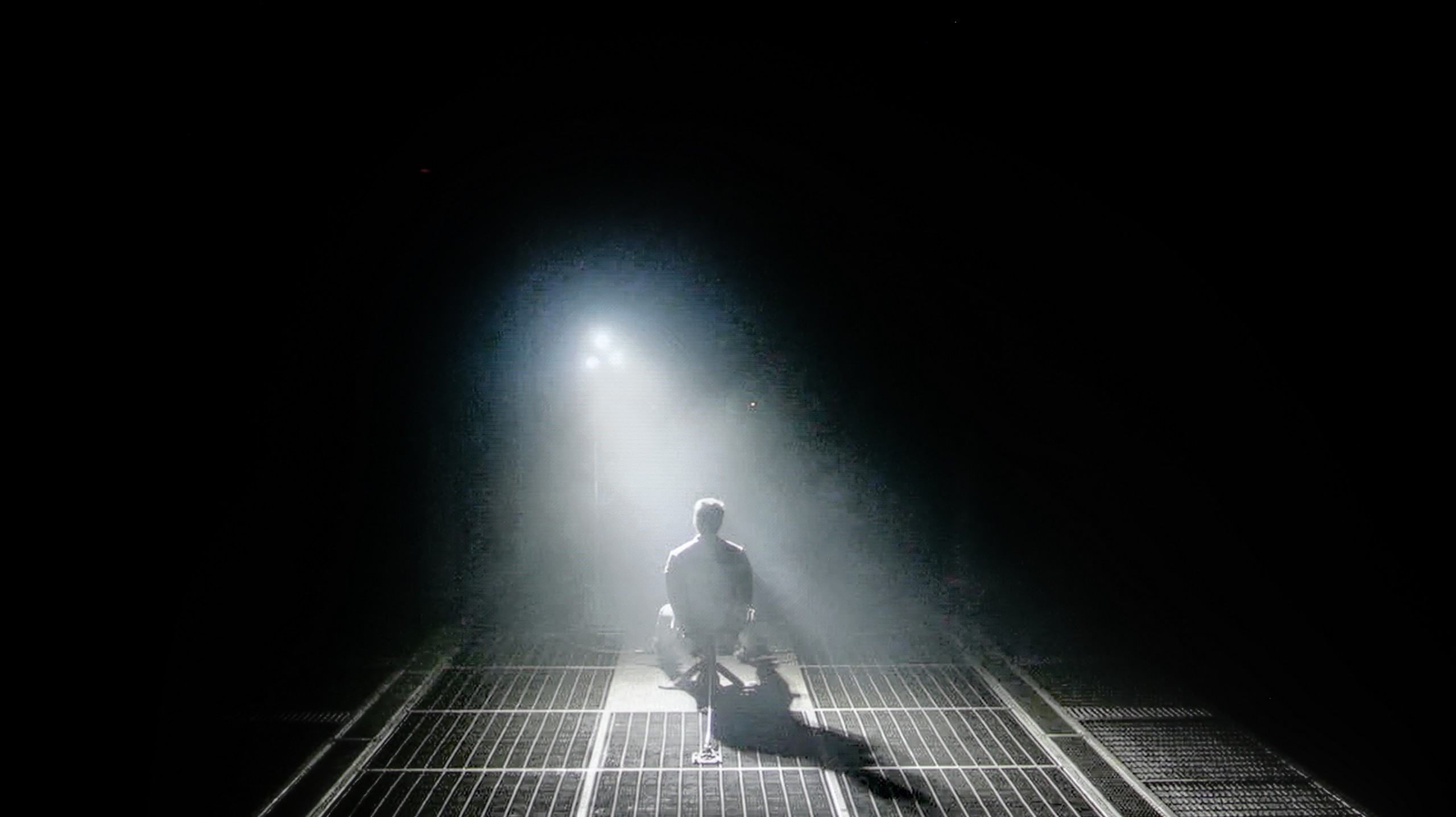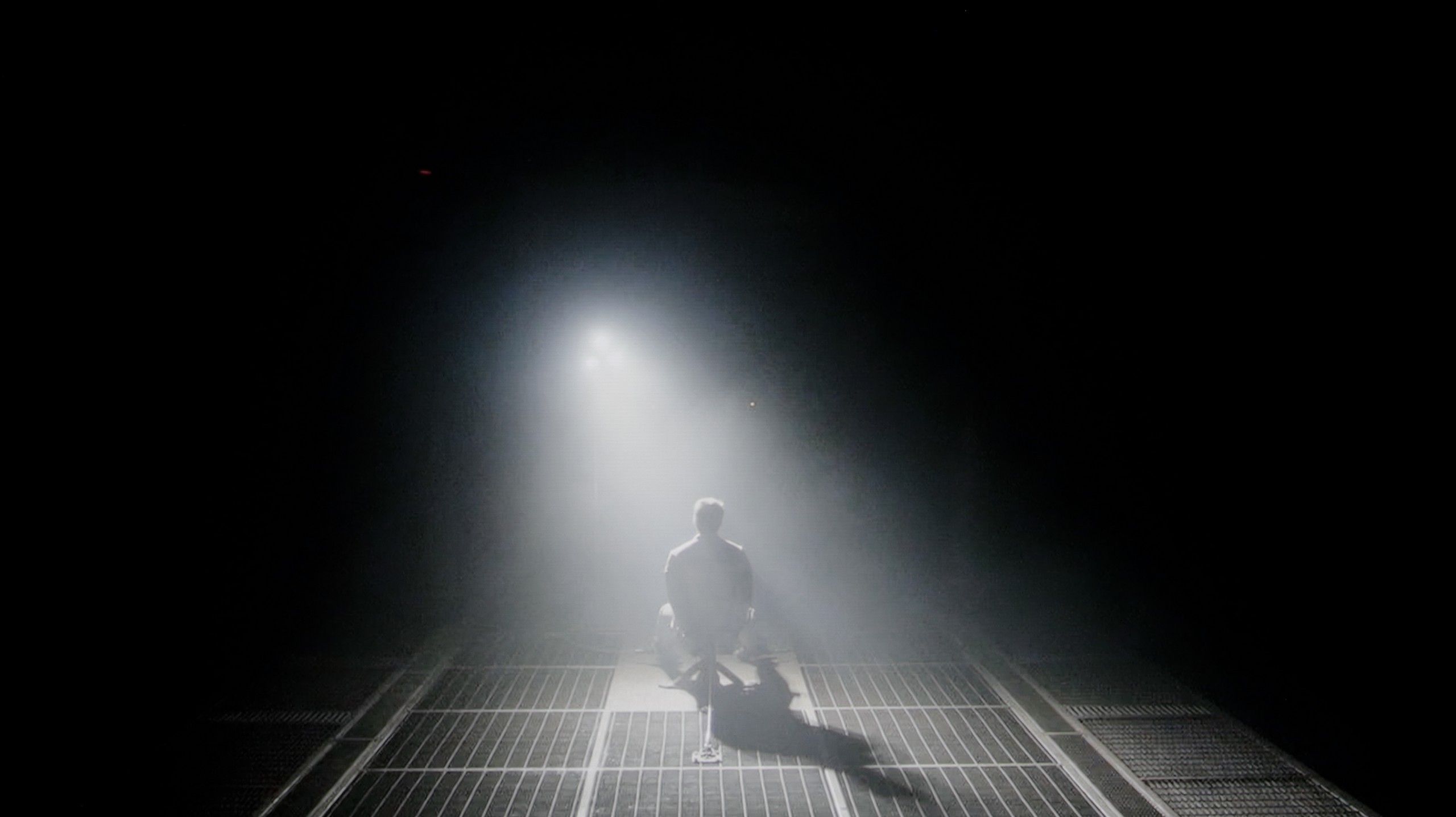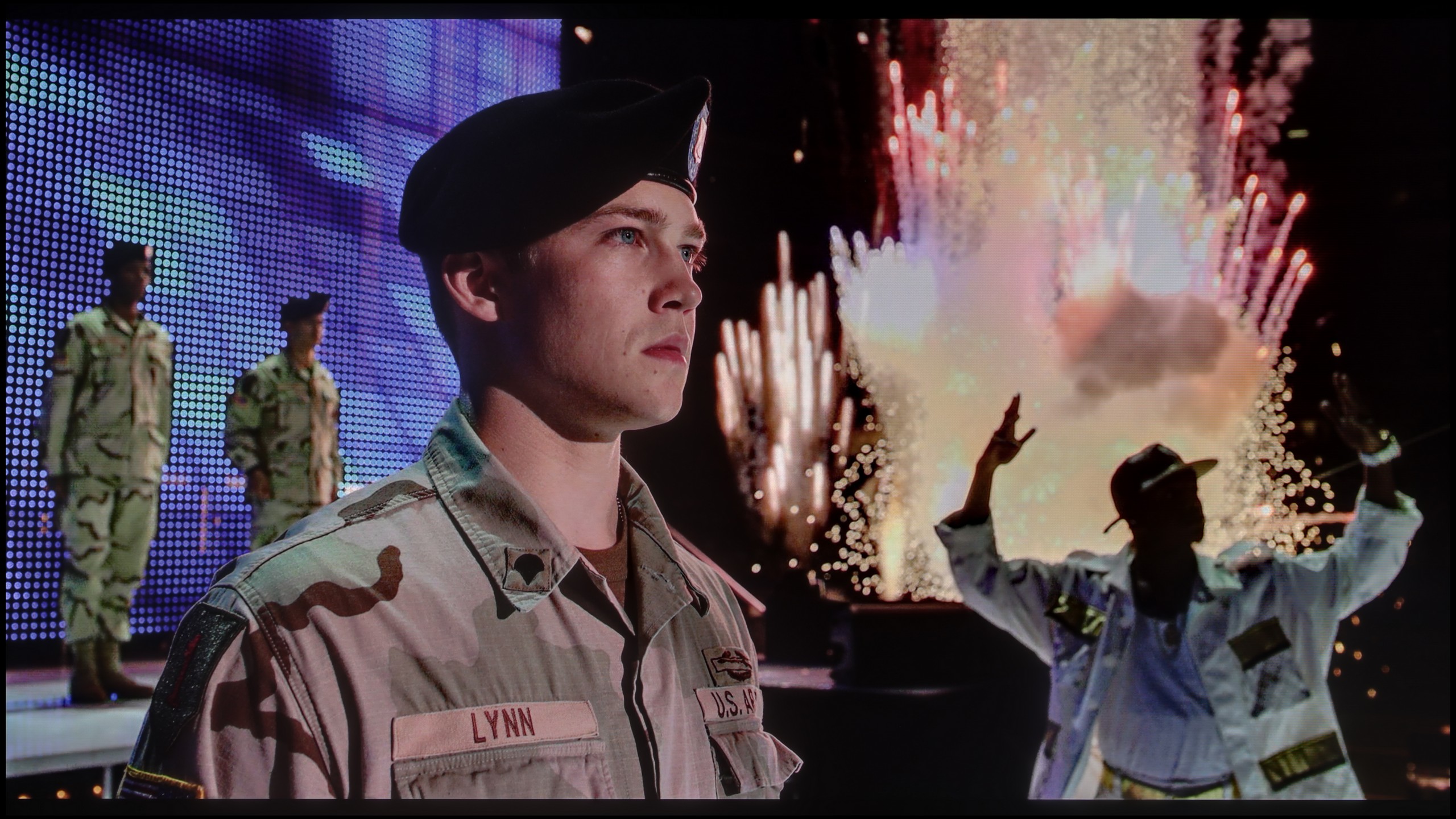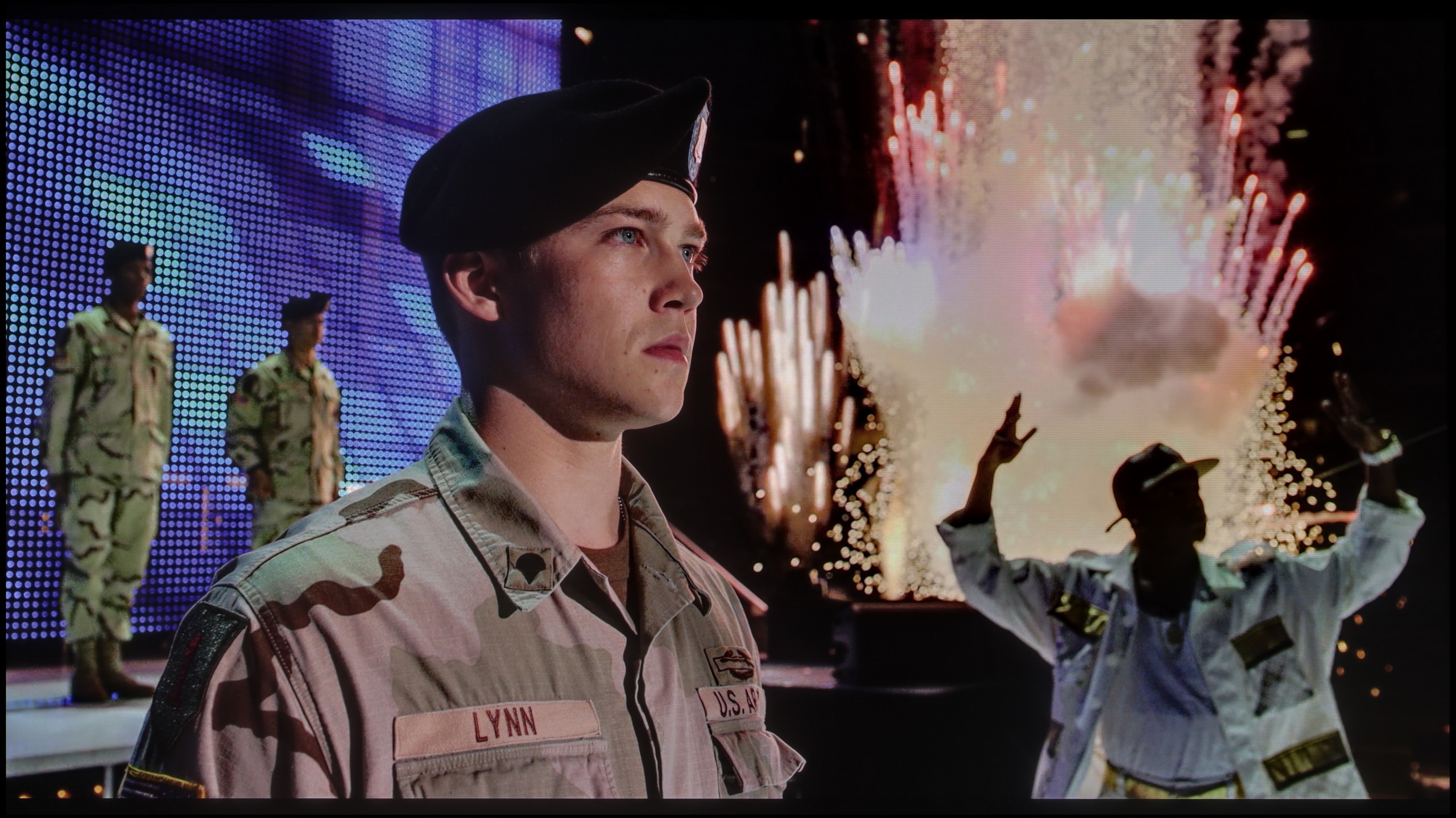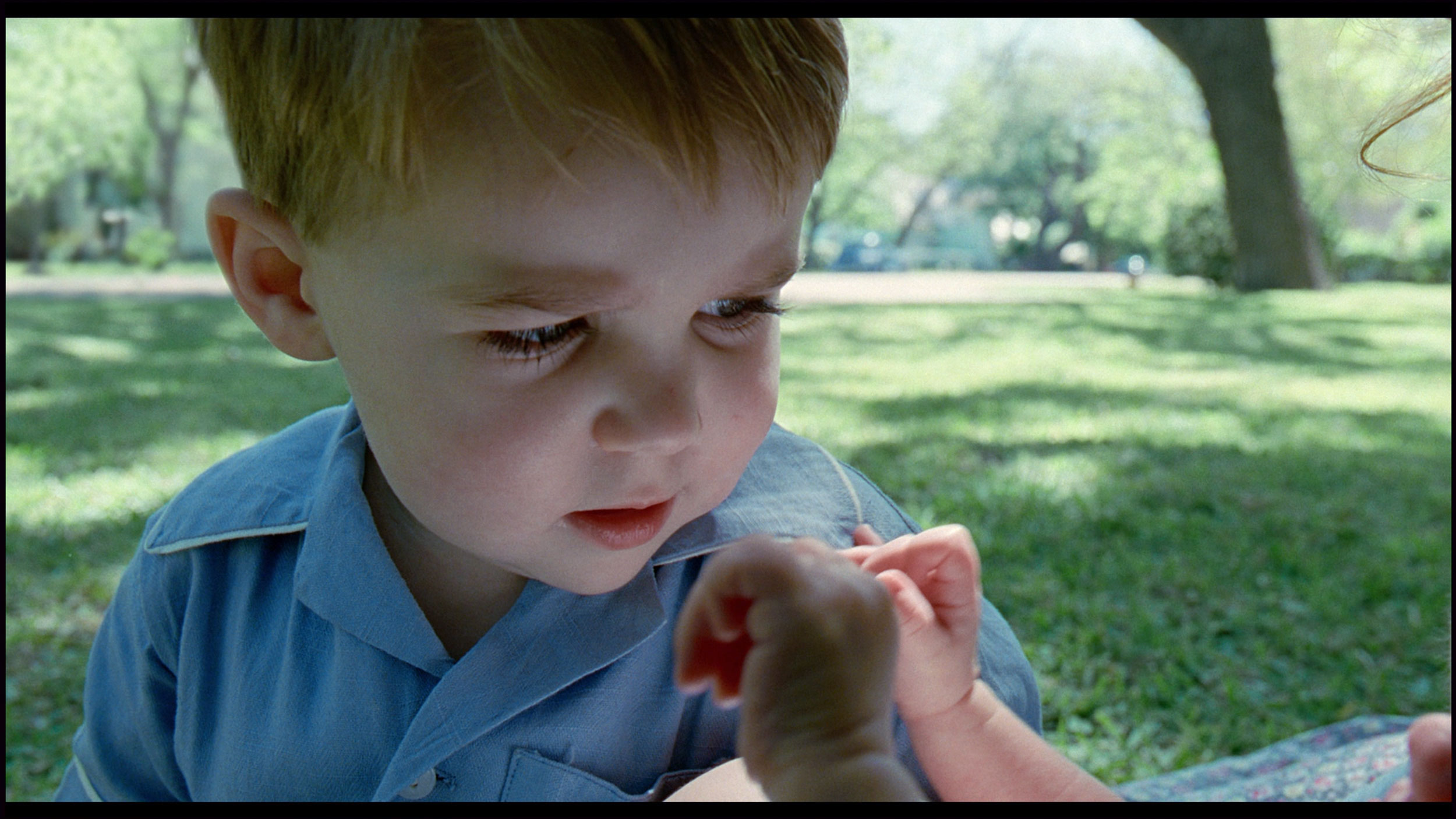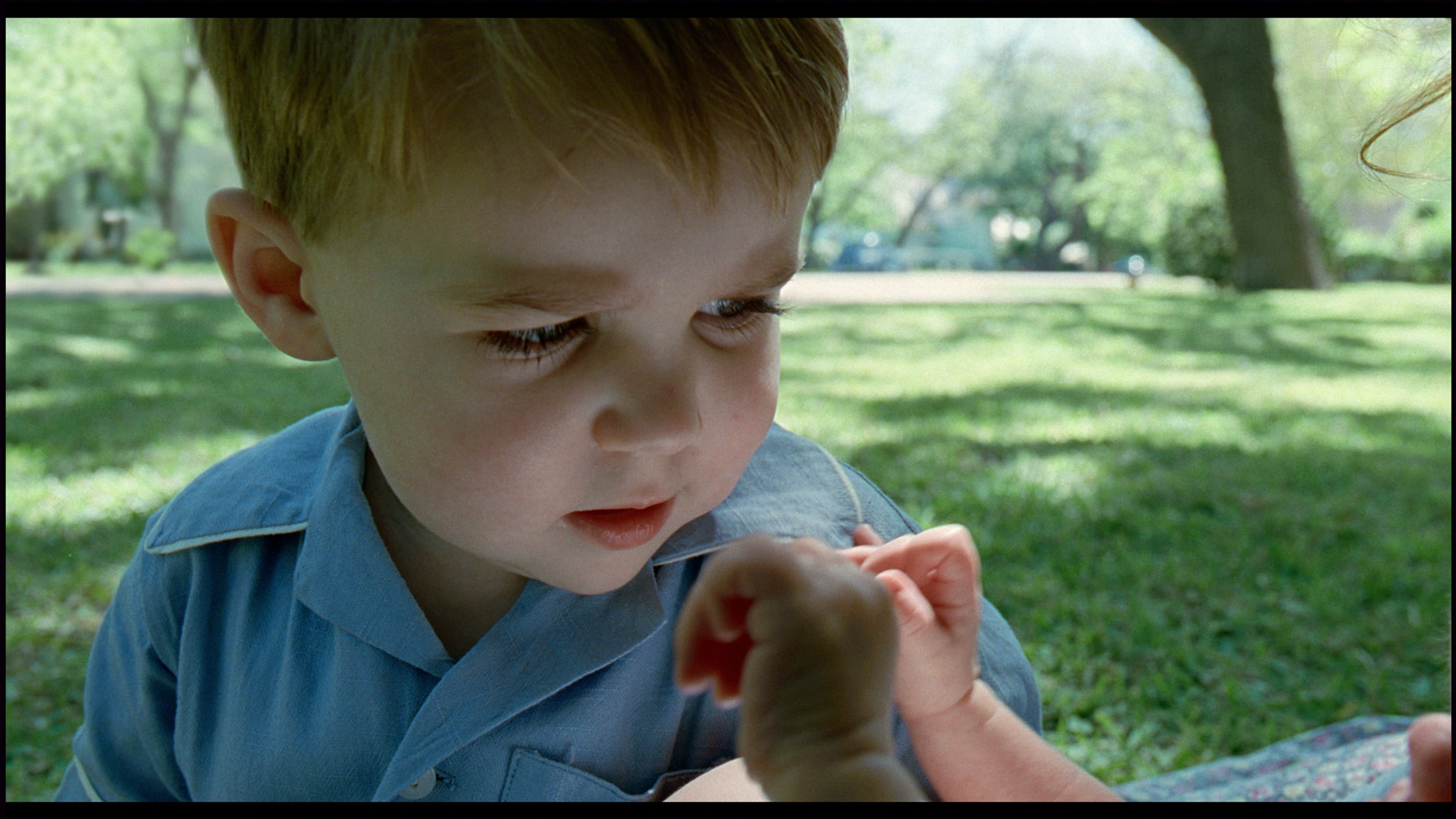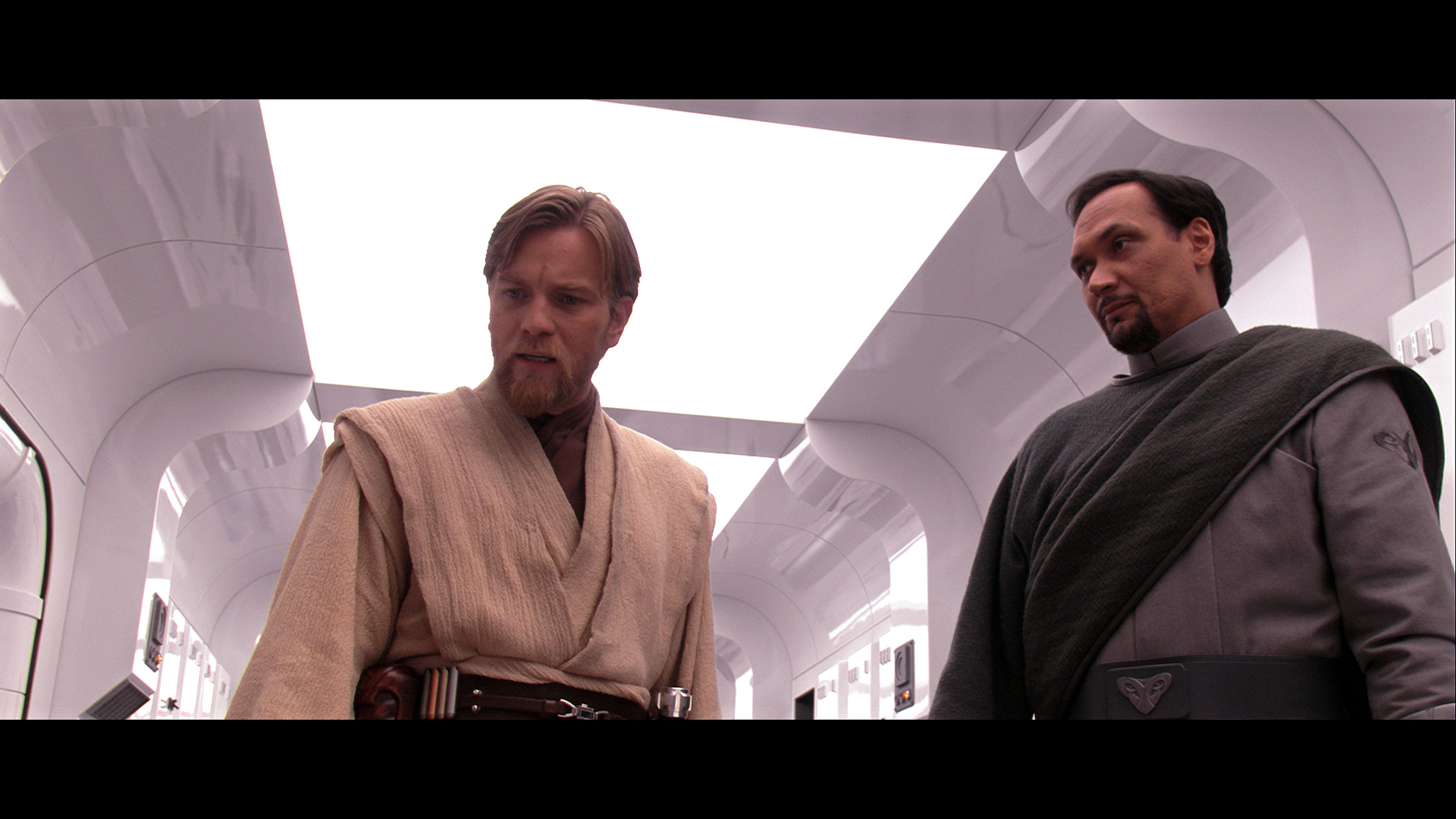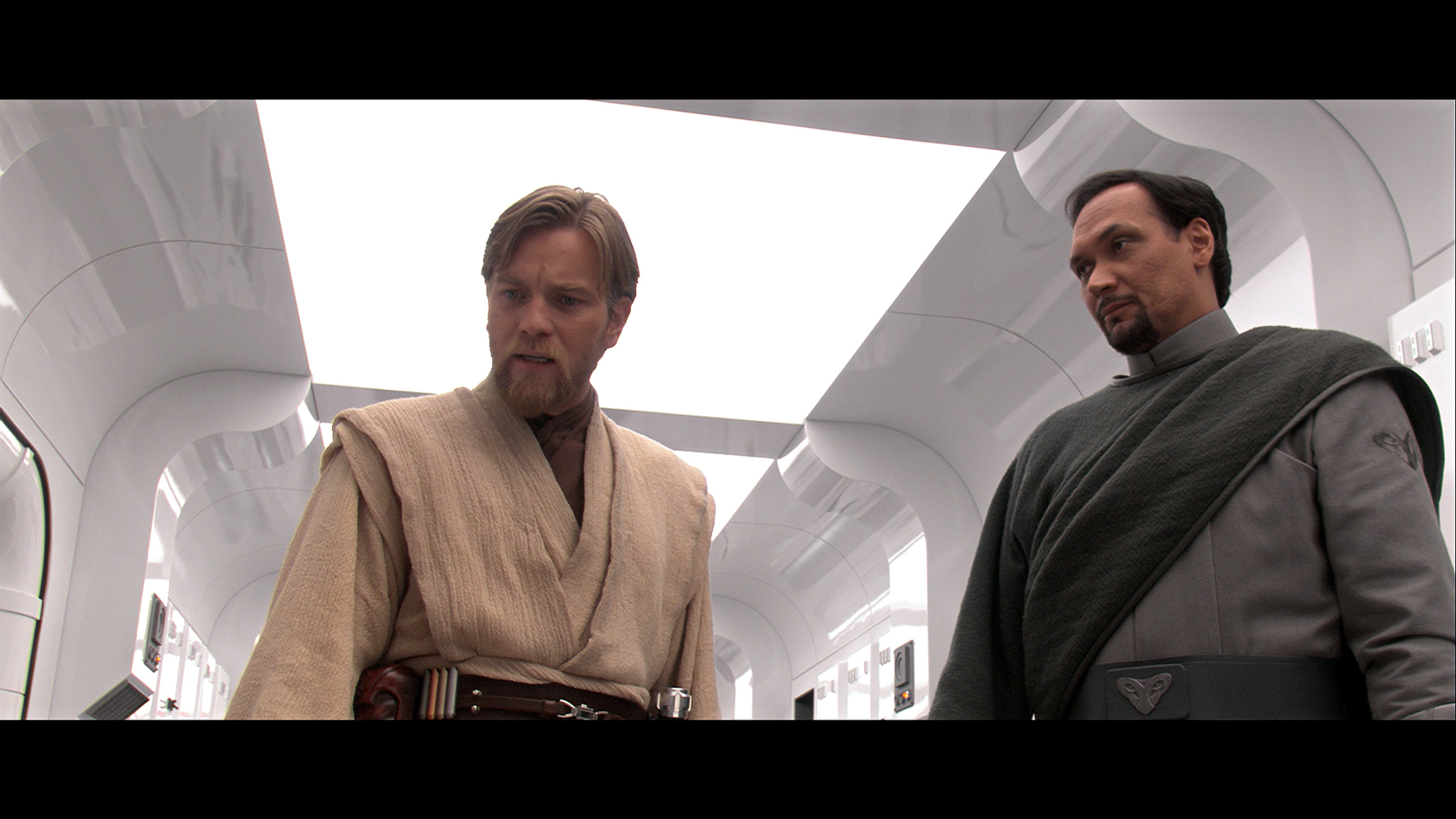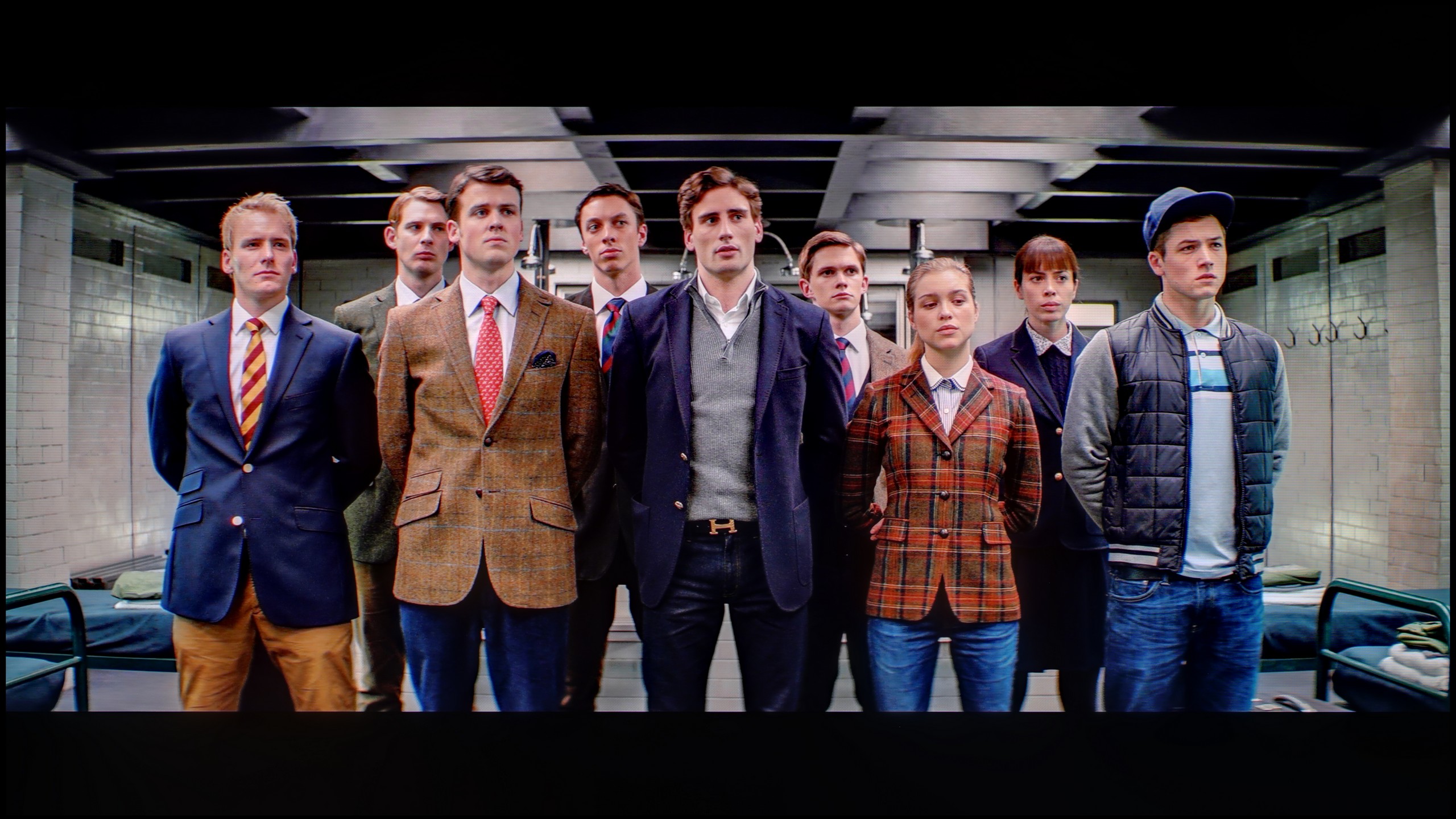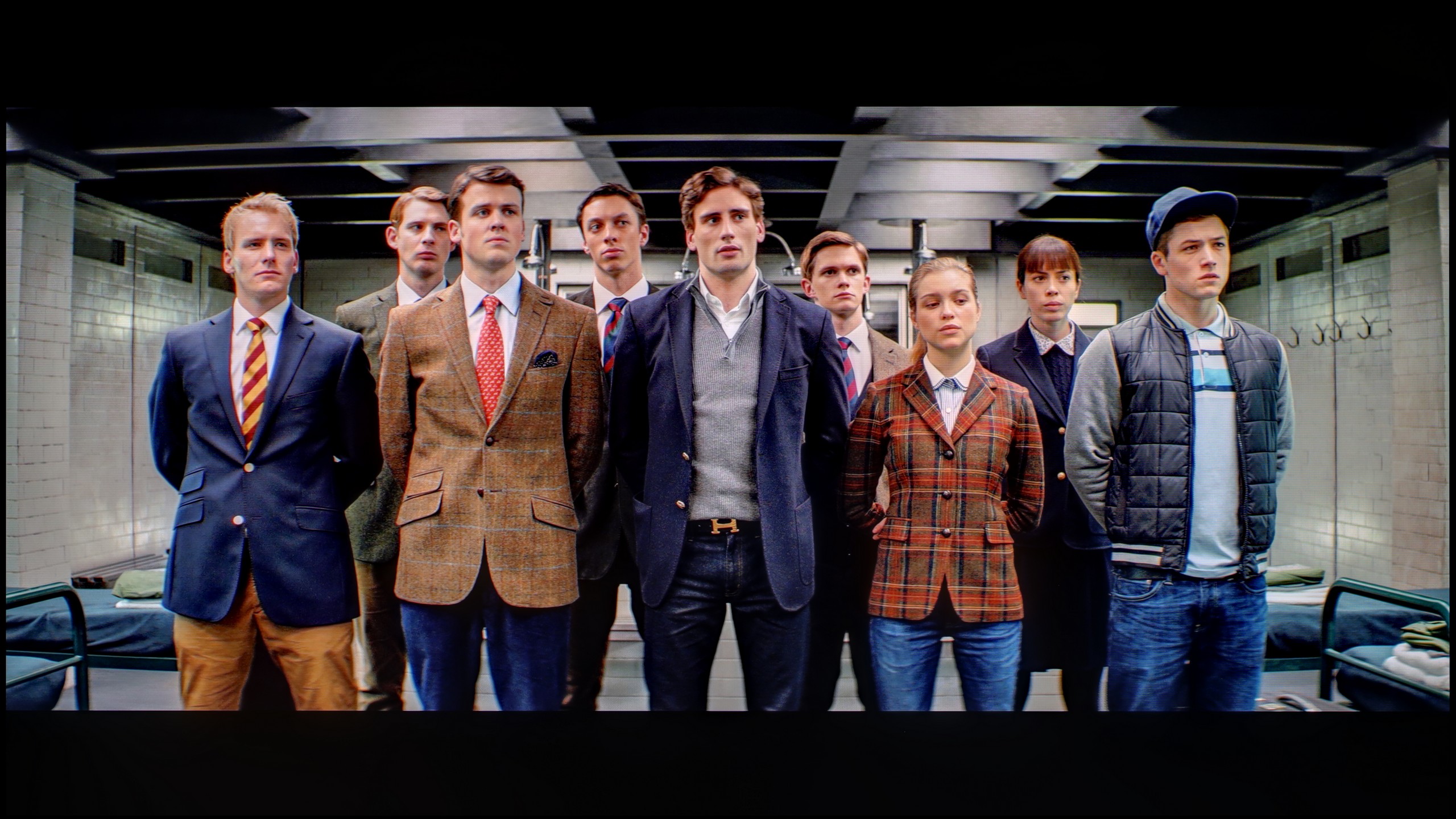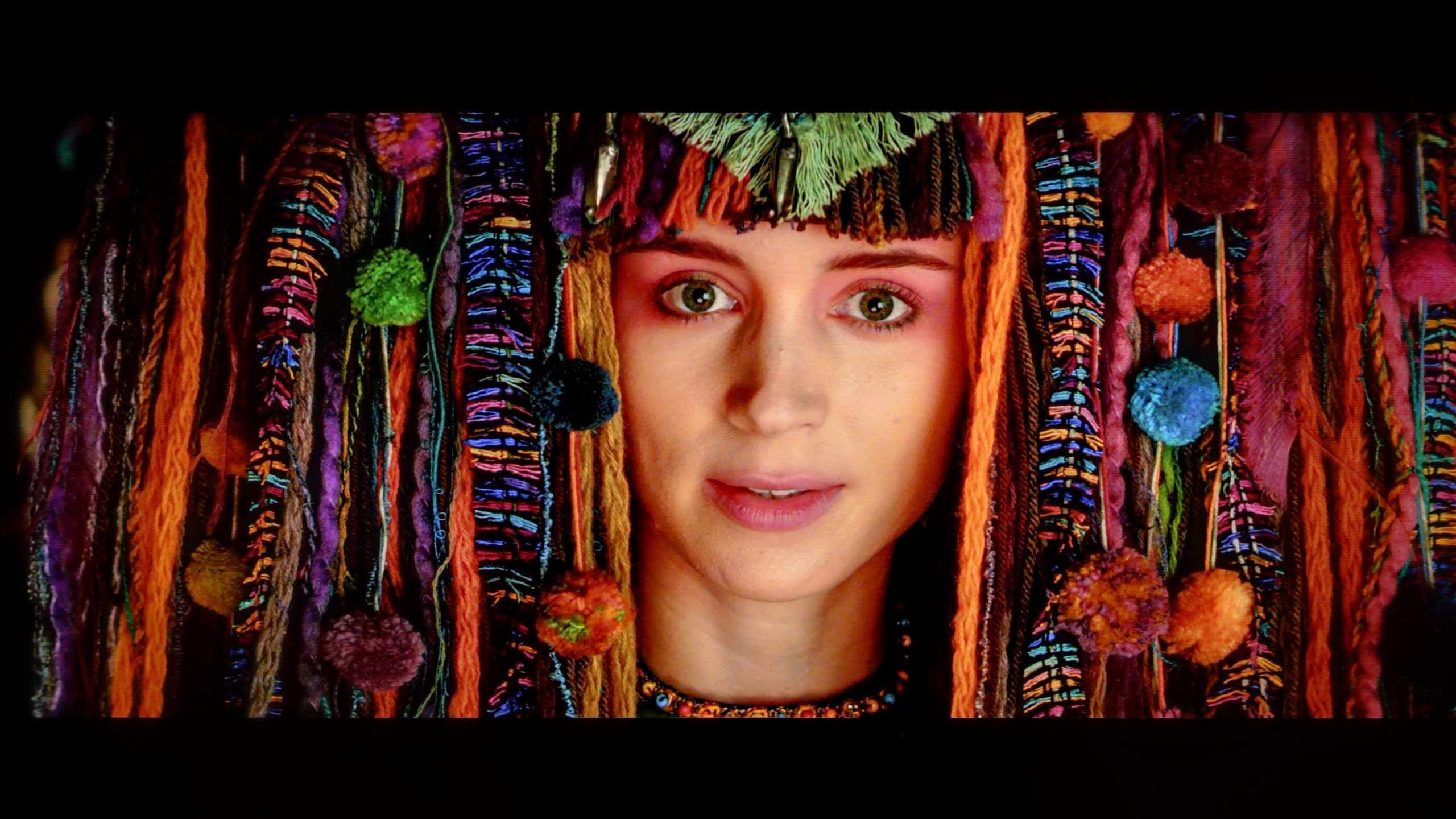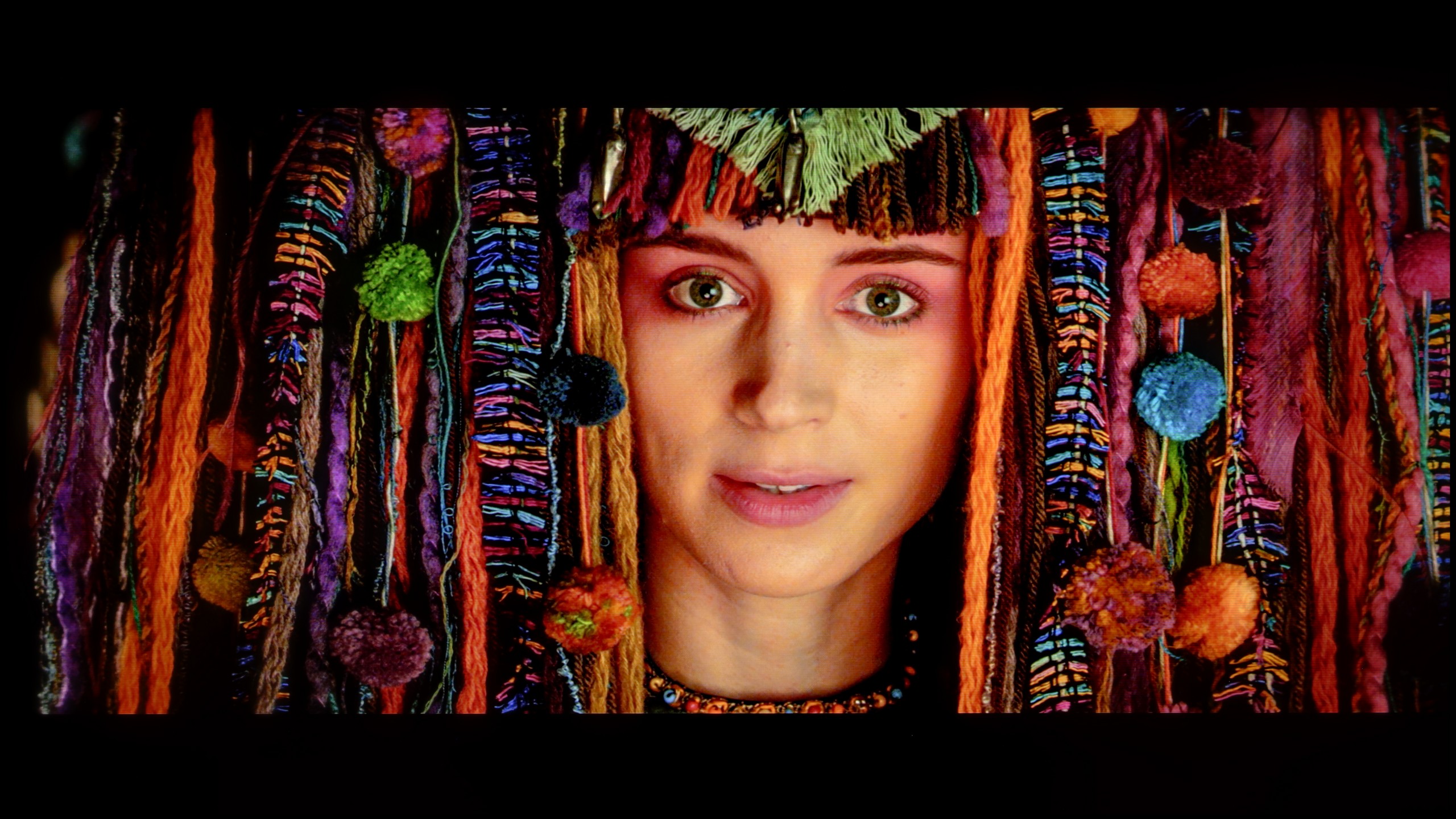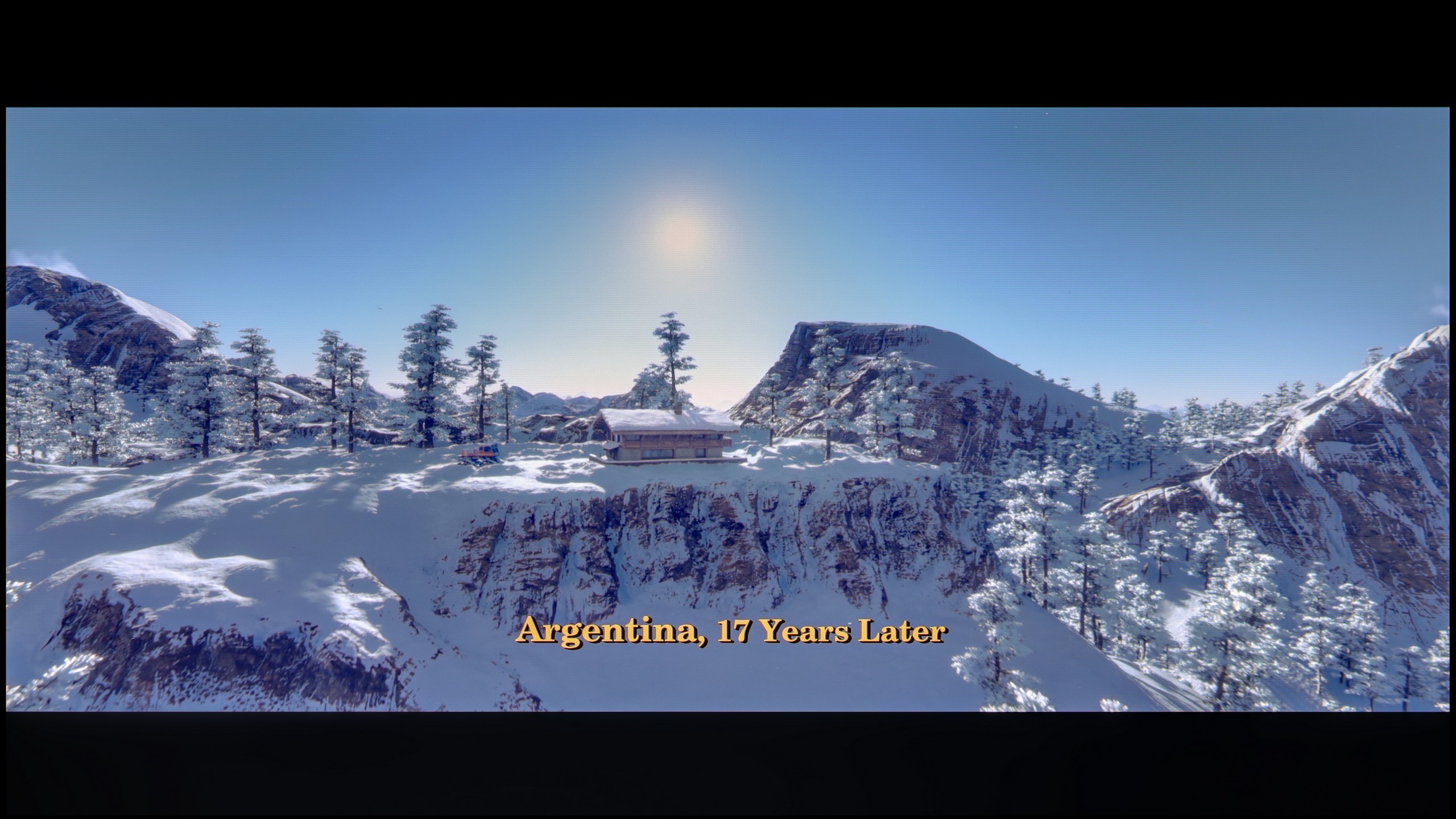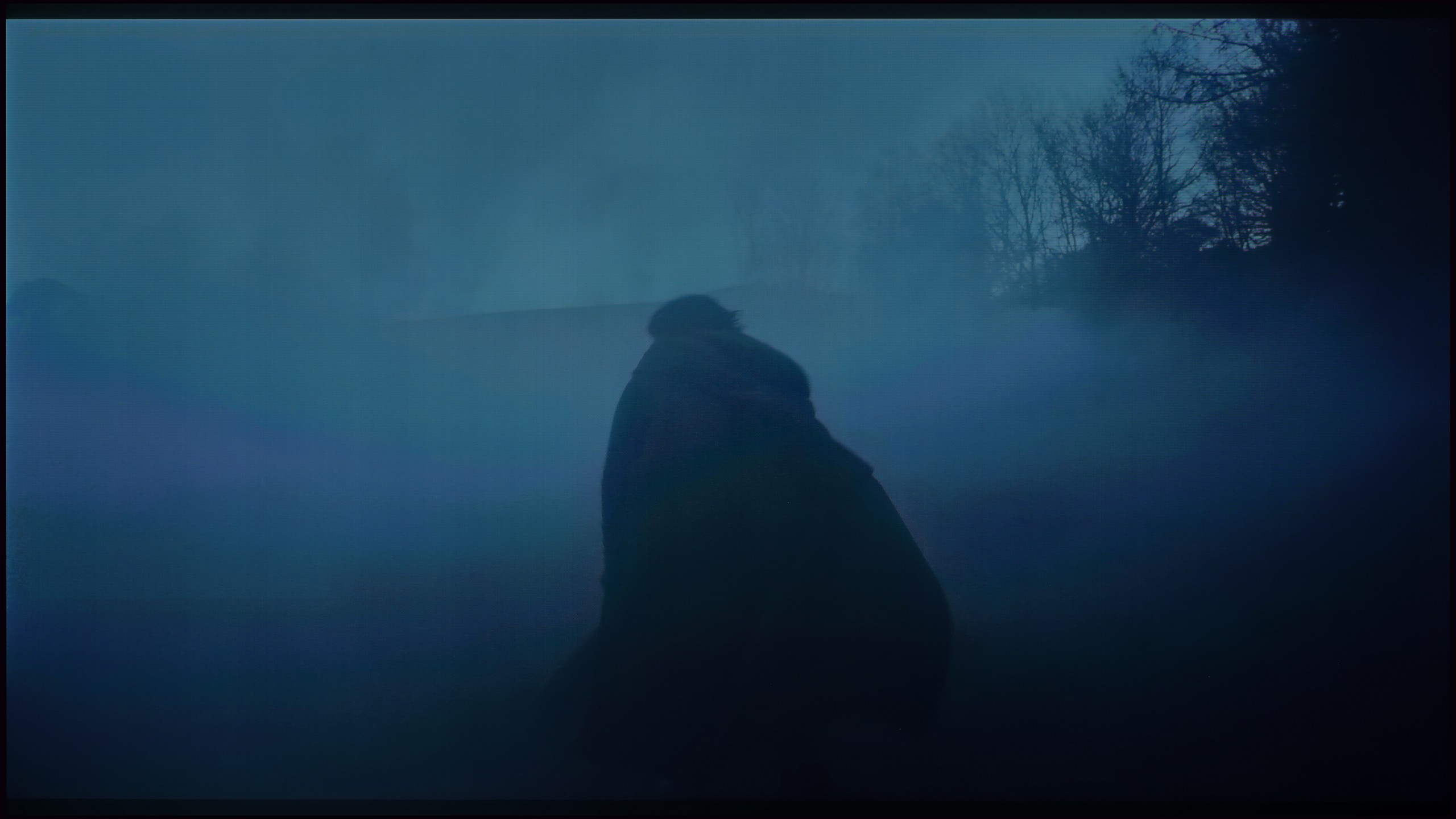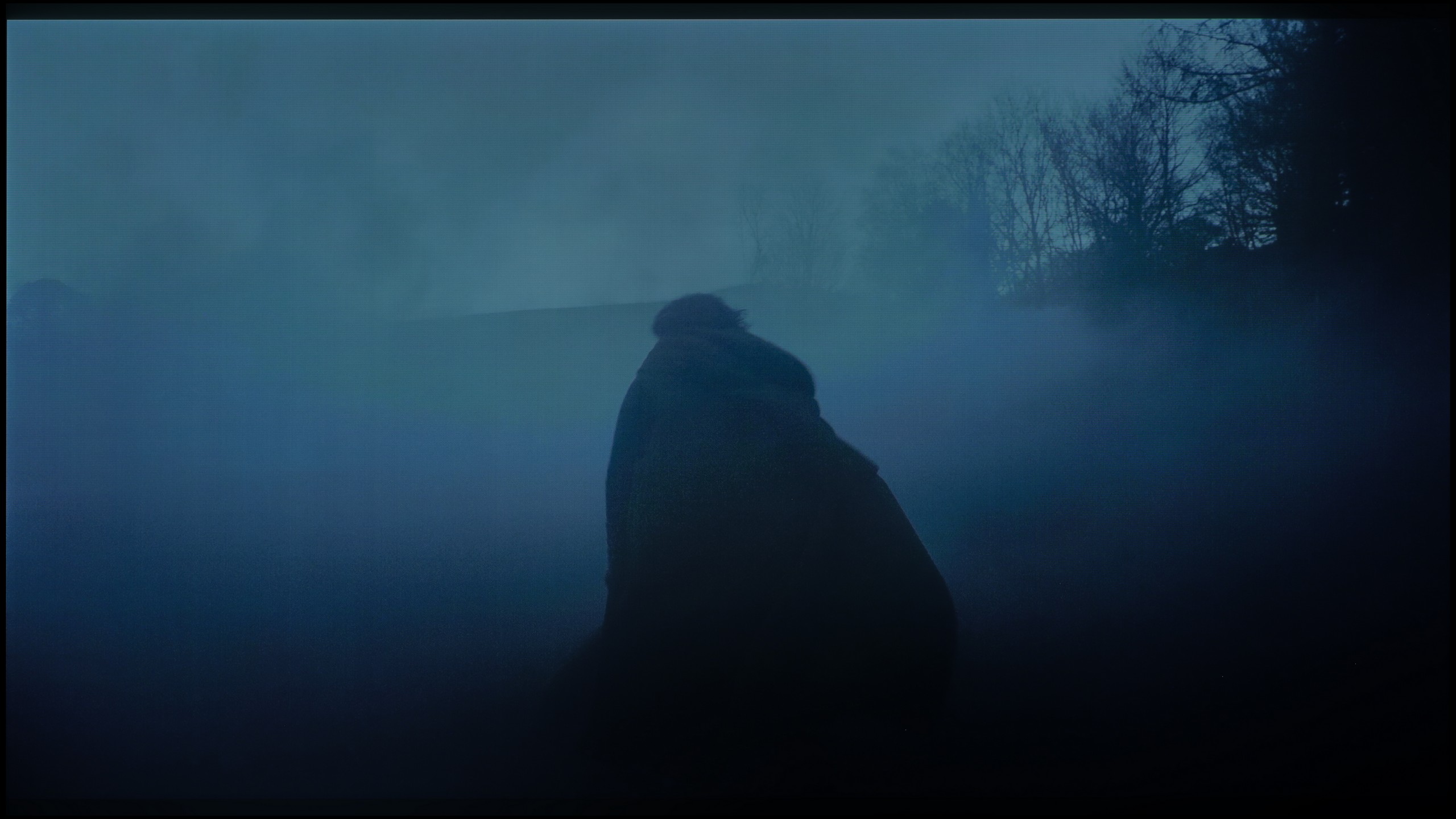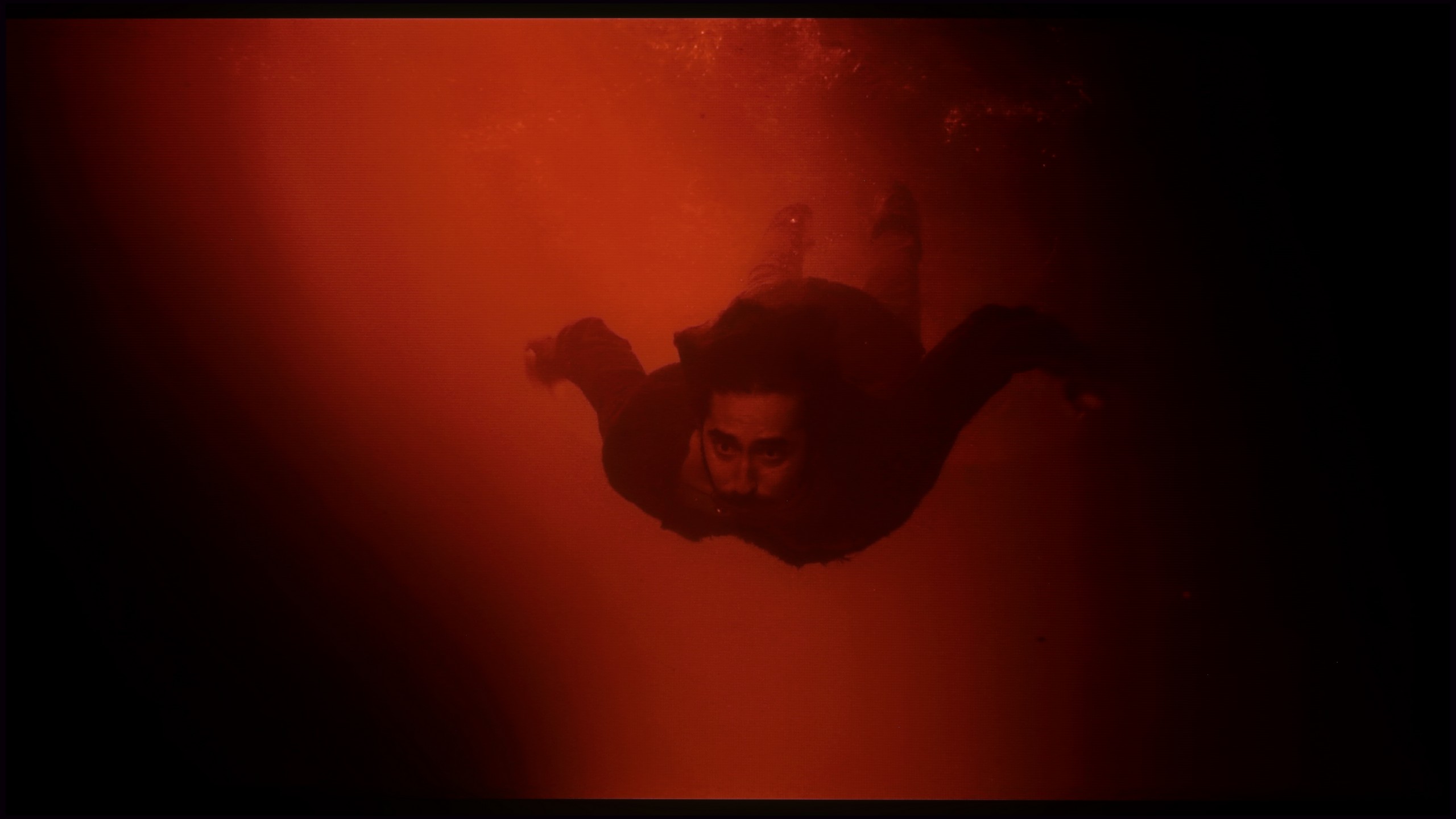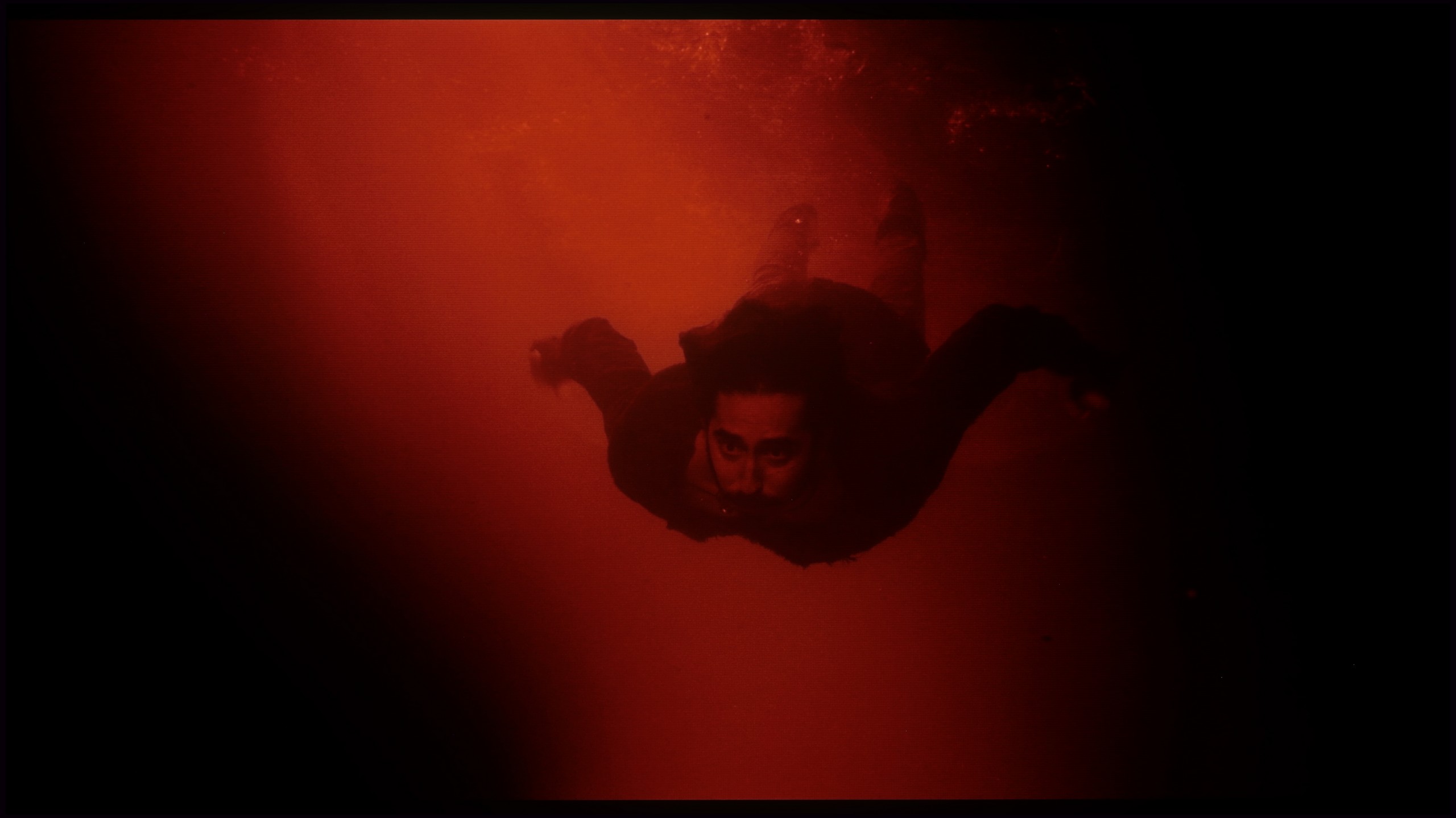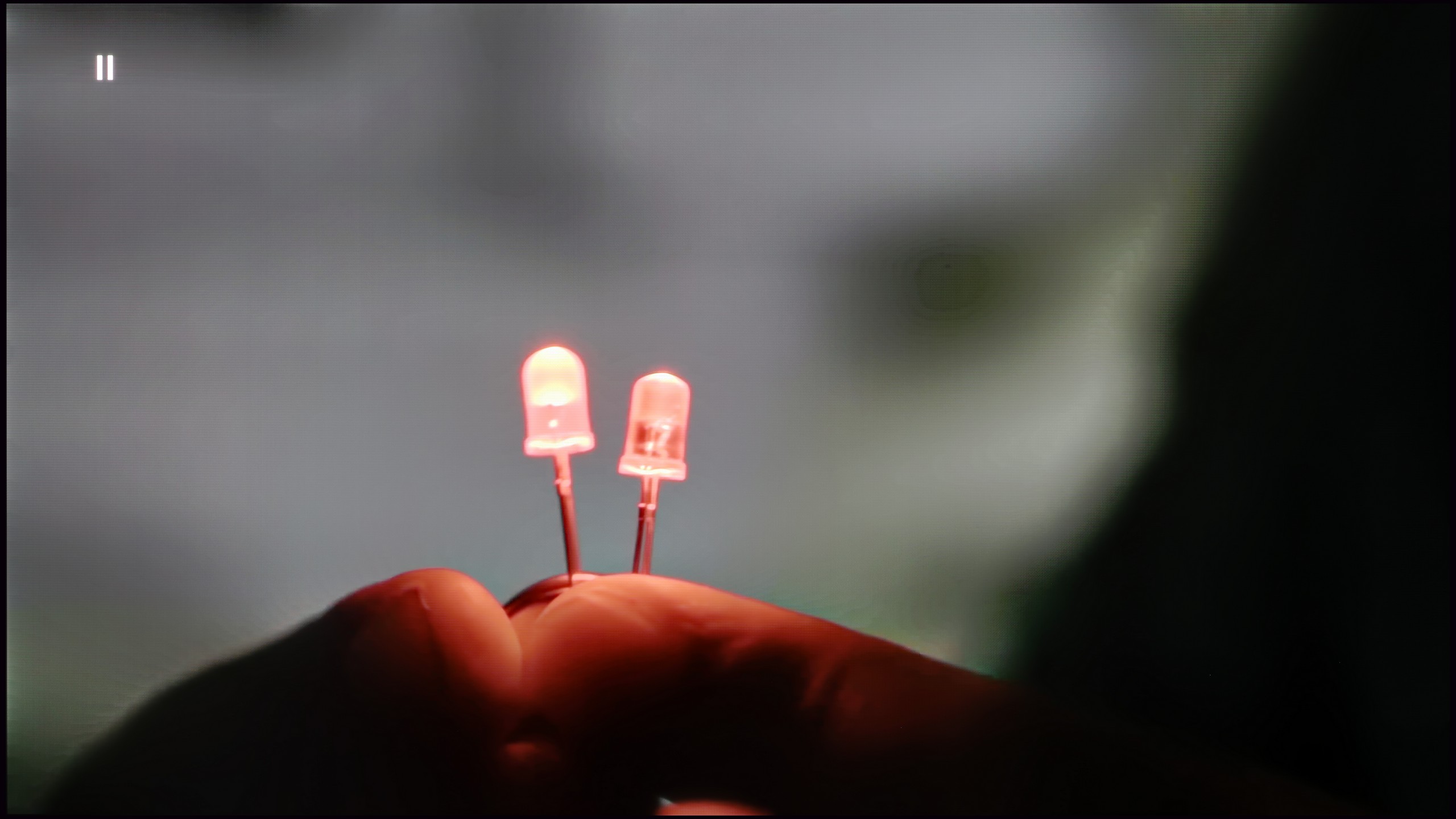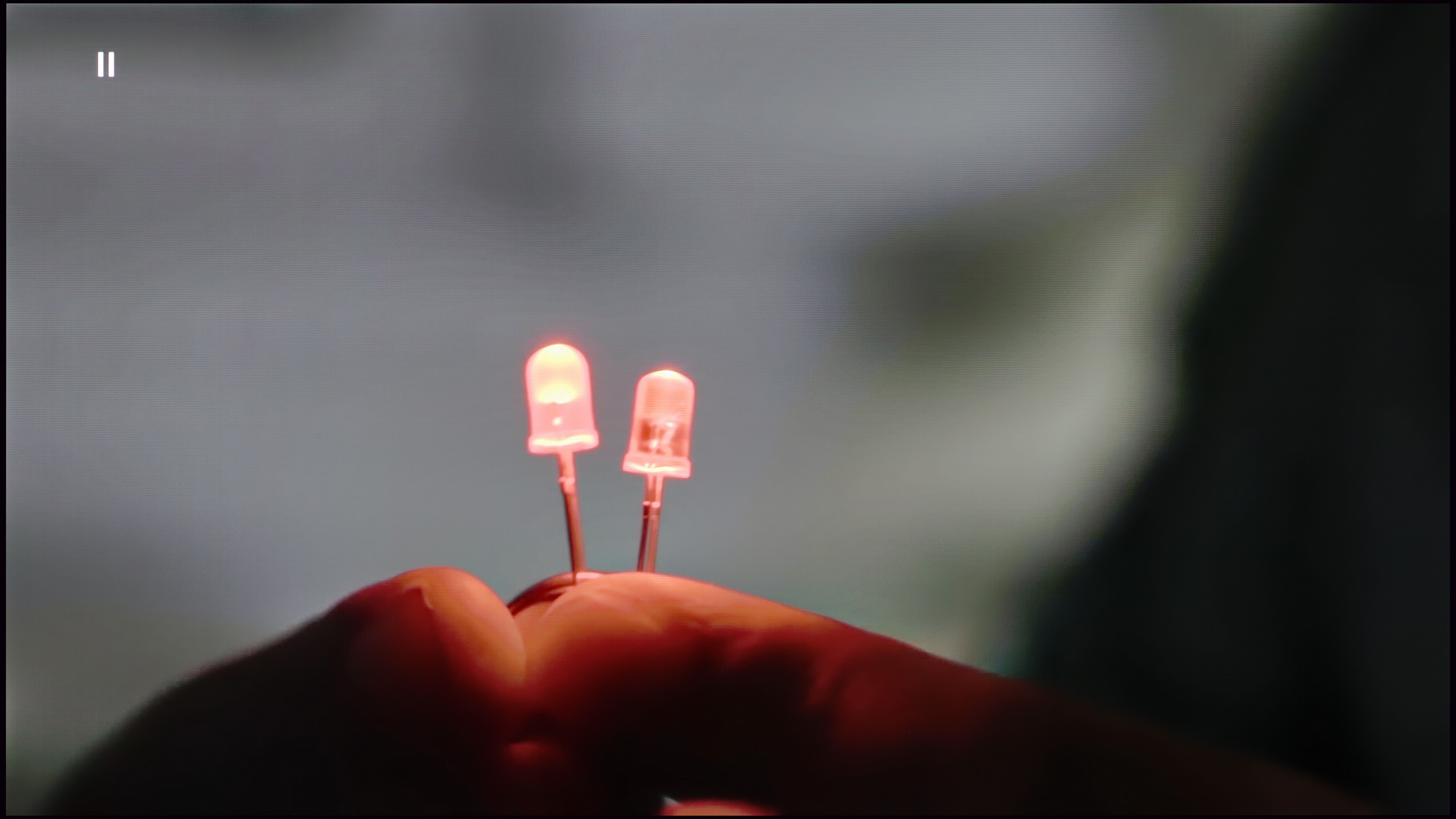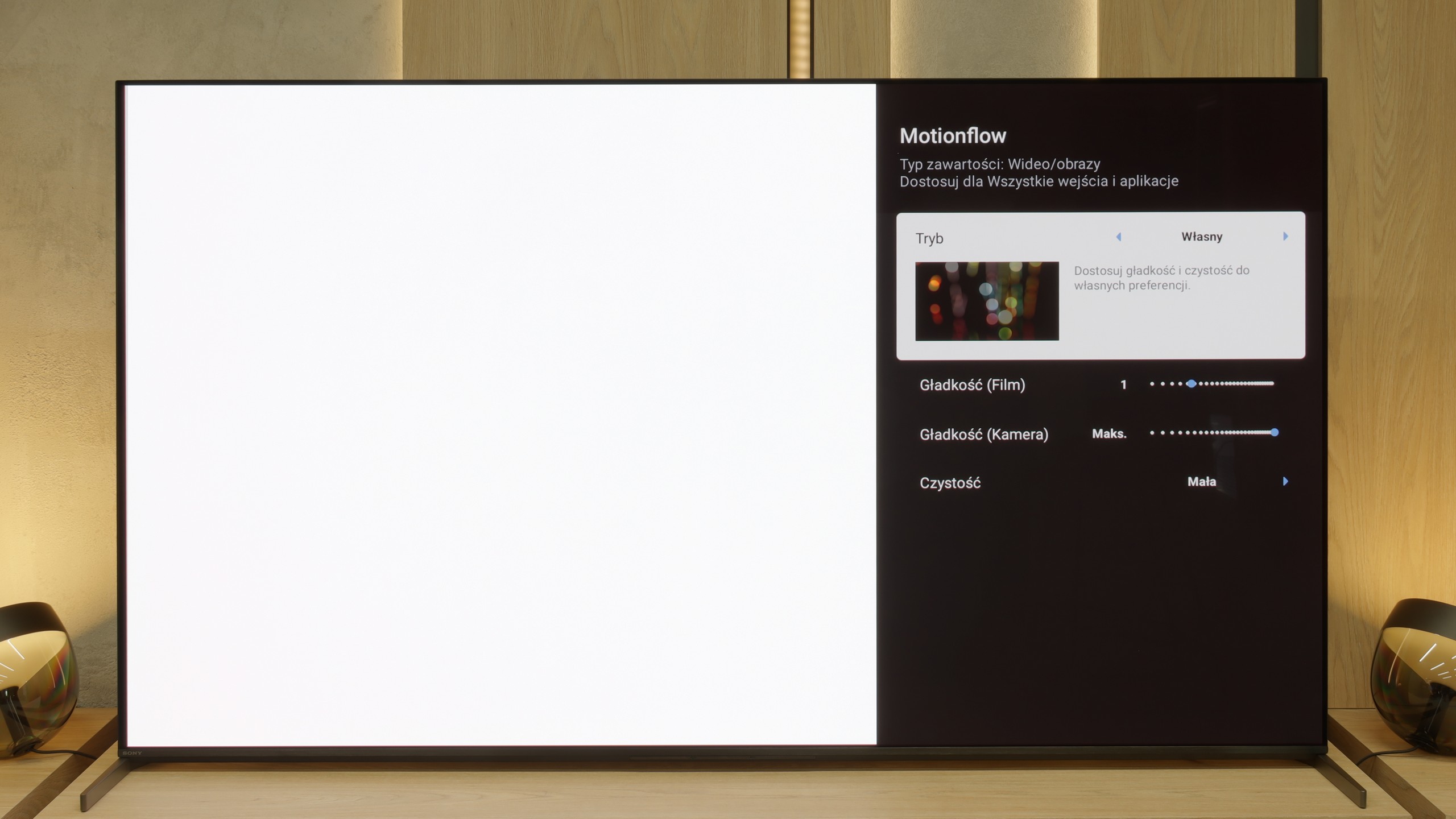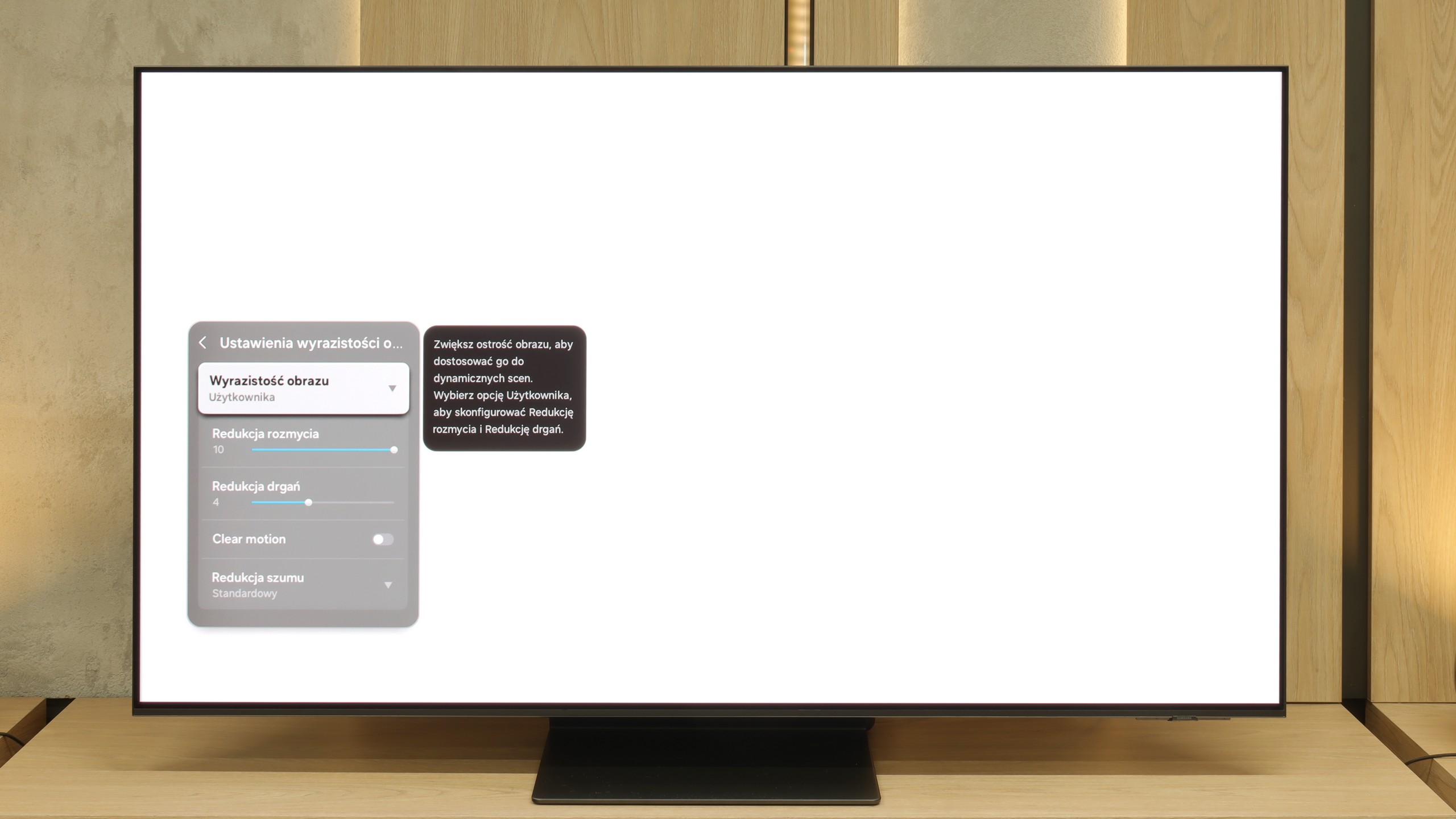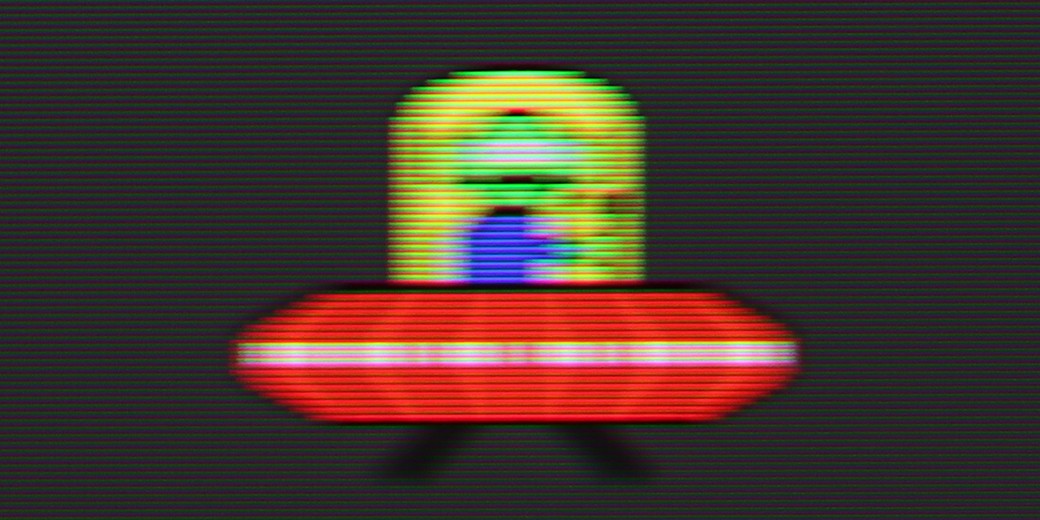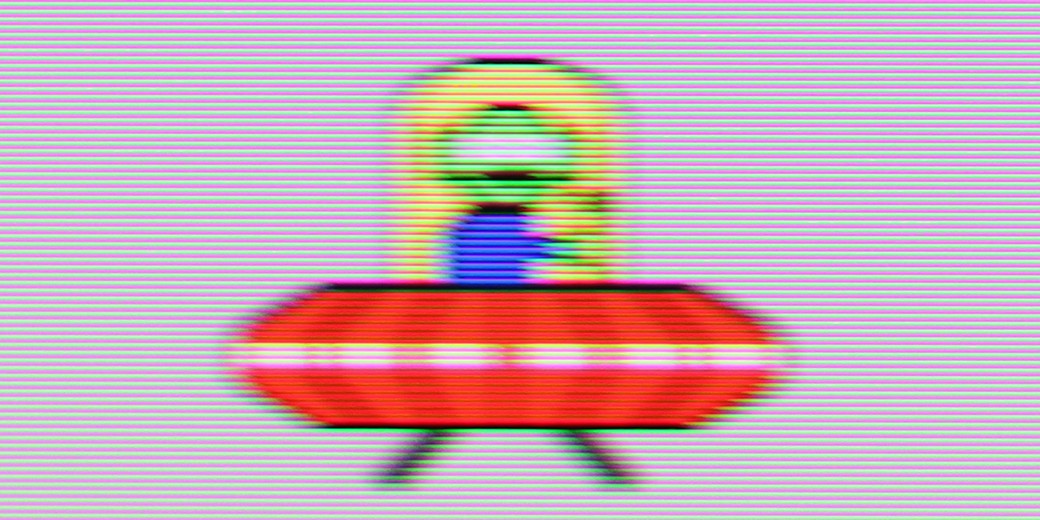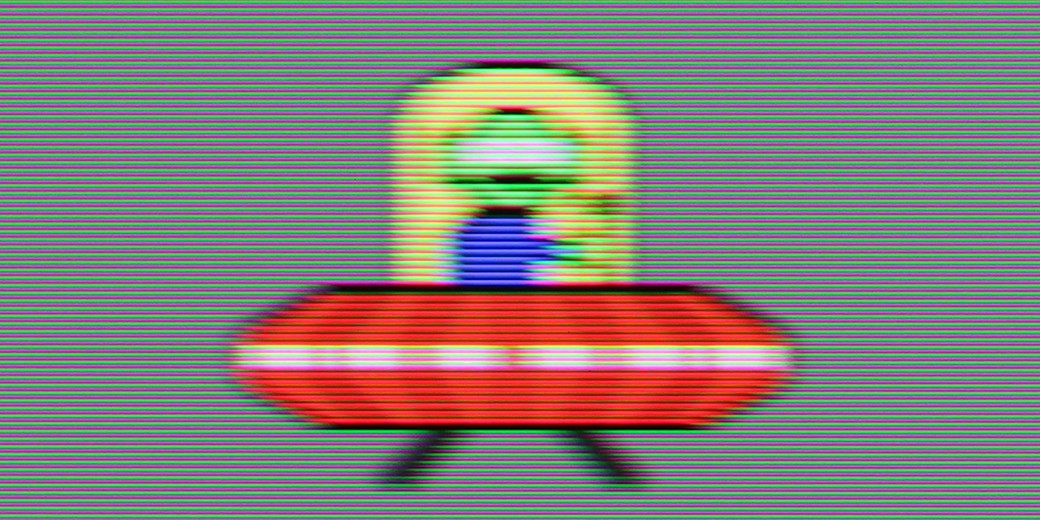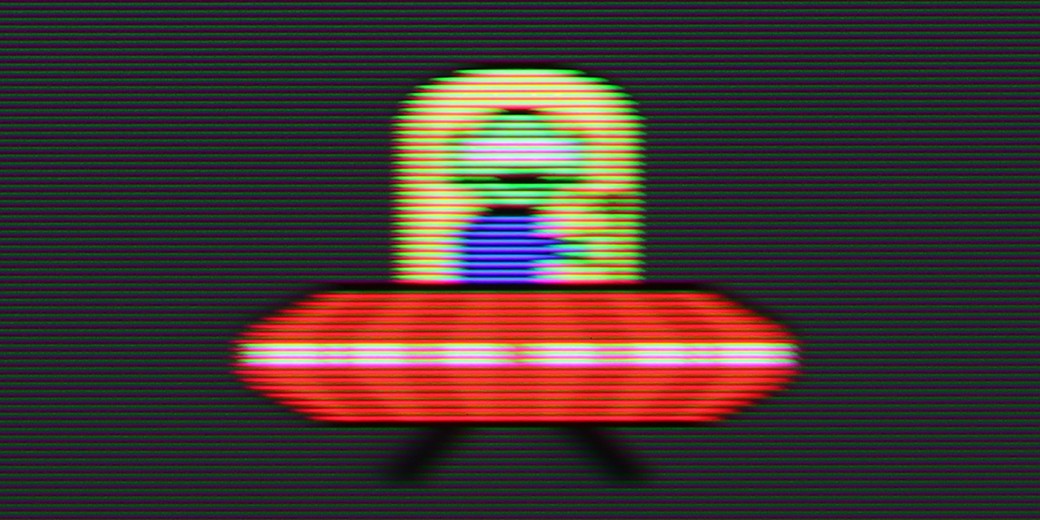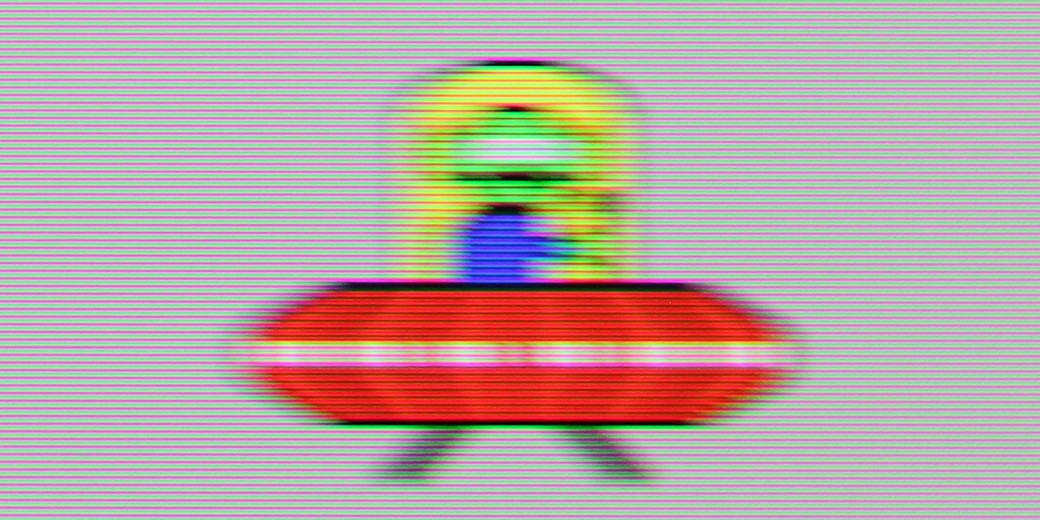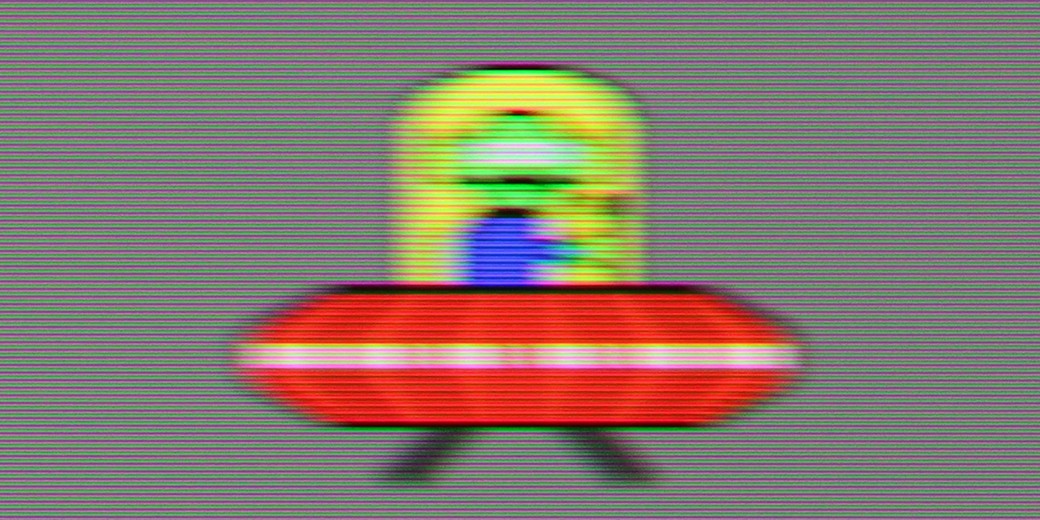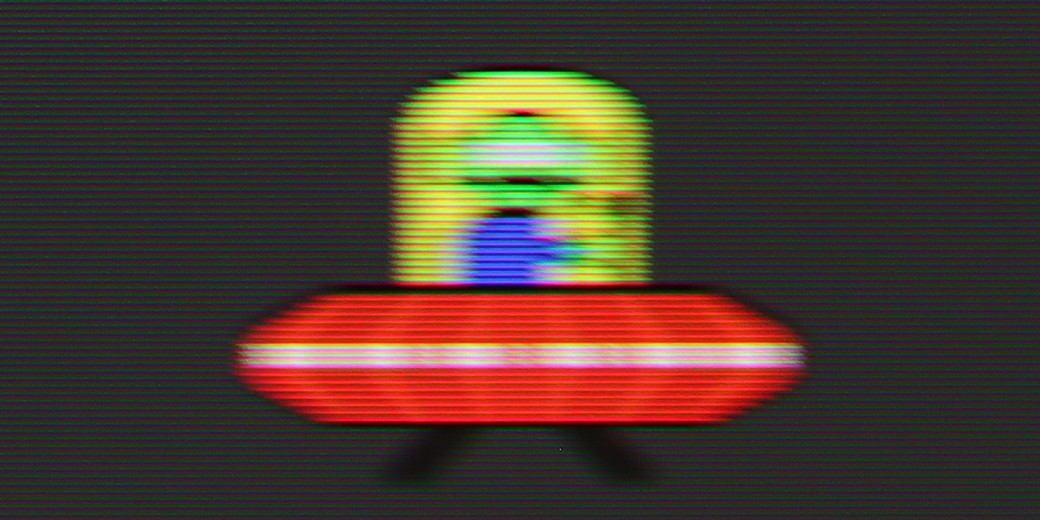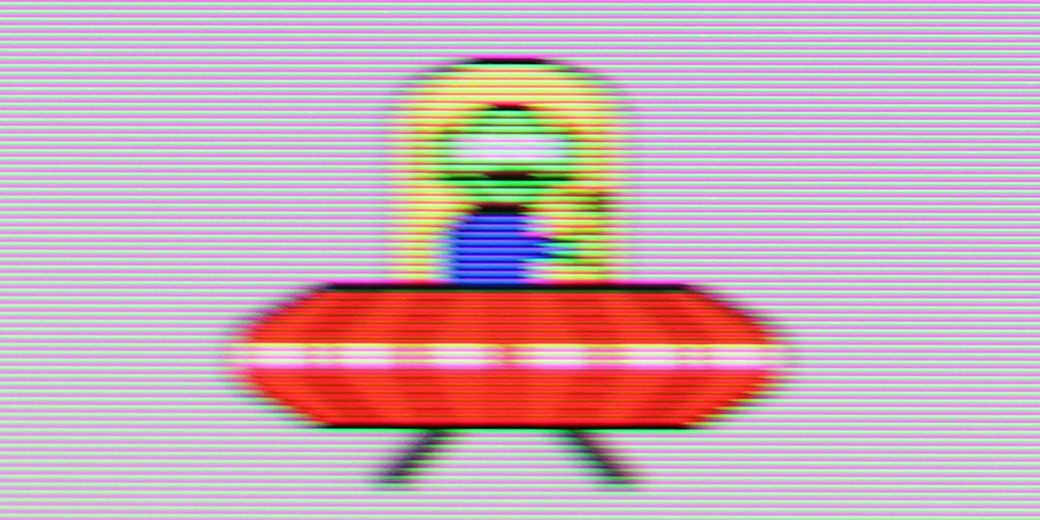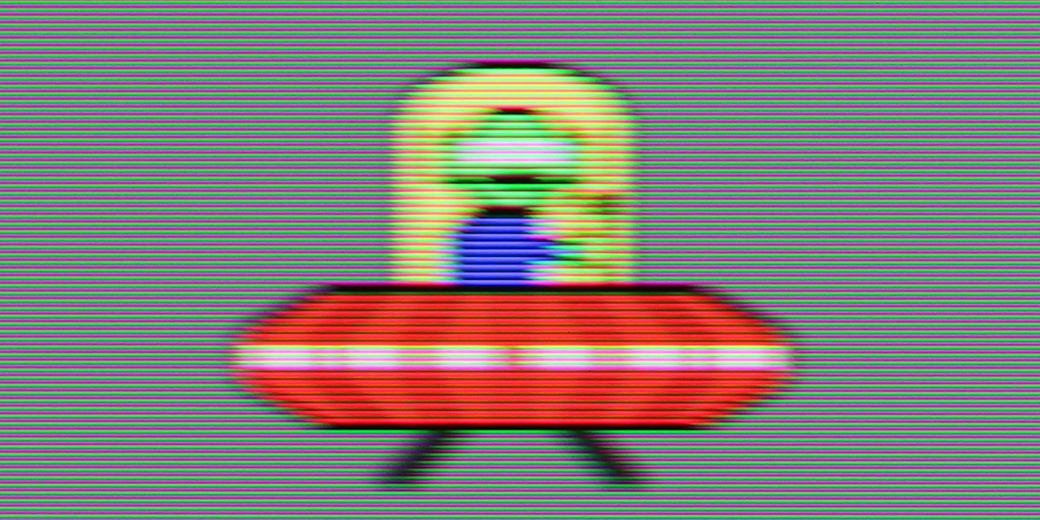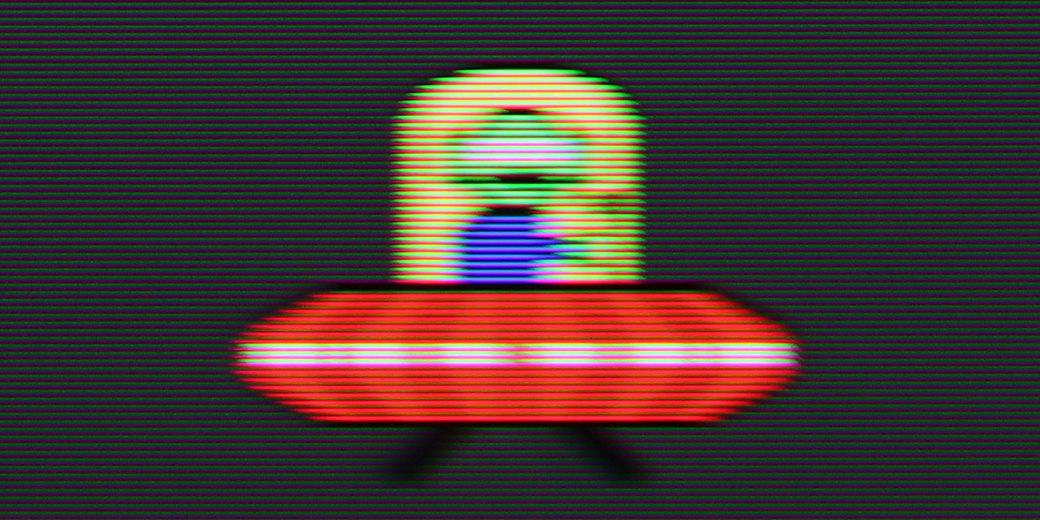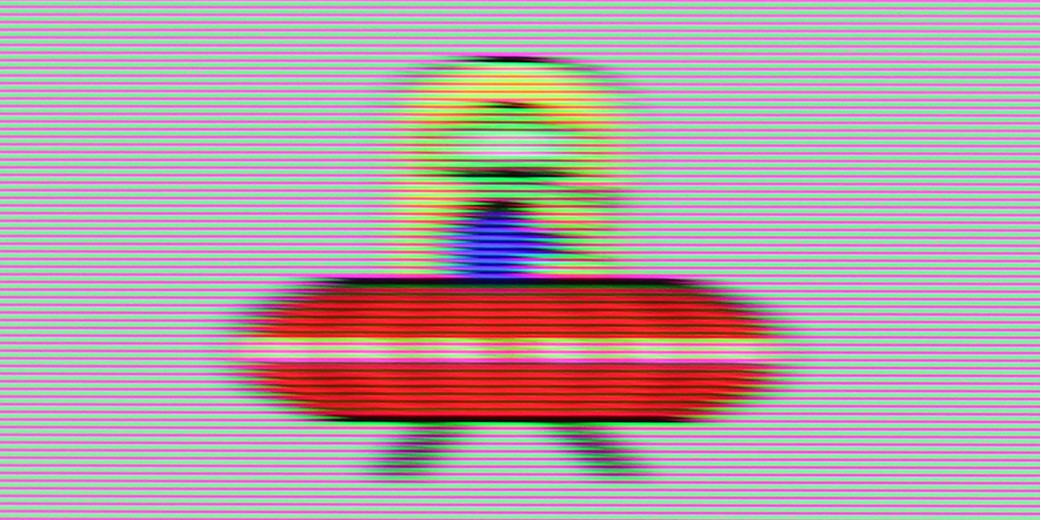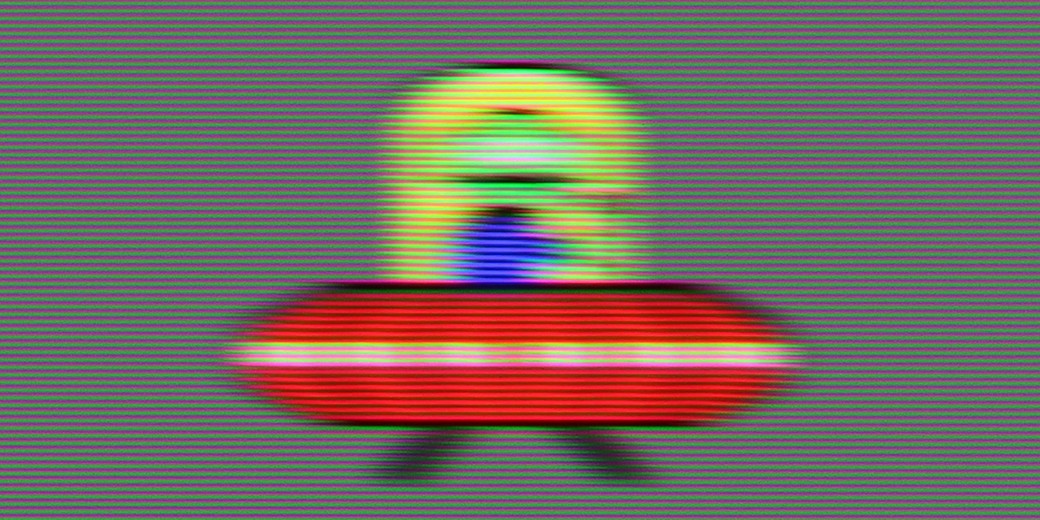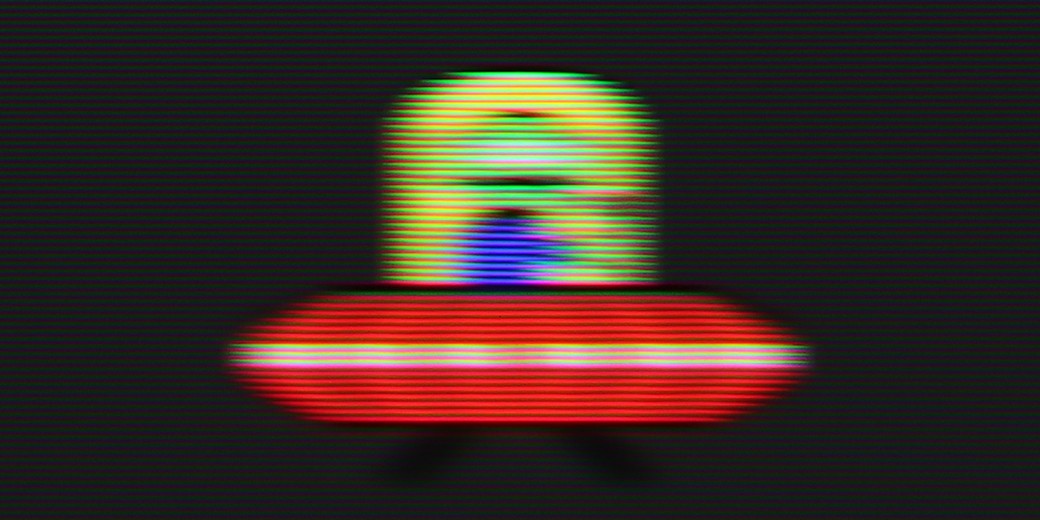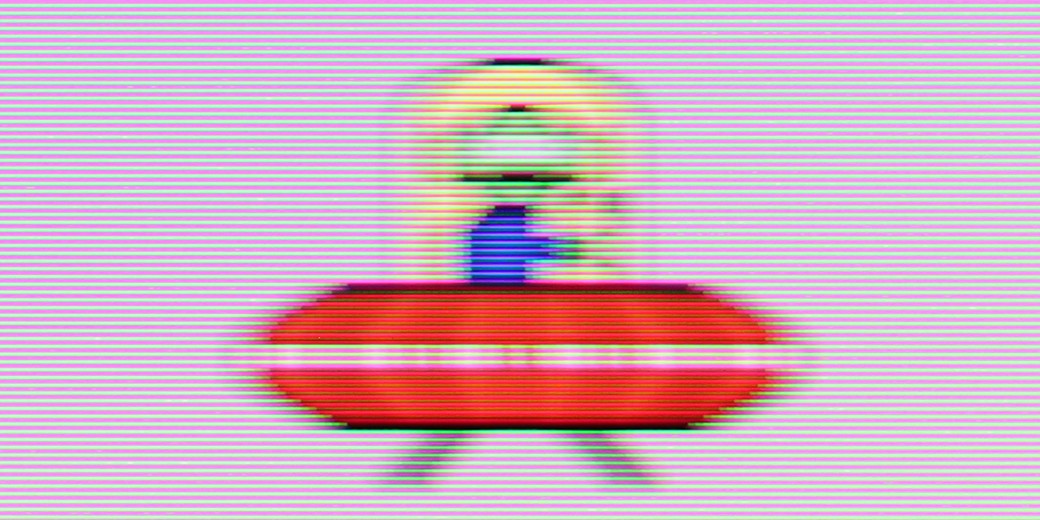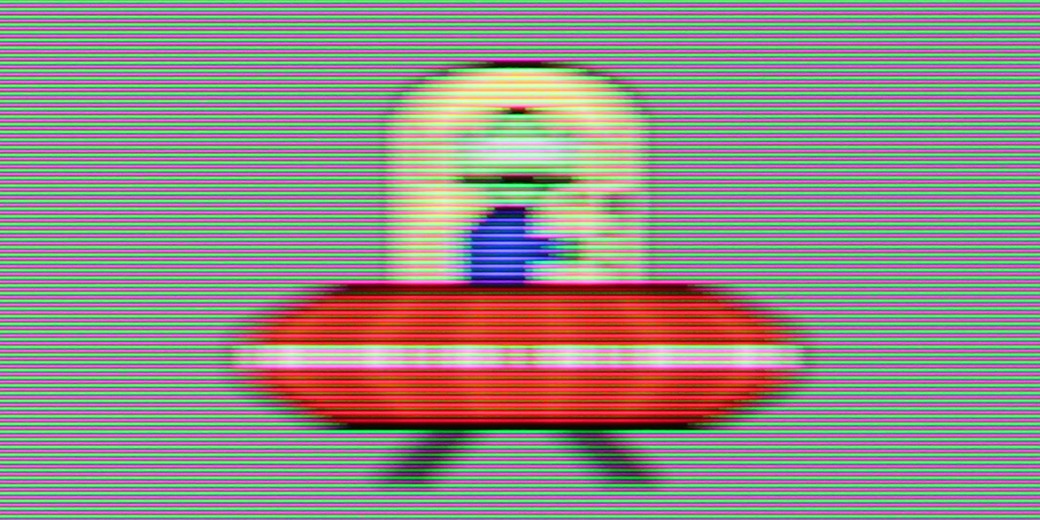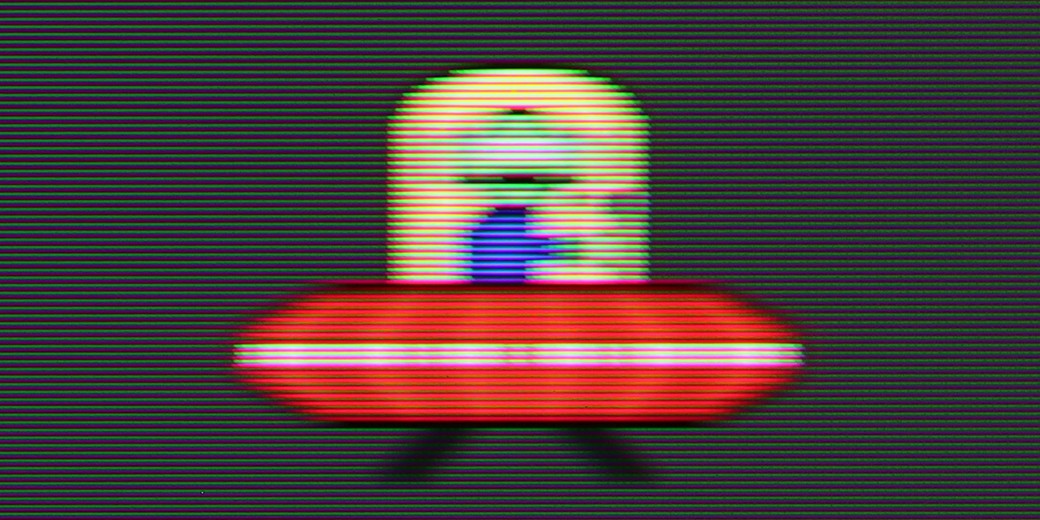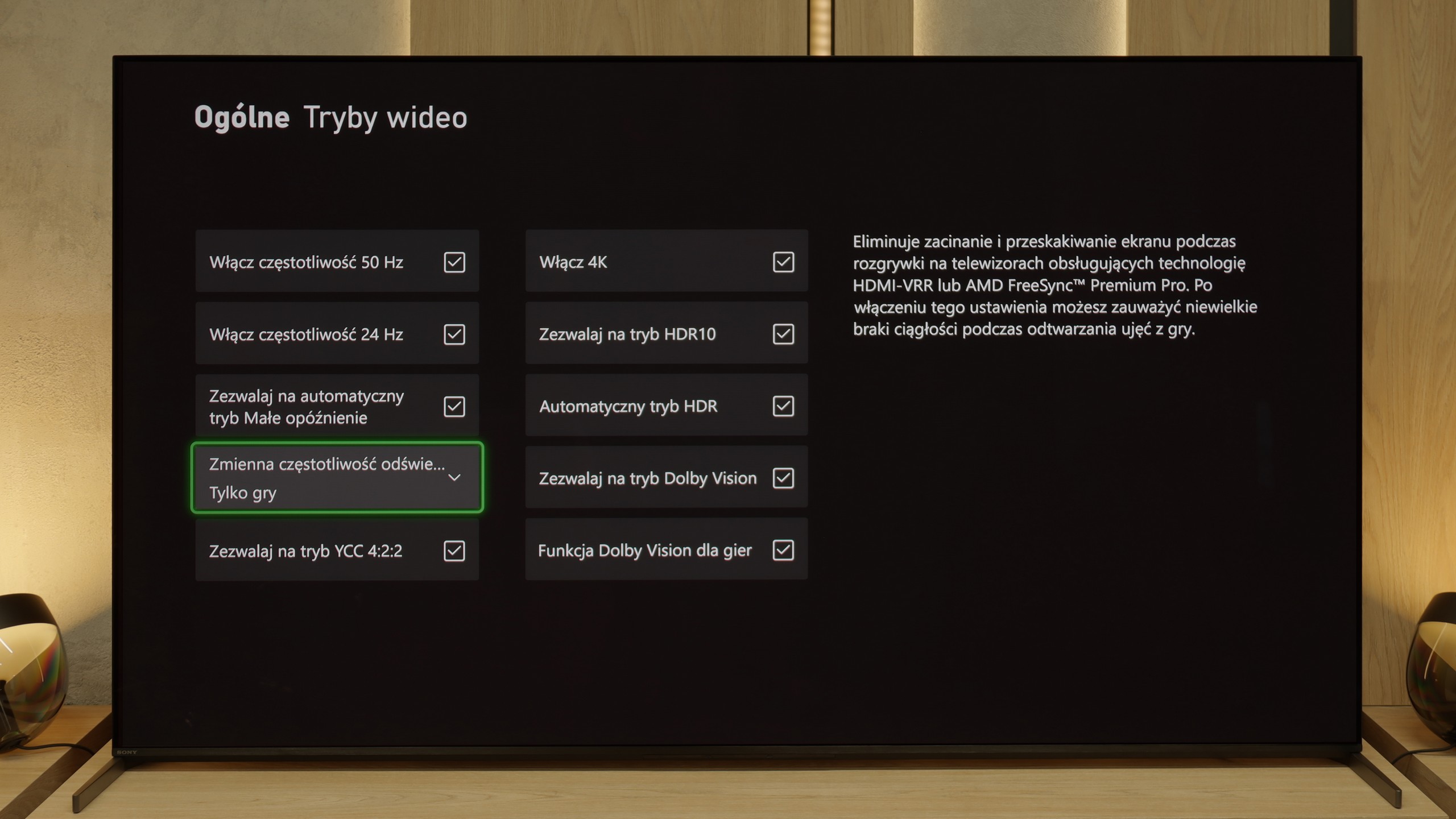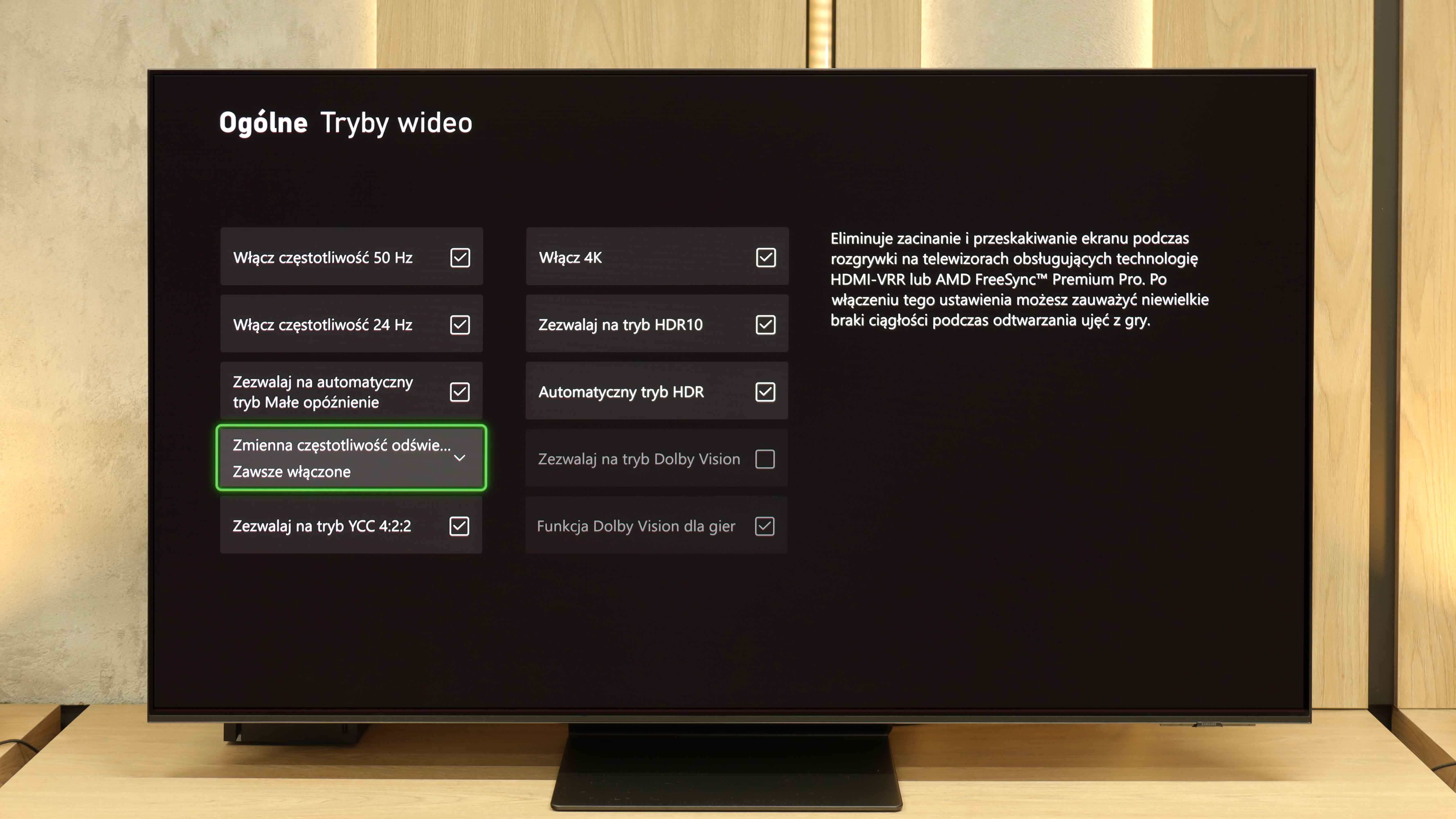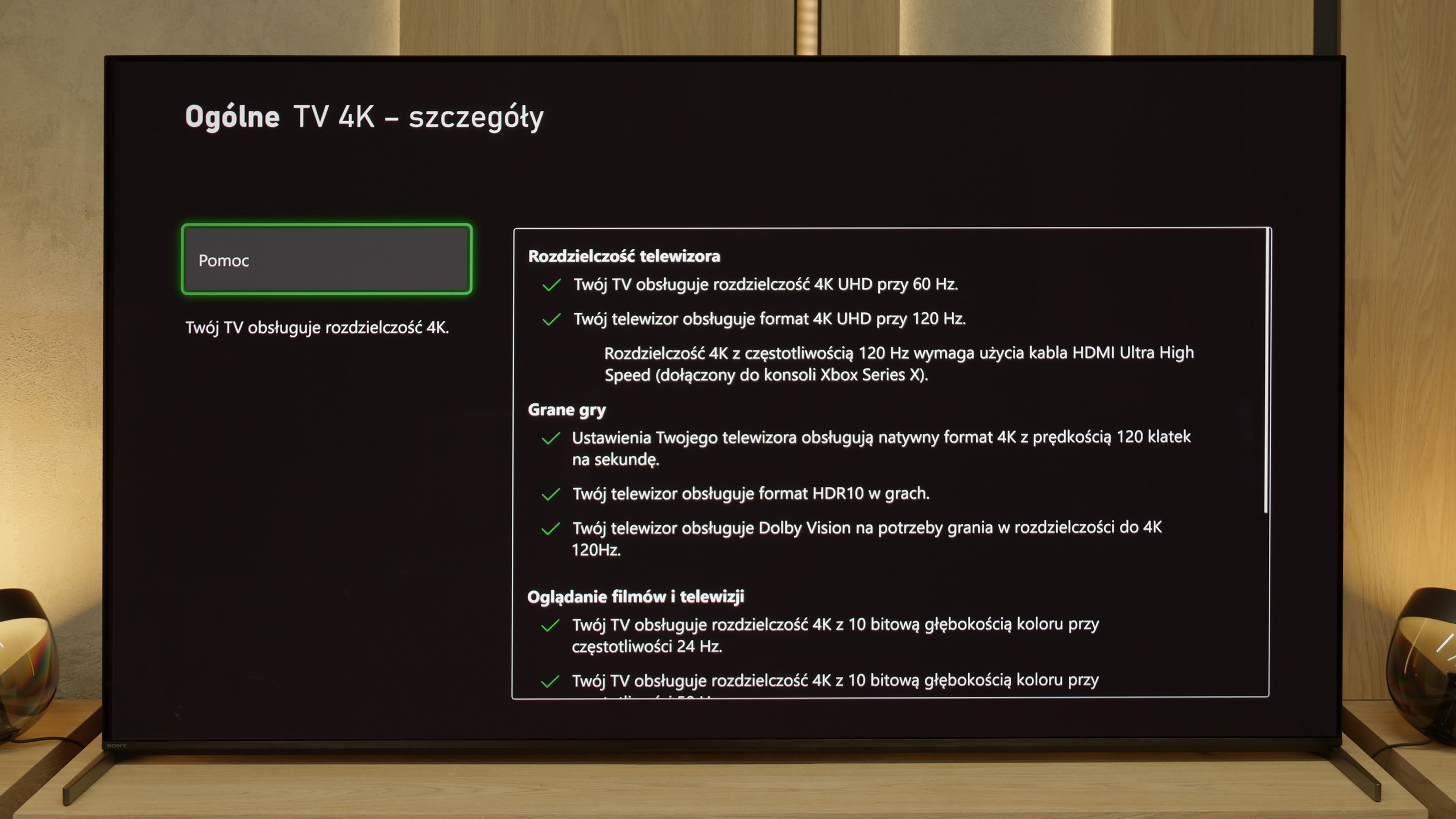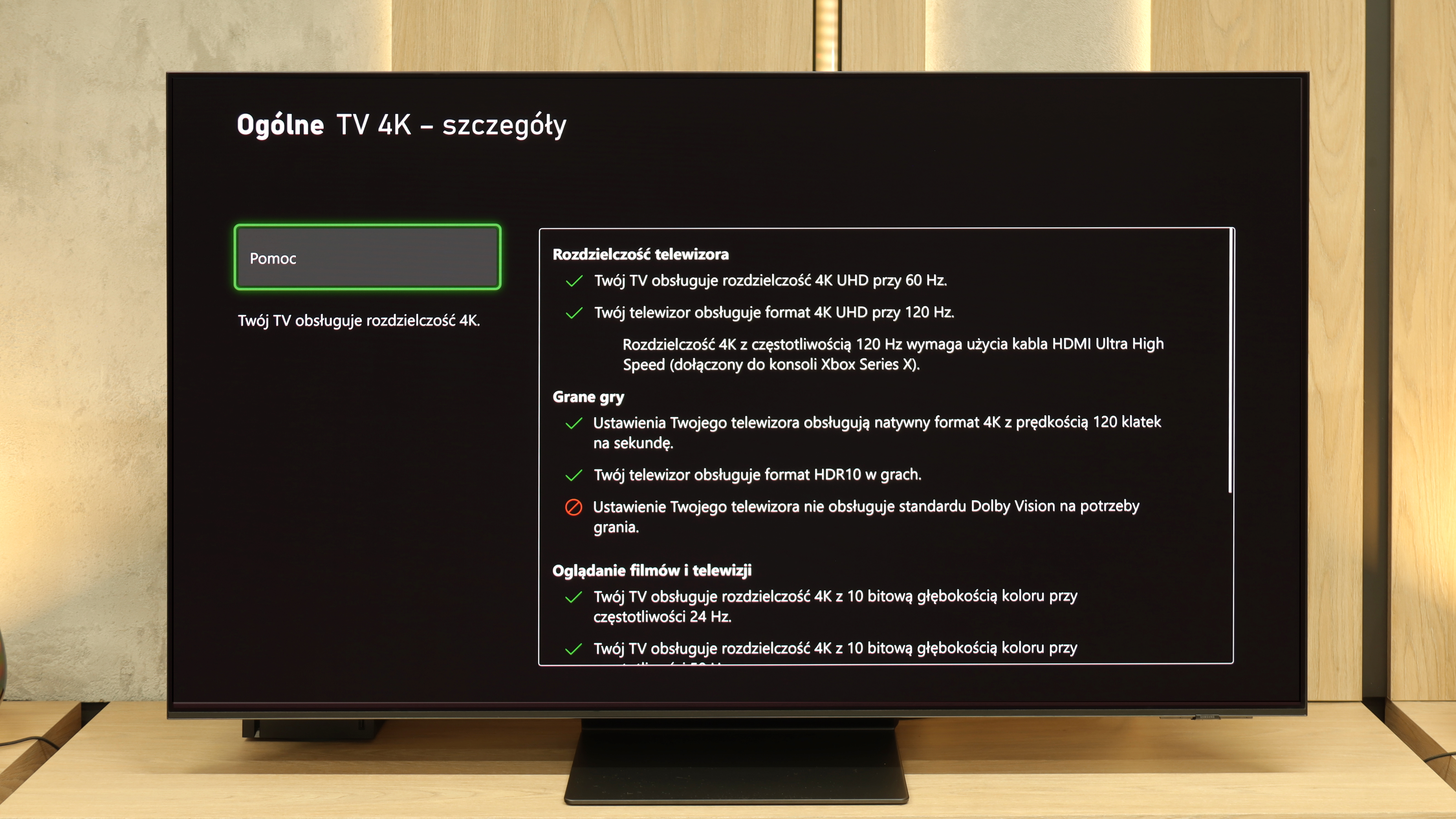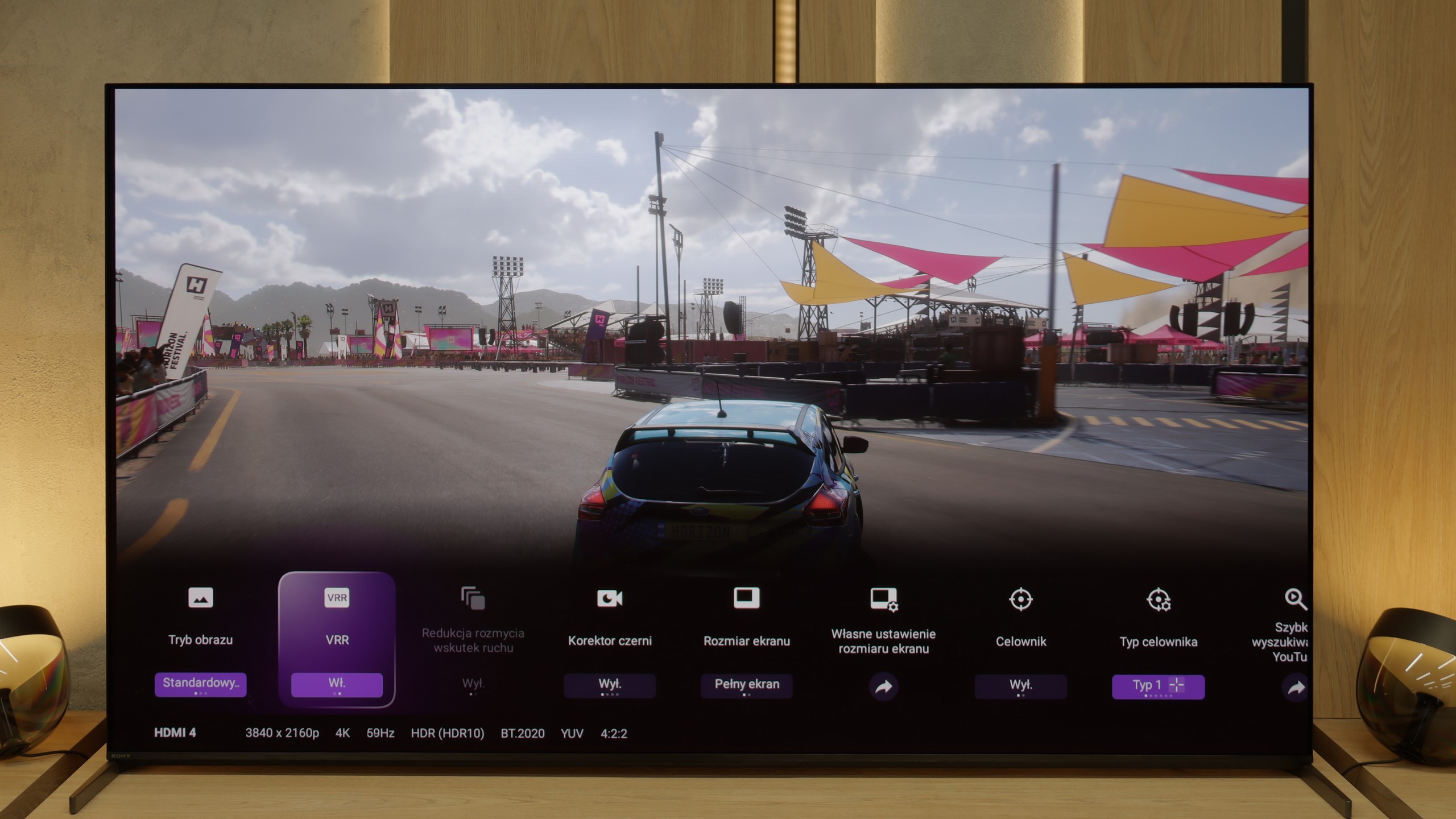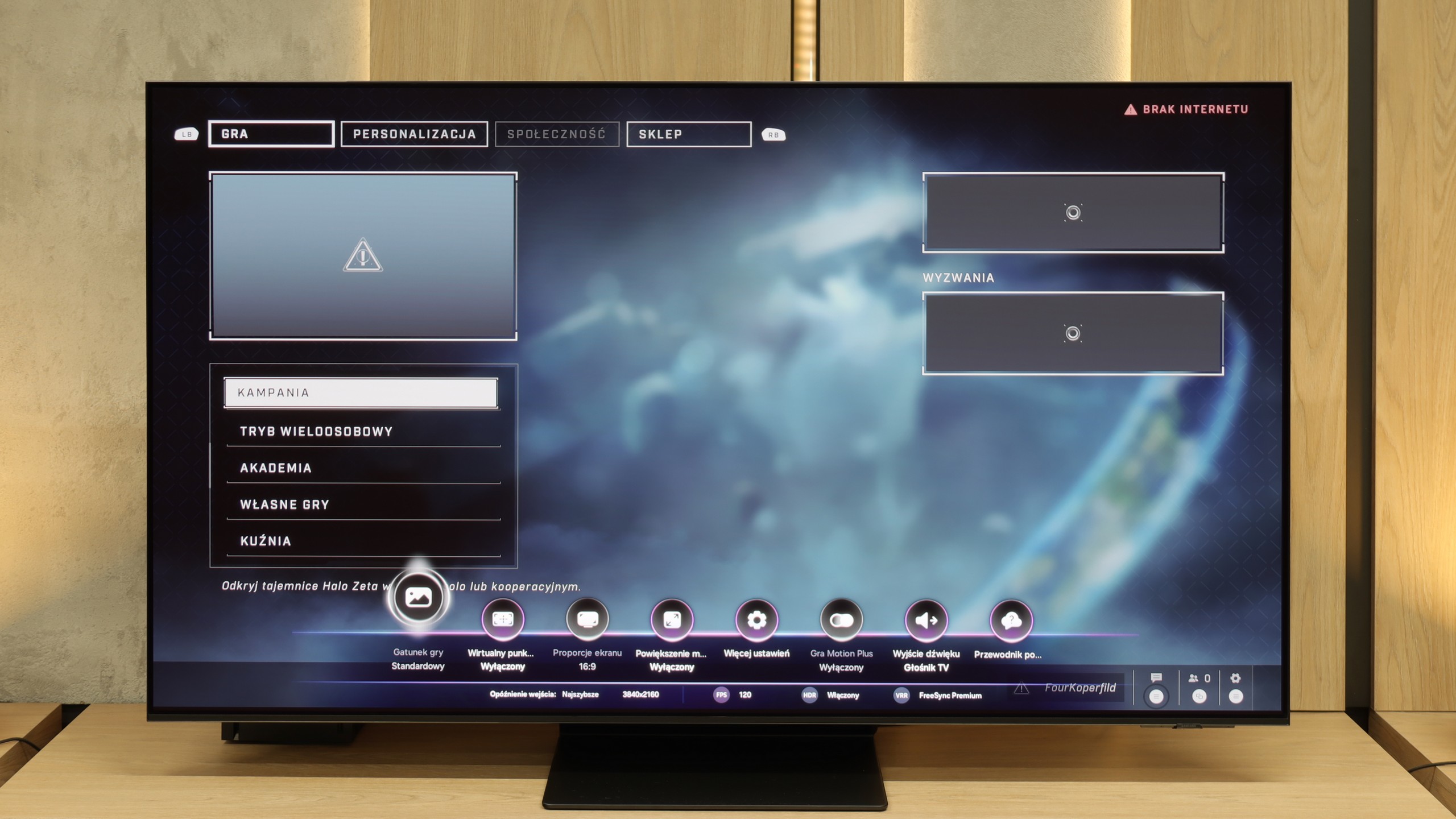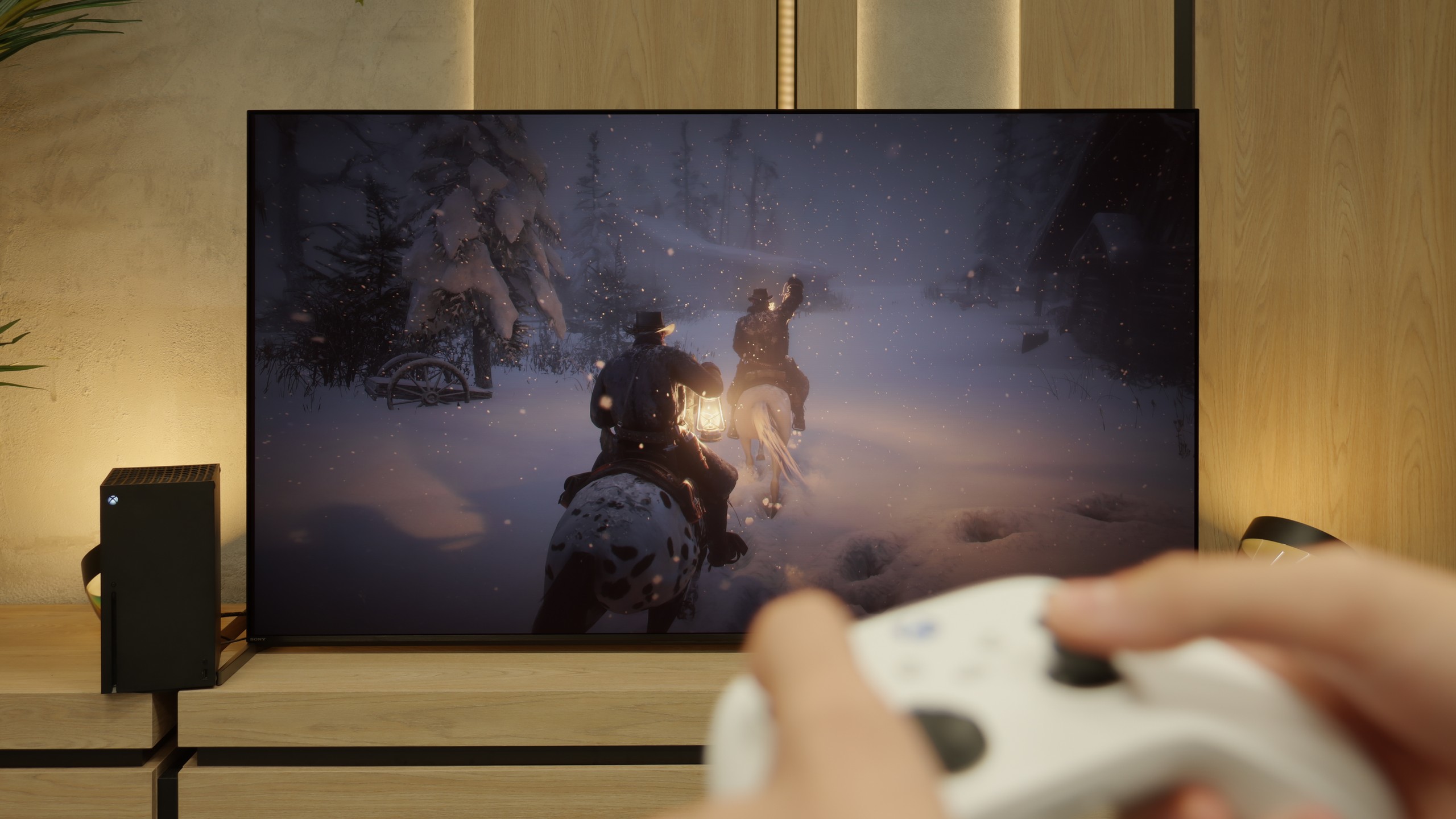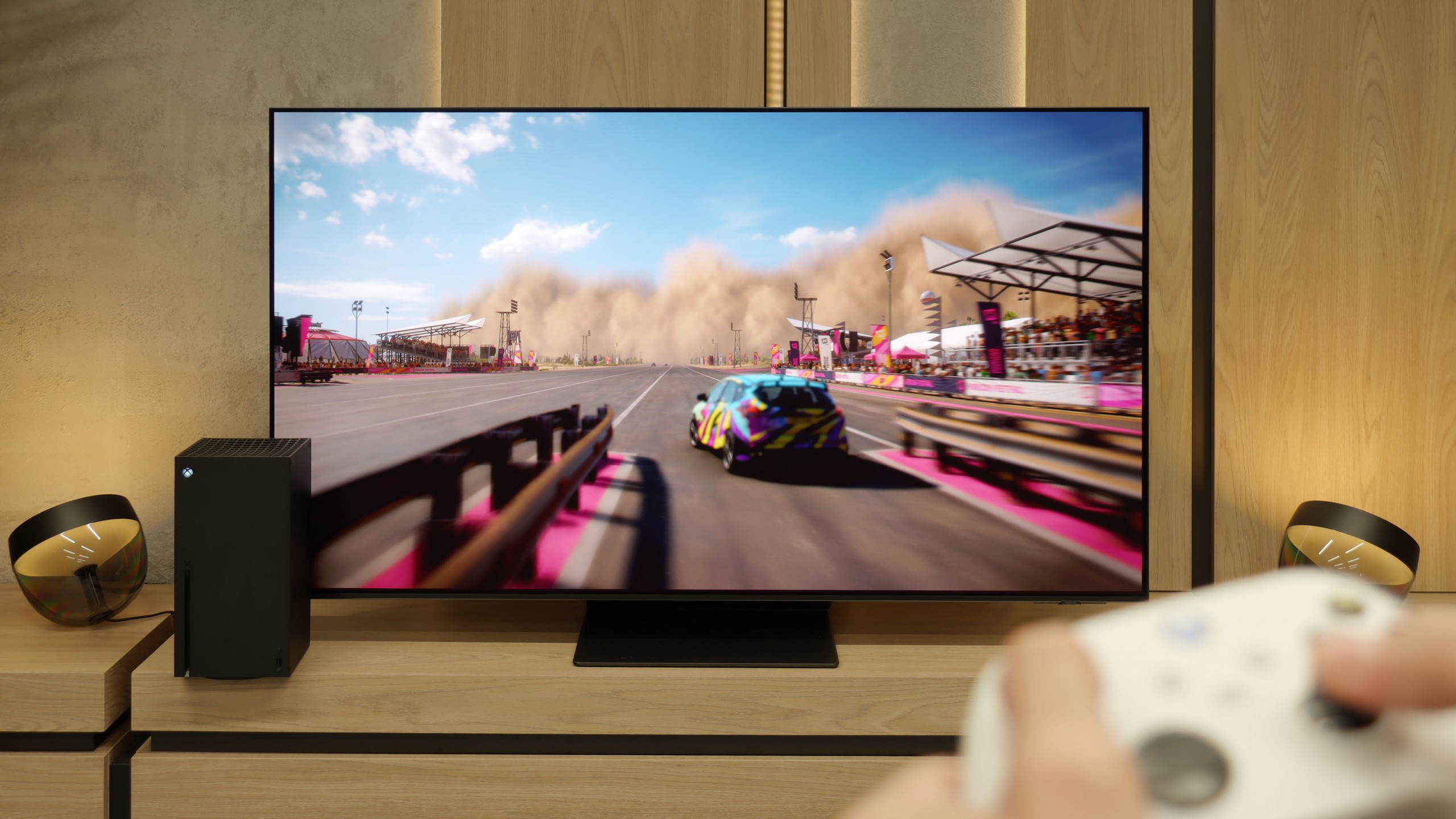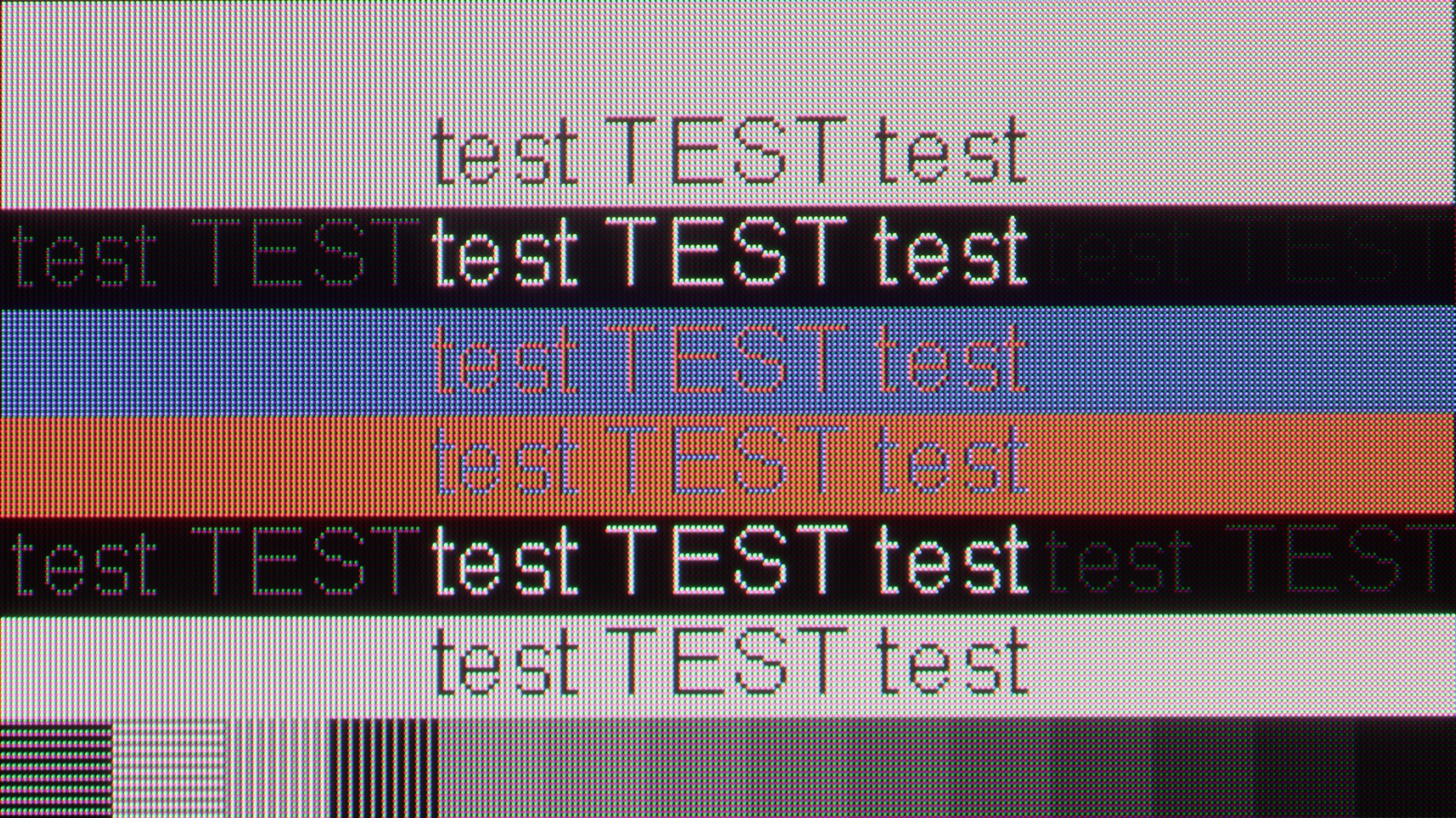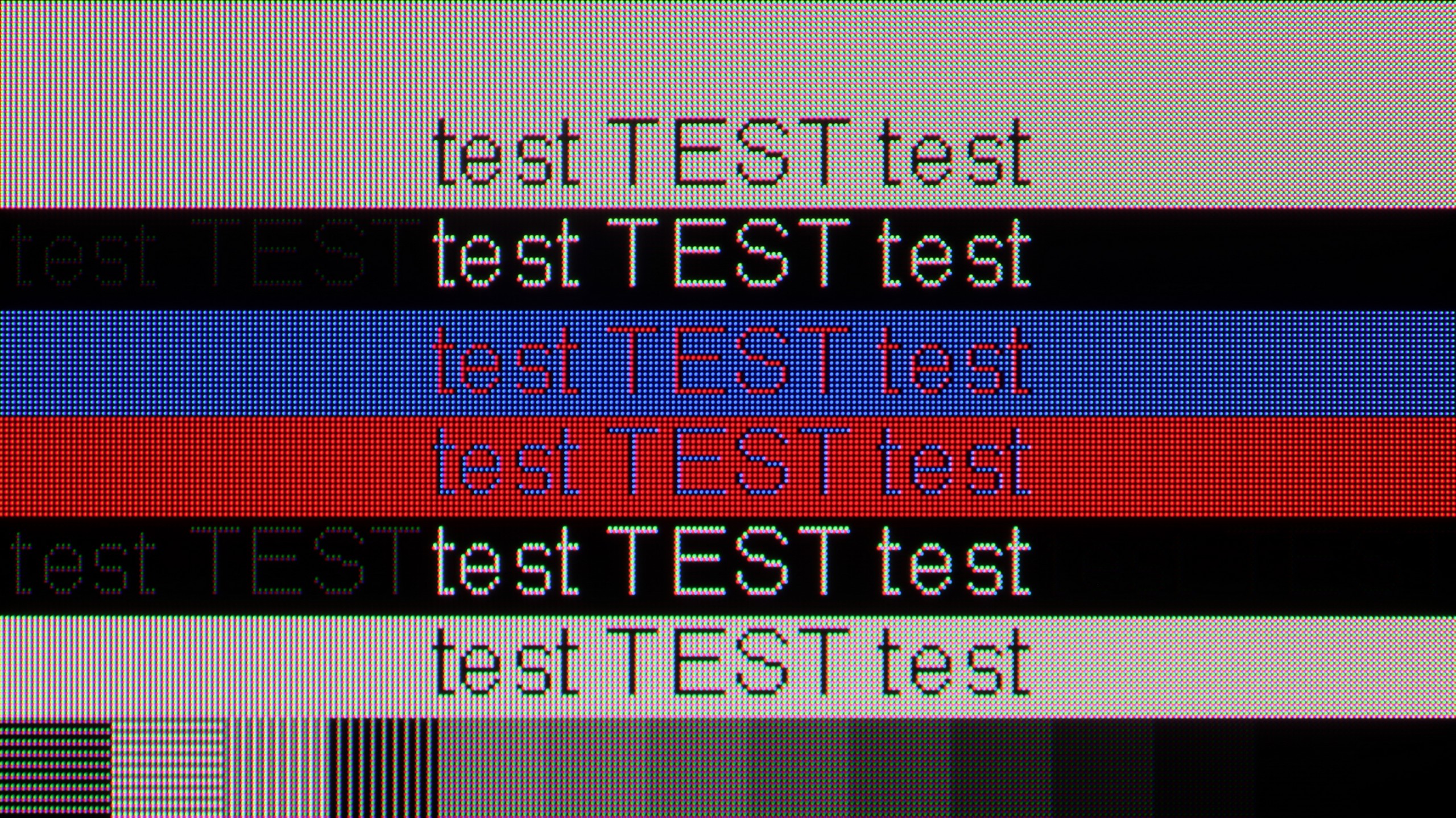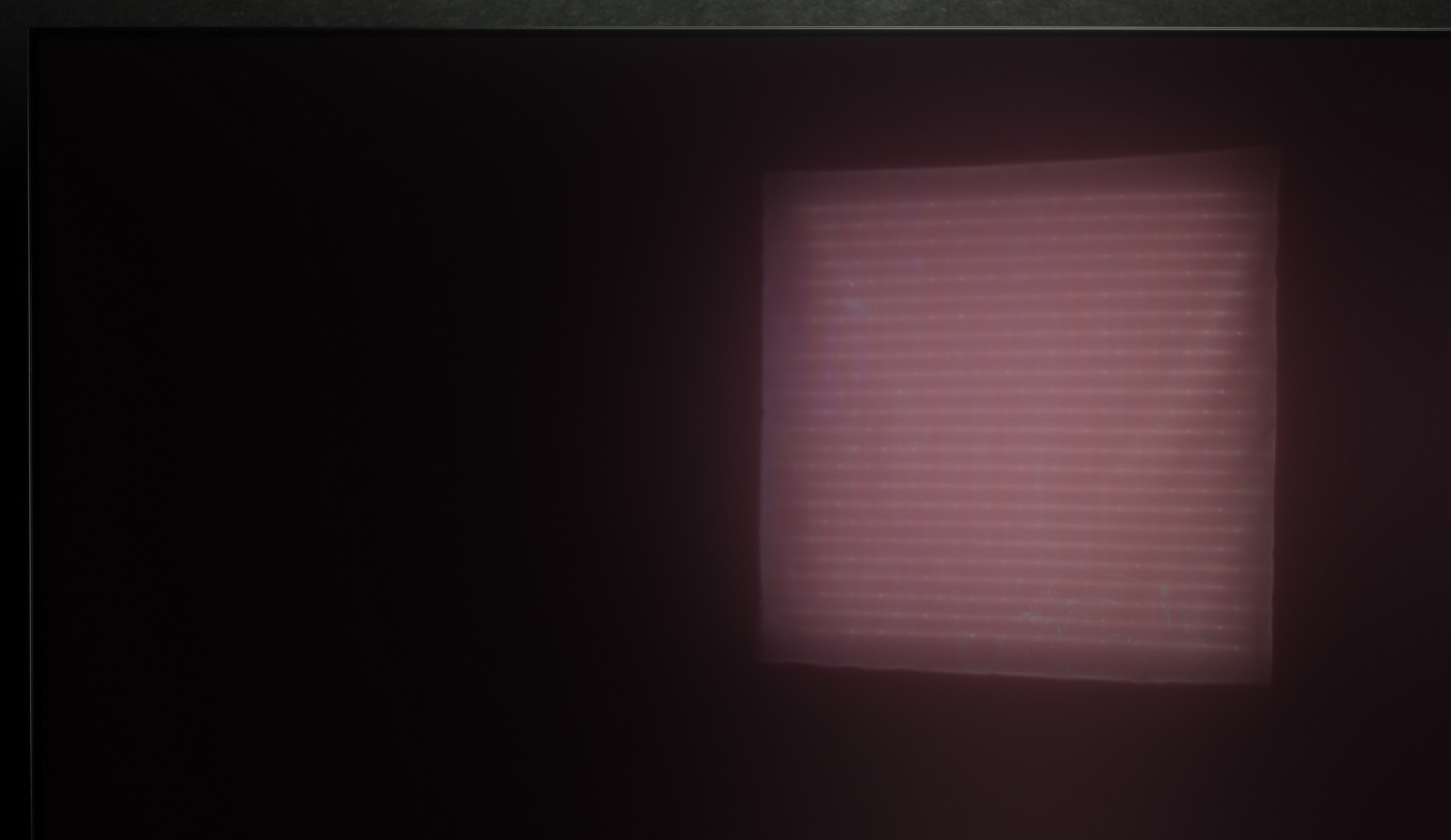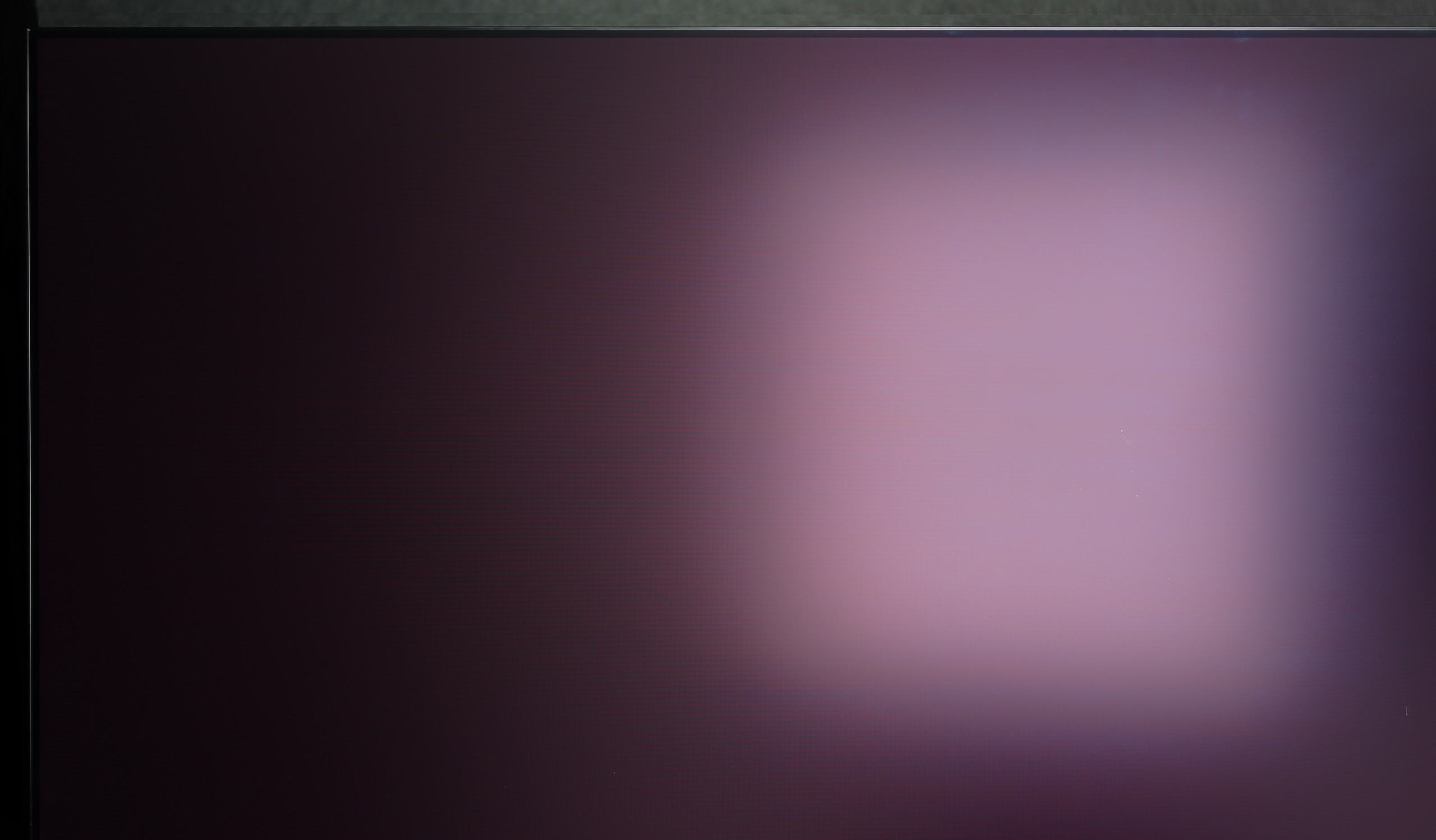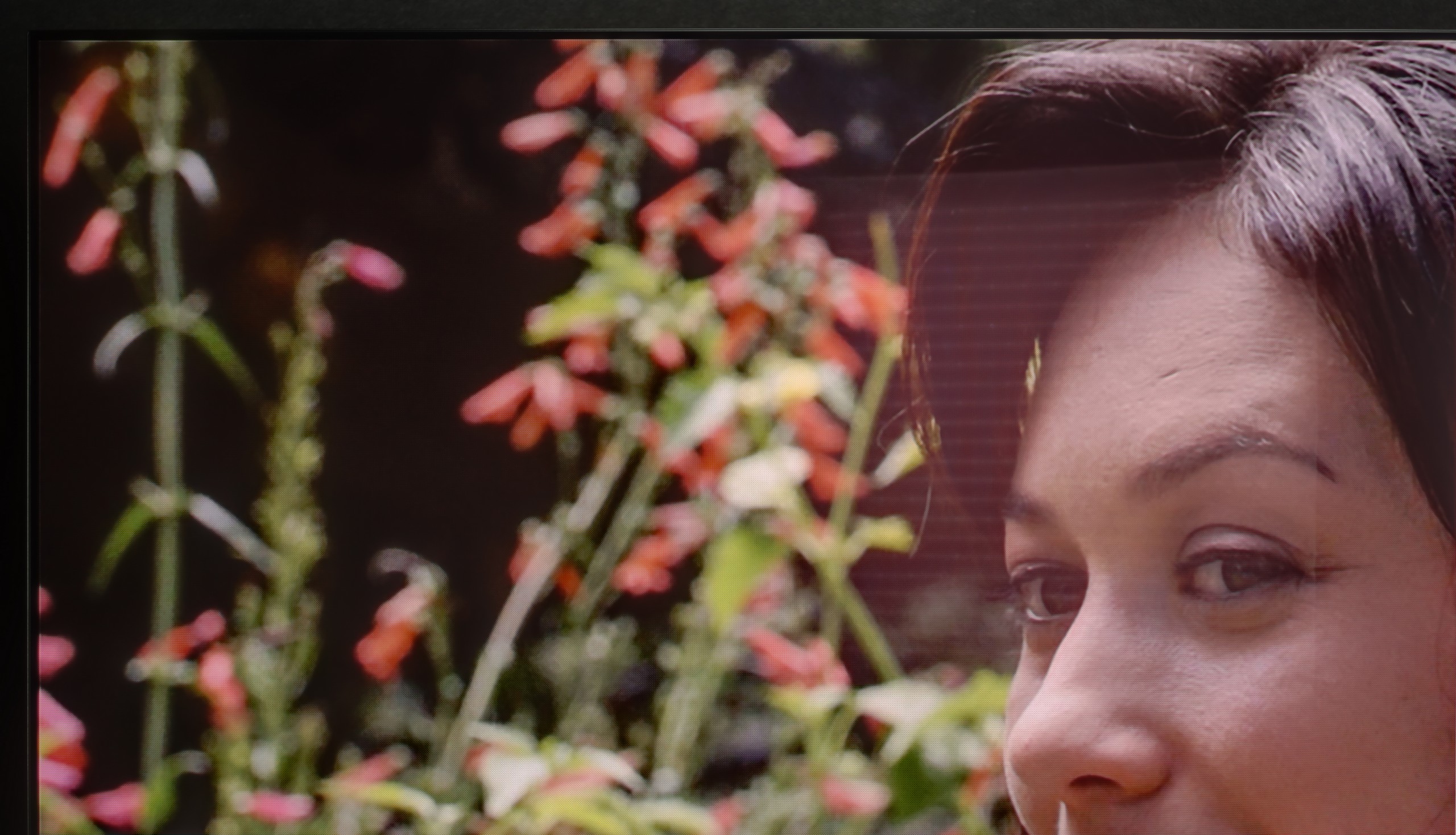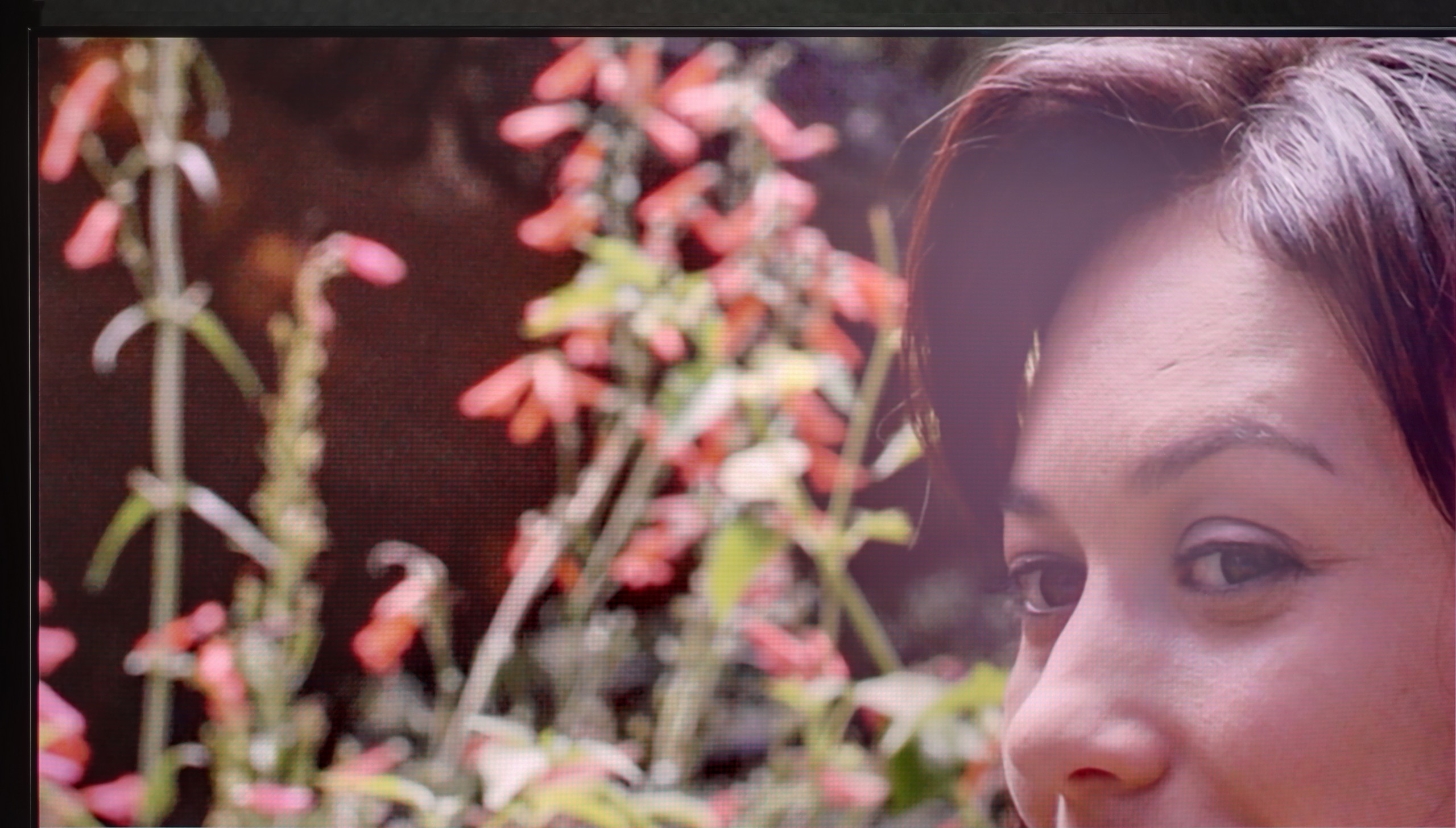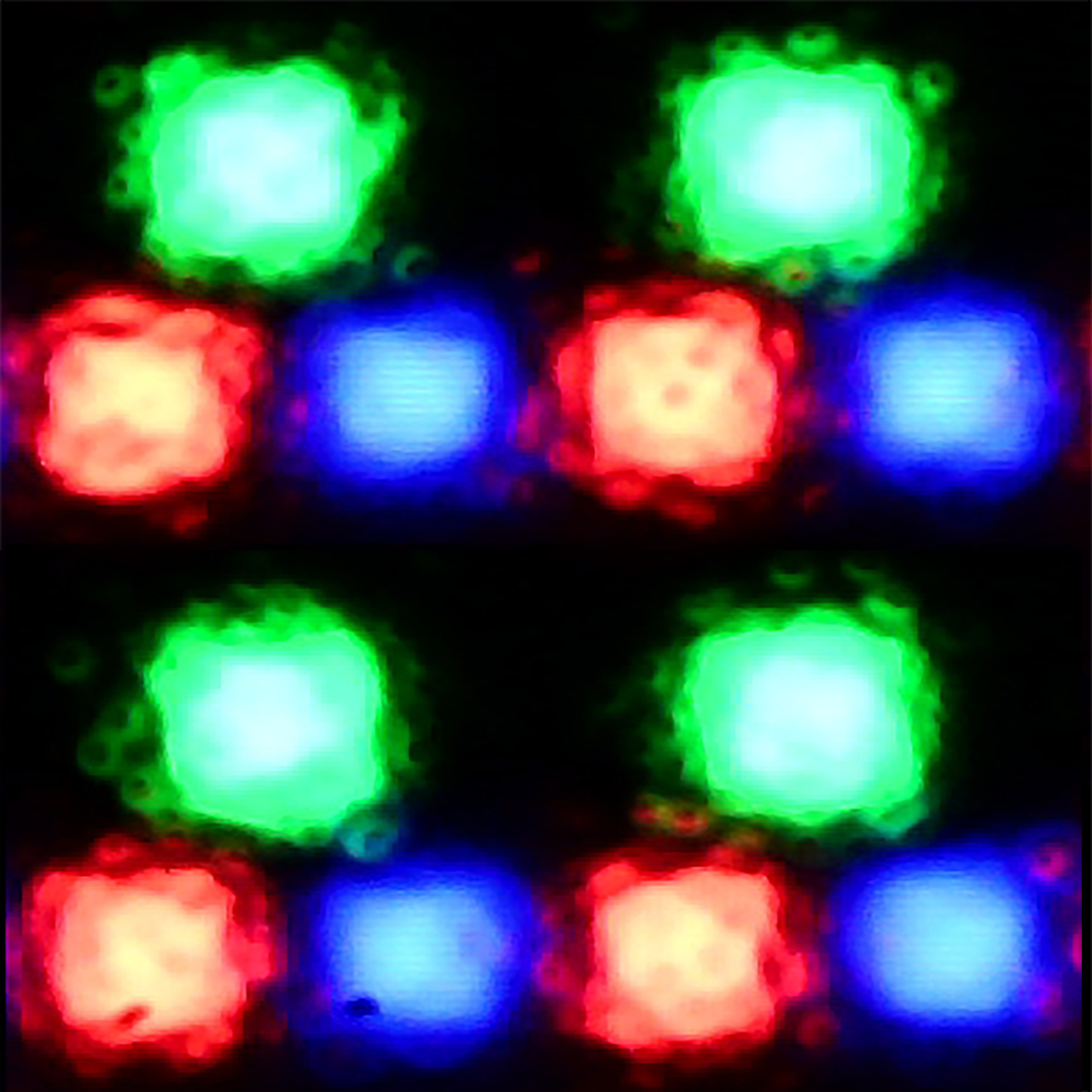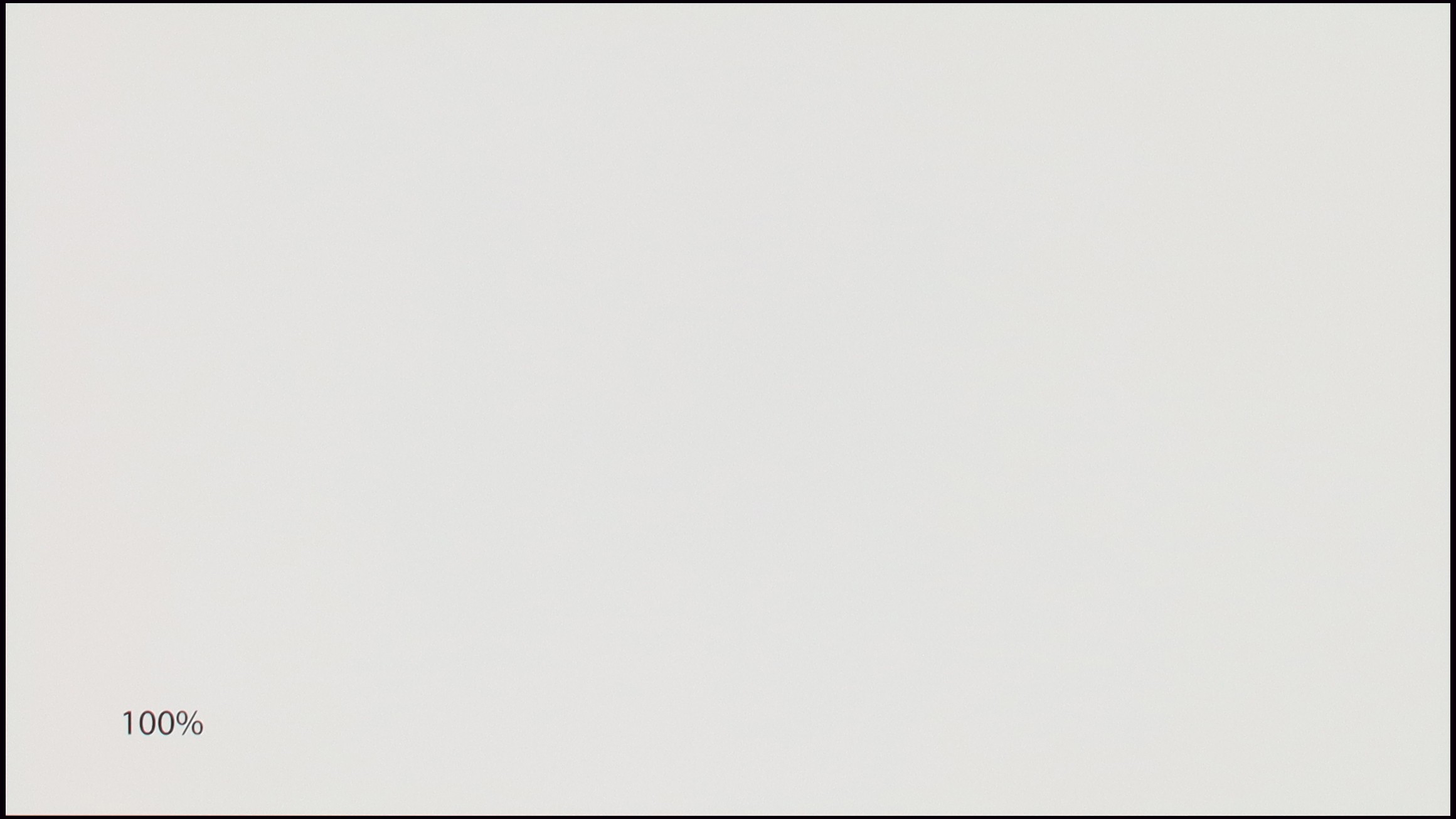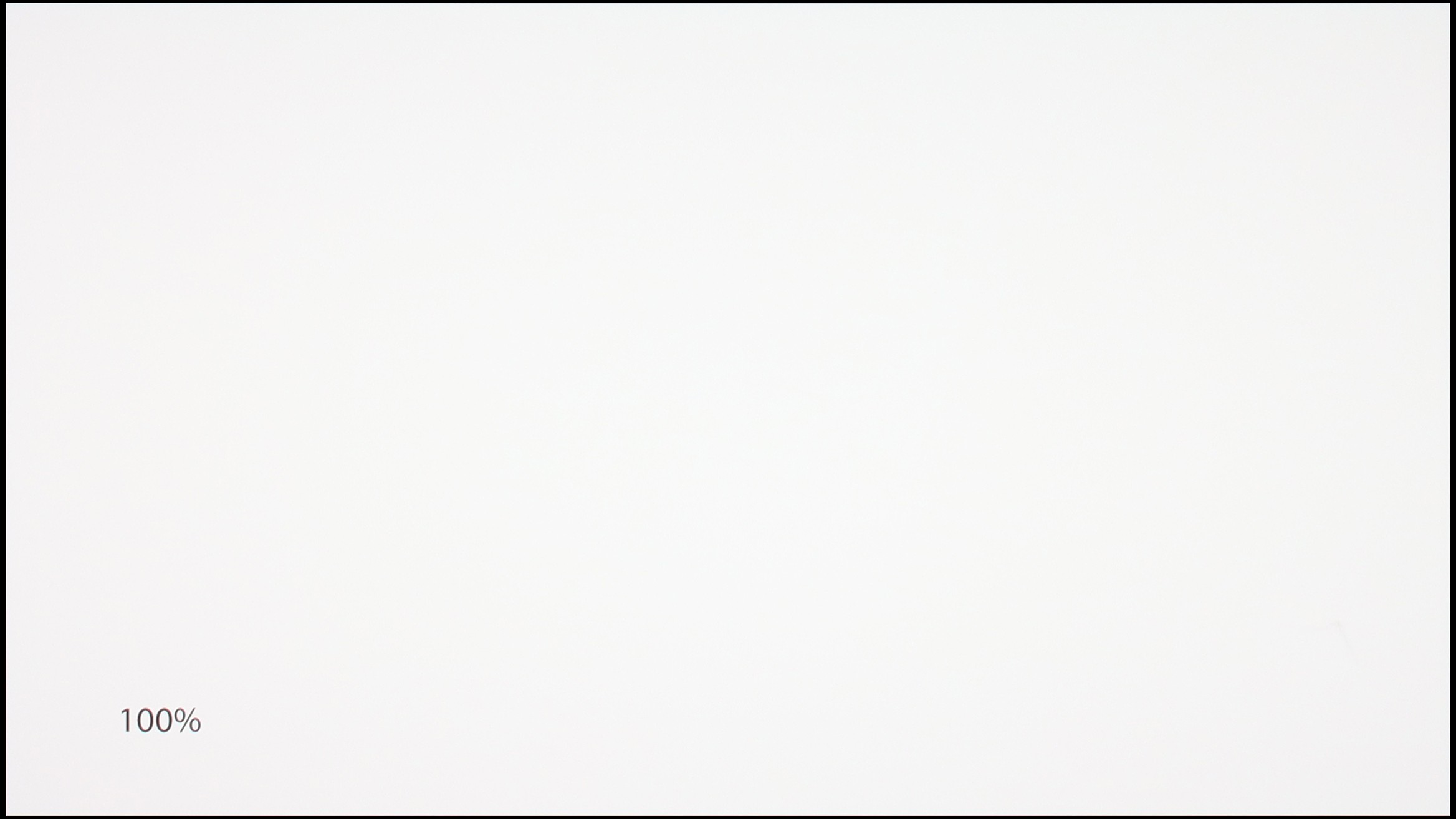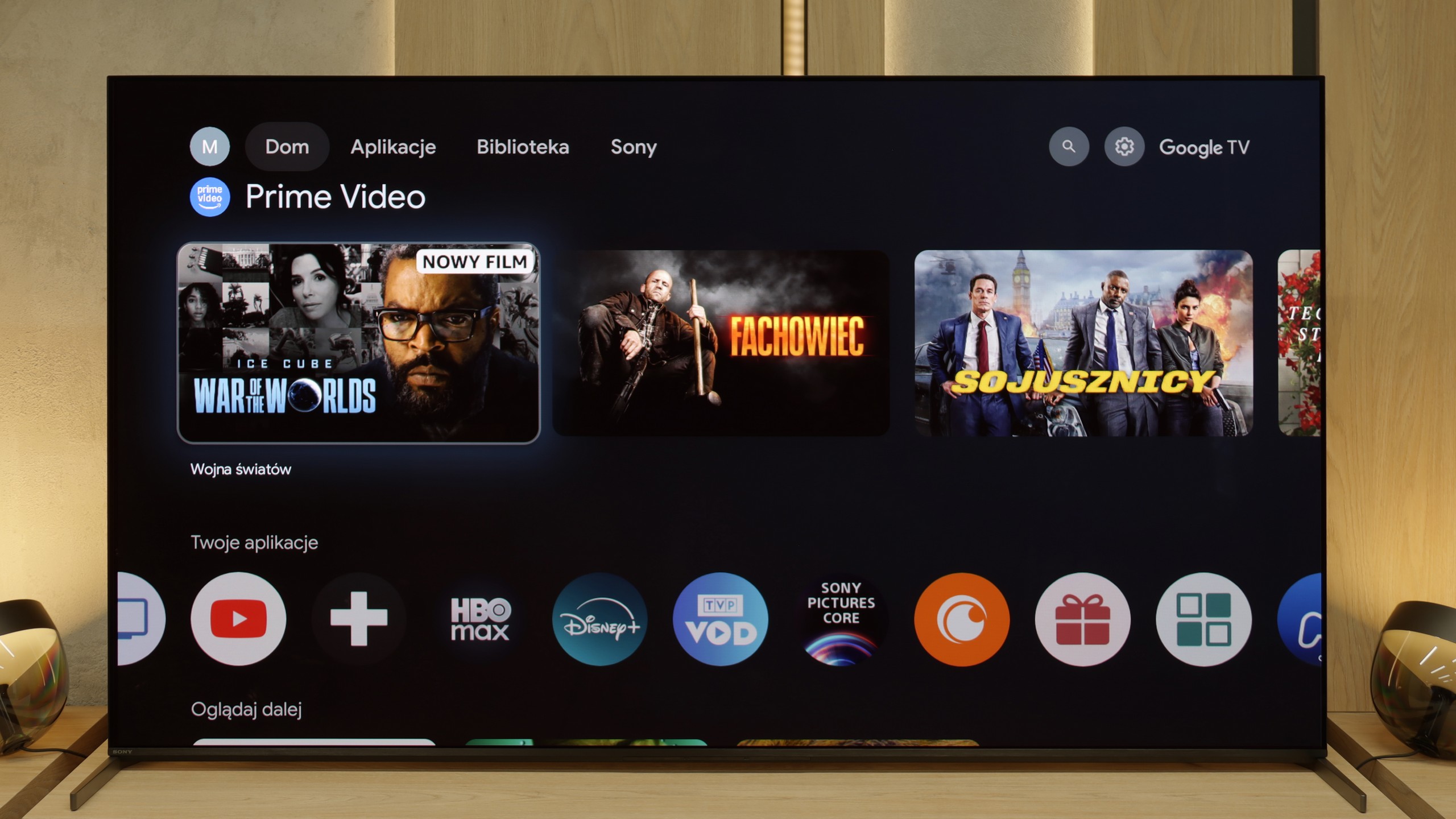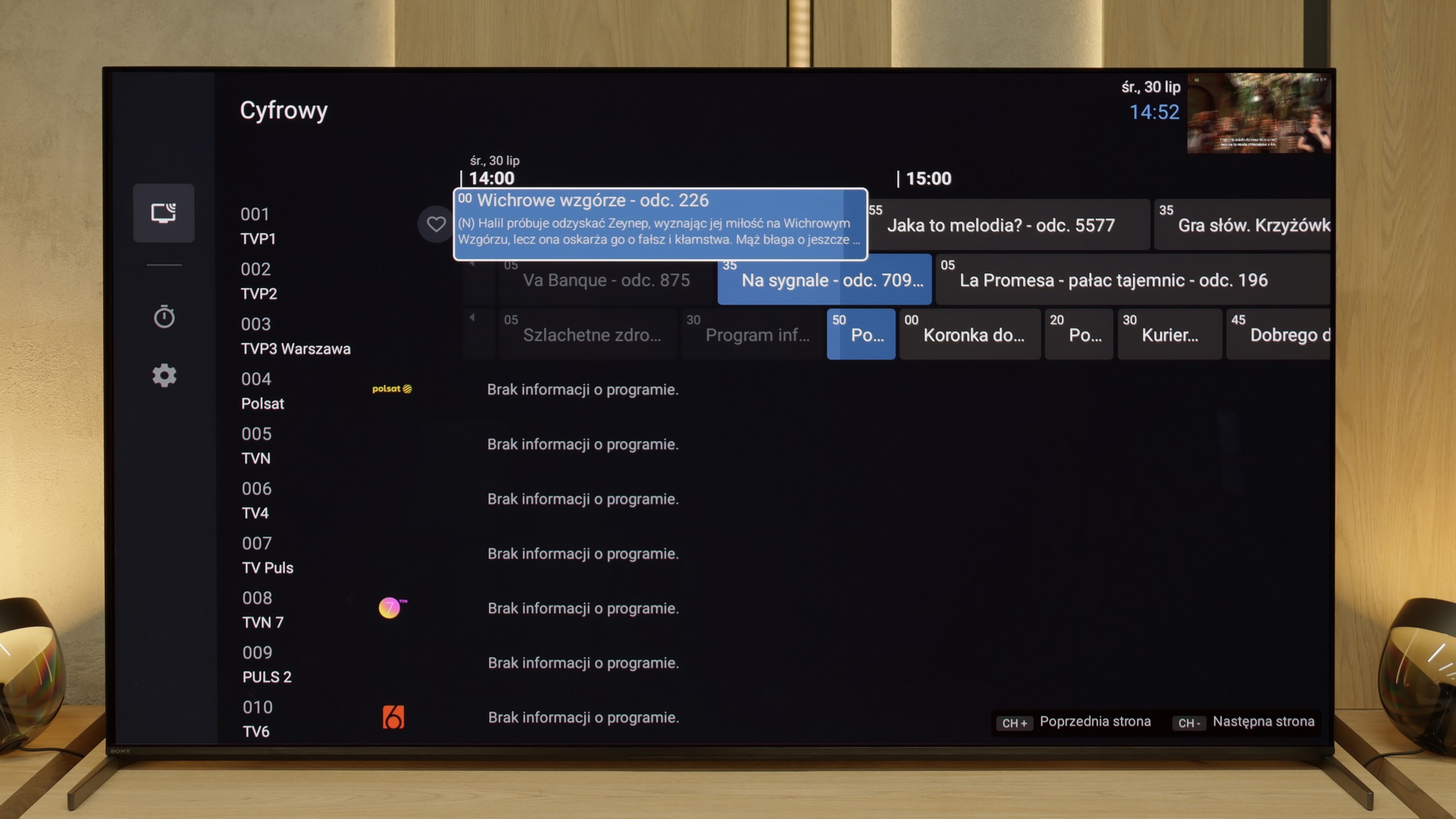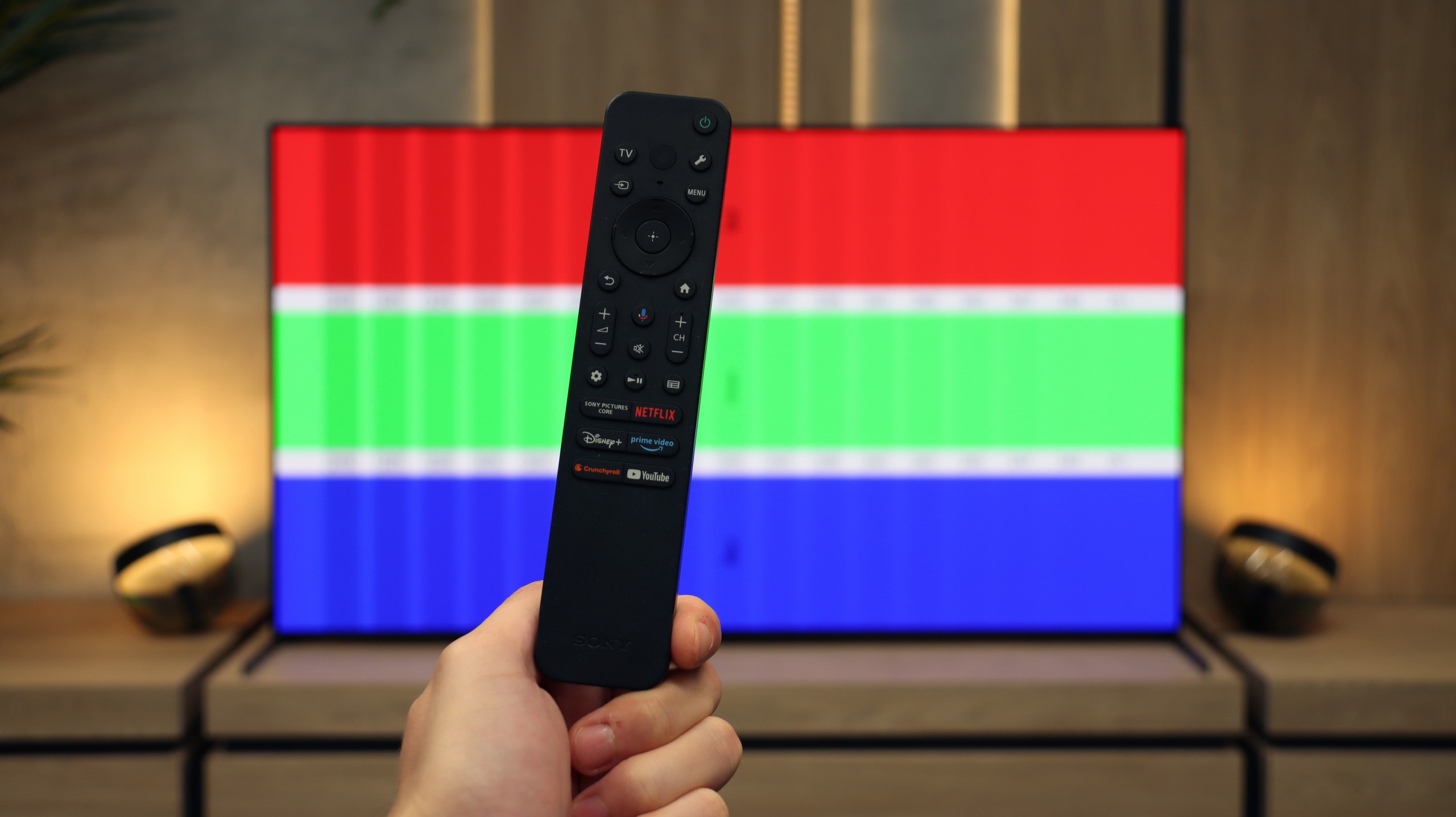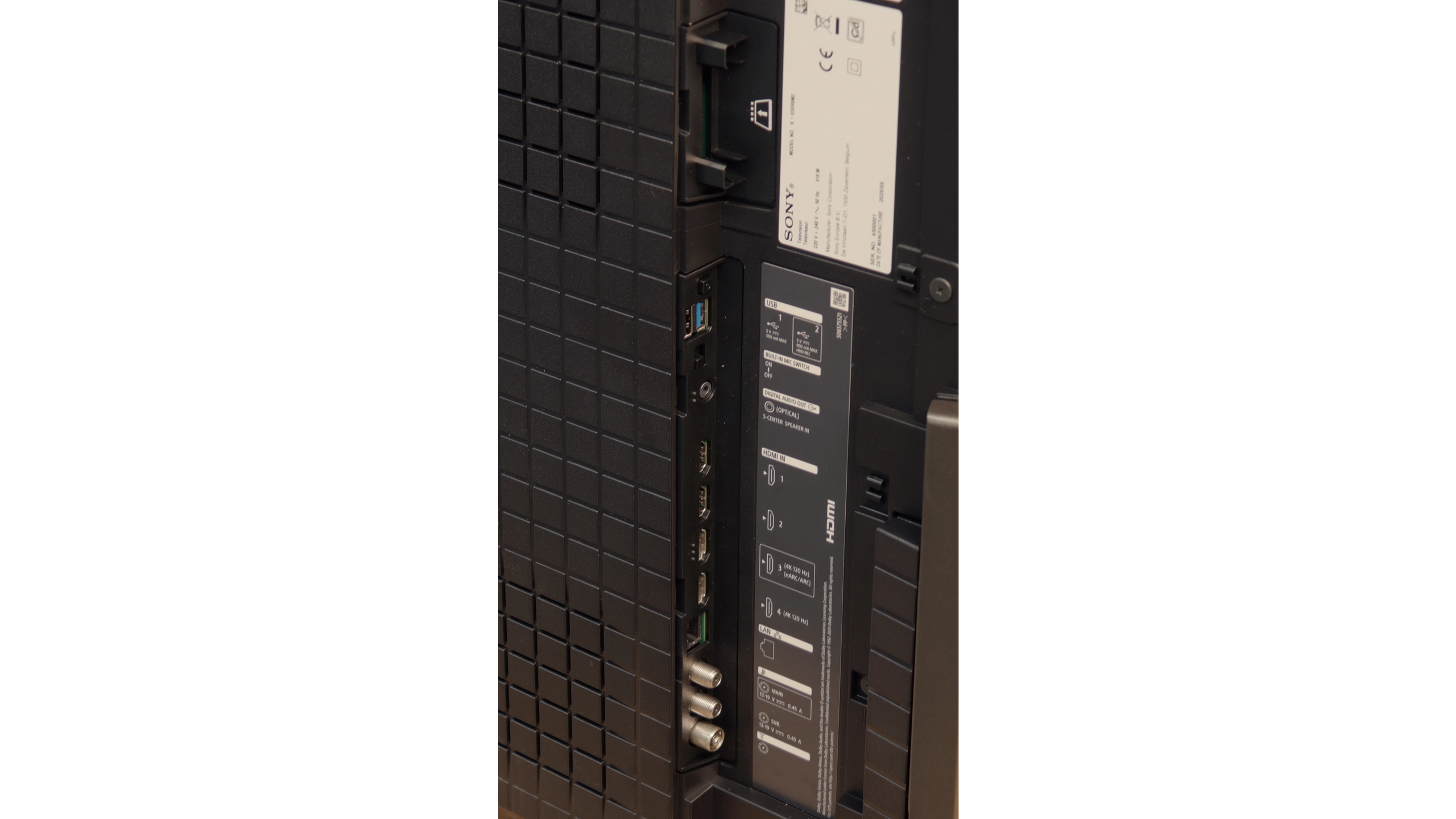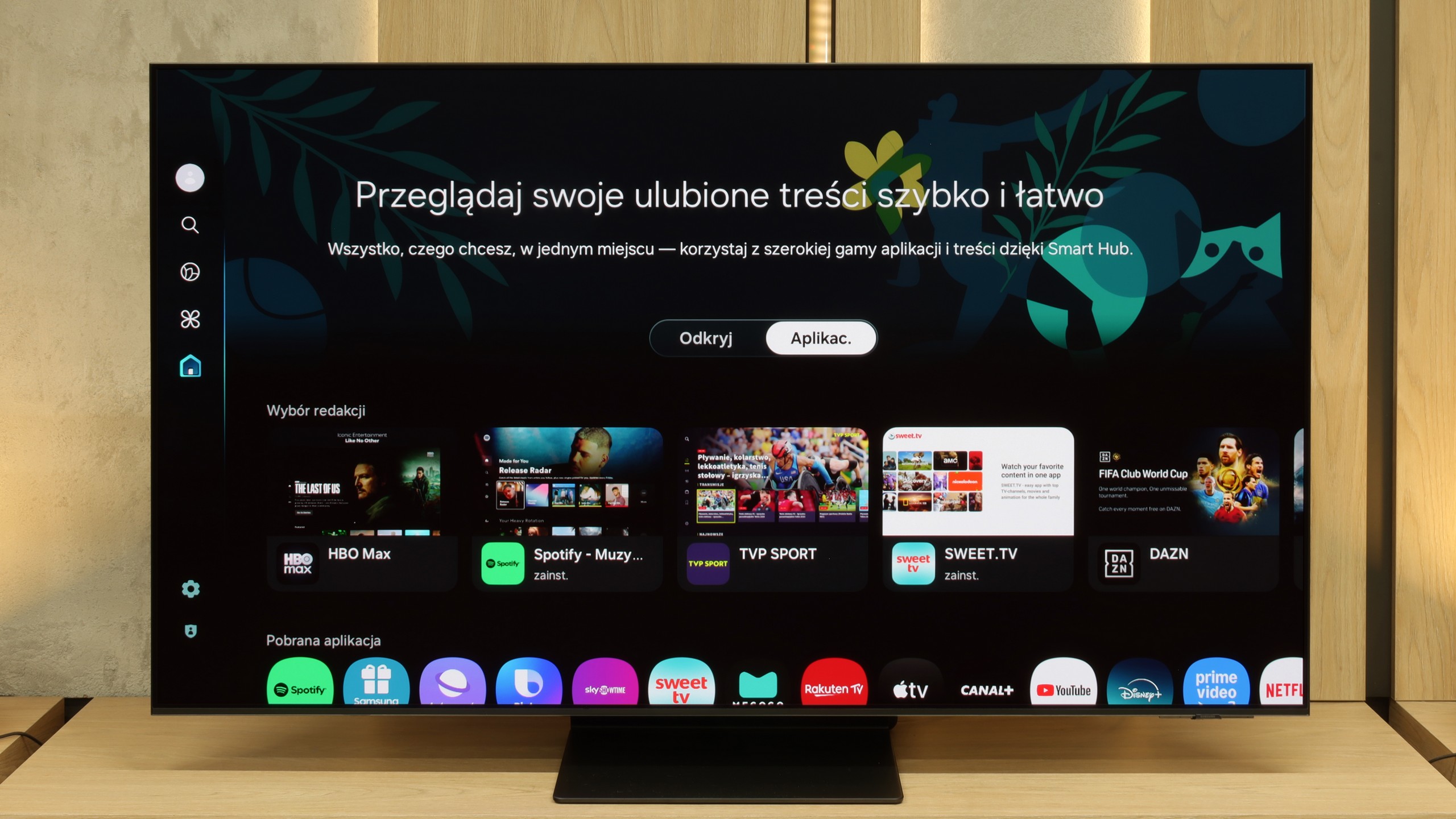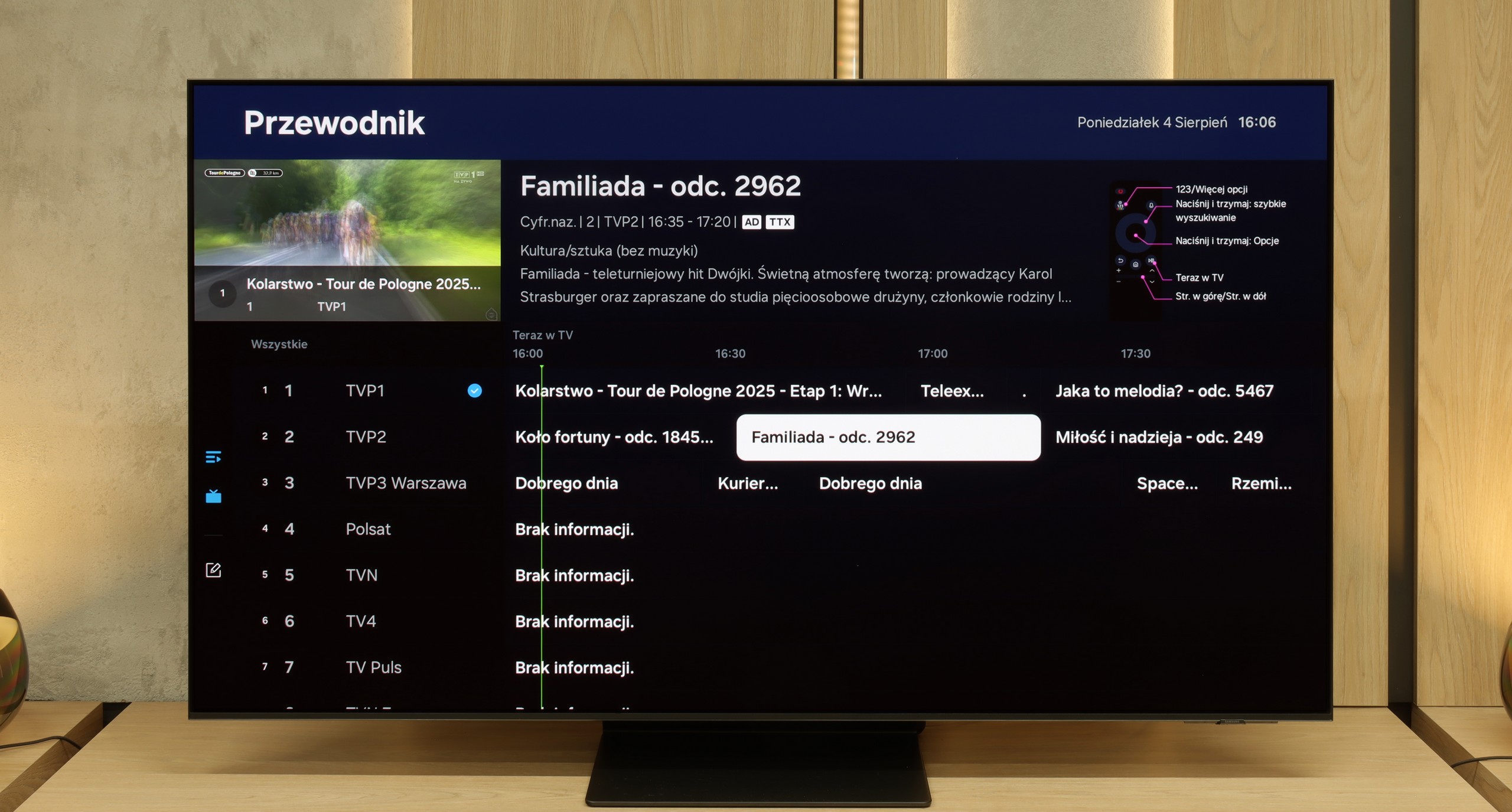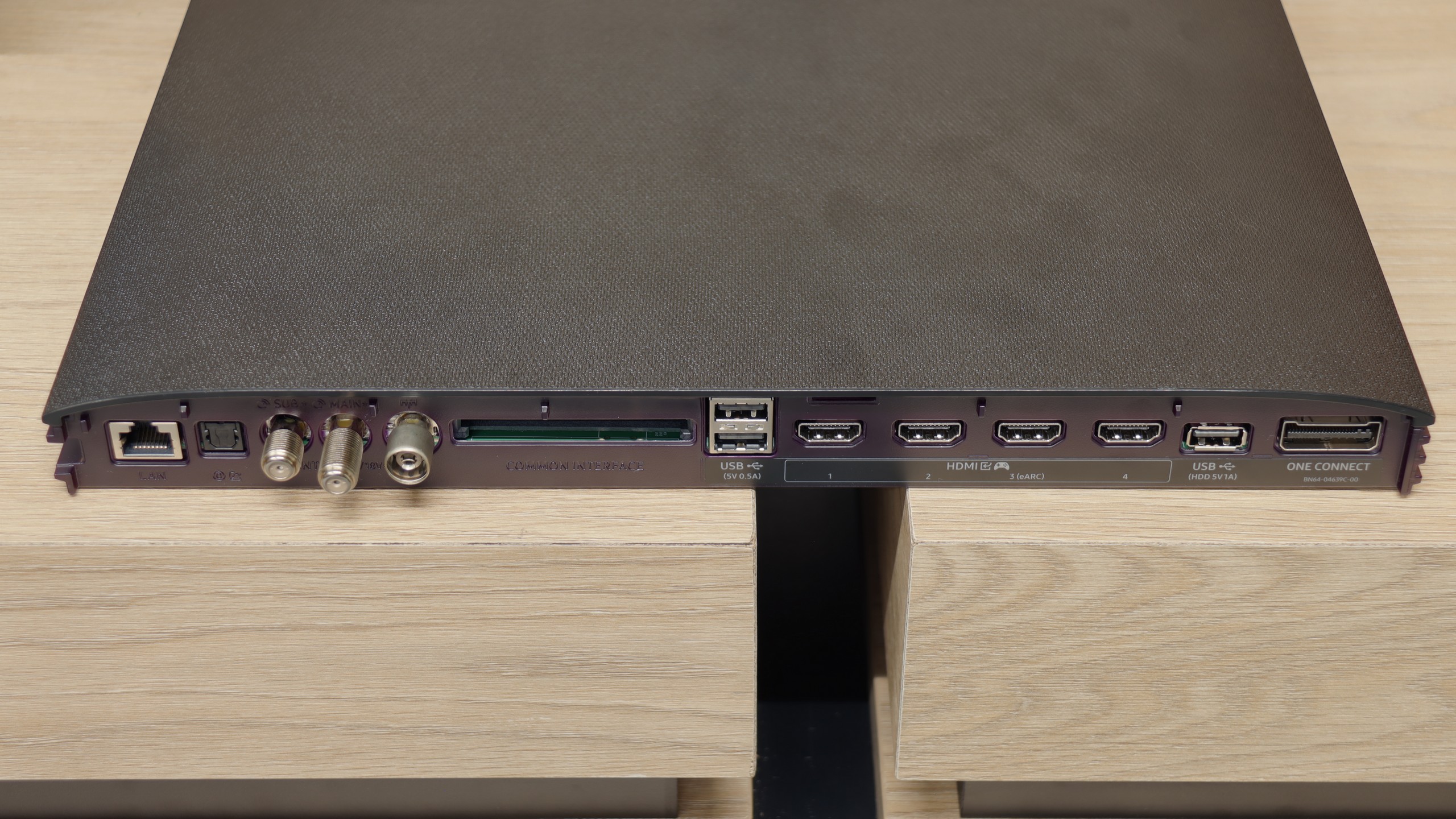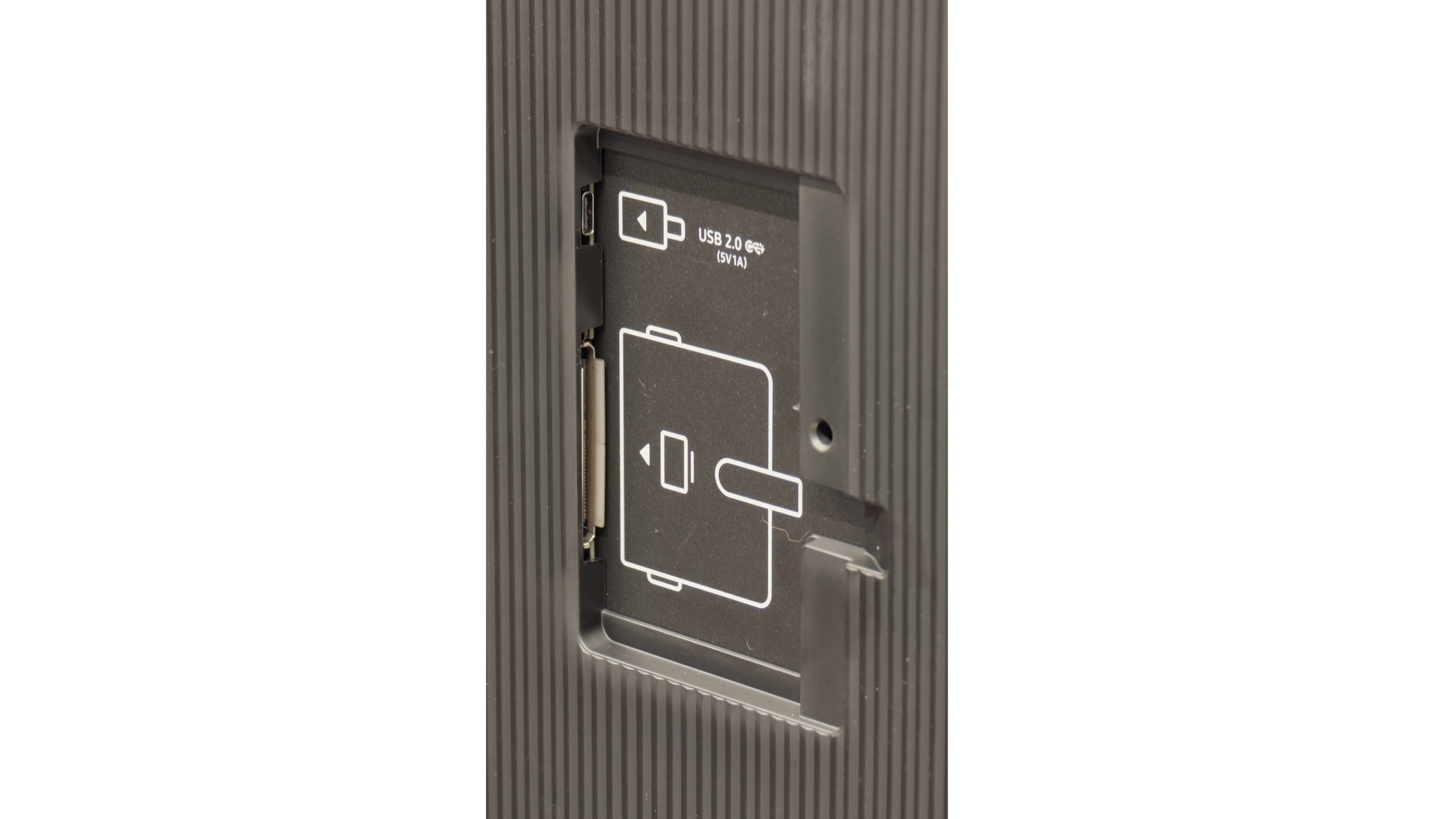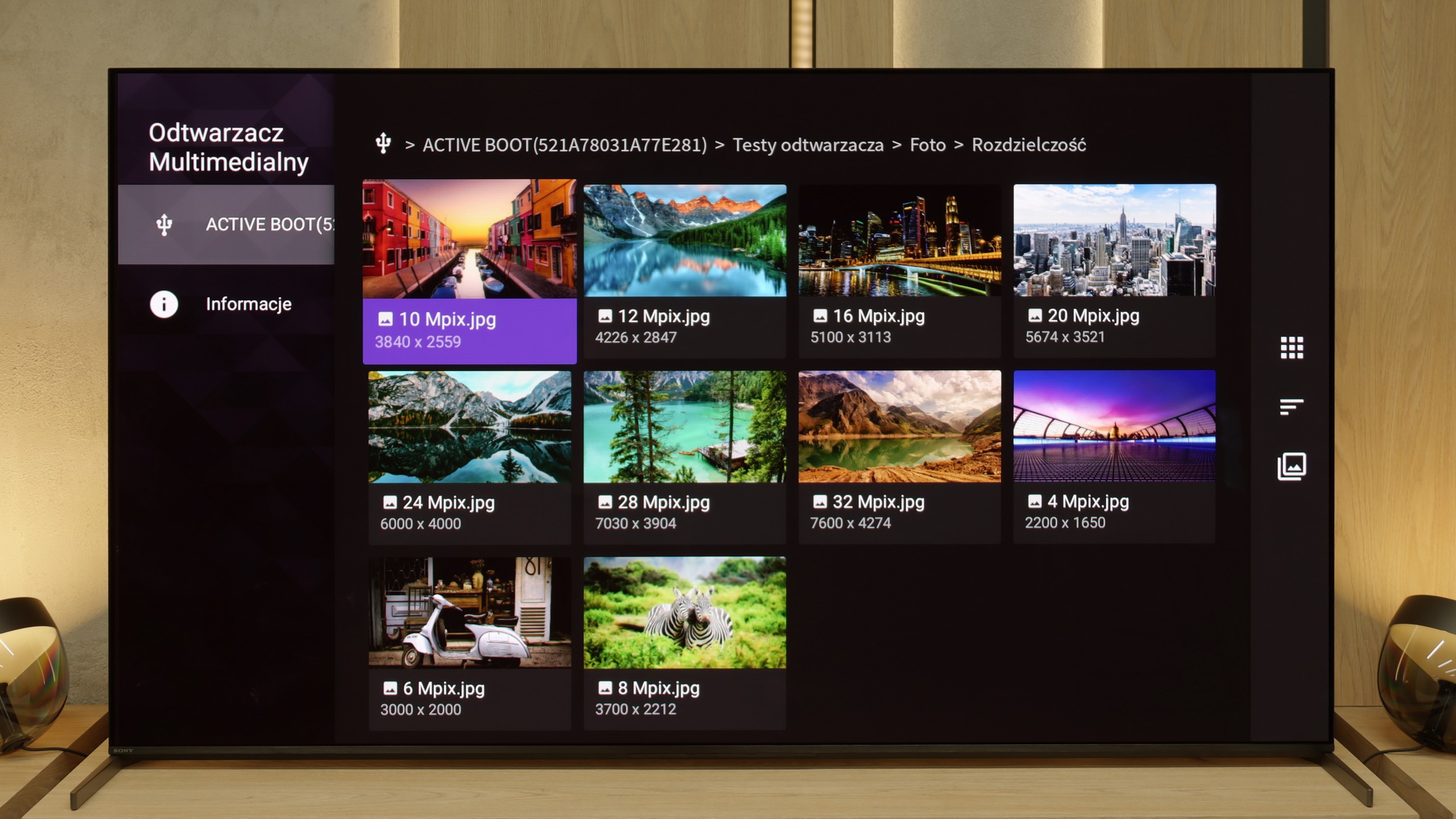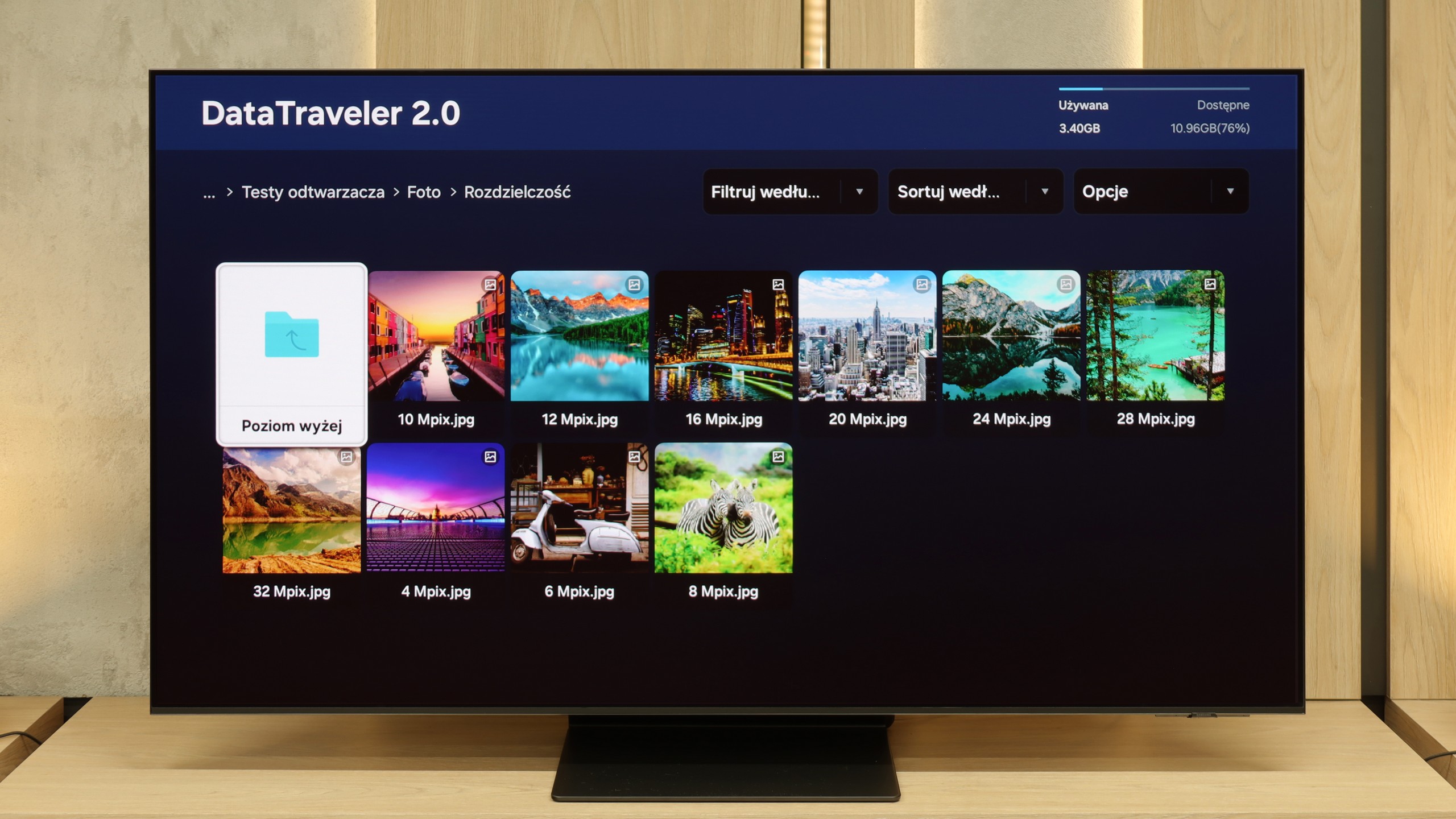Sony Bravia 8 II is undoubtedly a worthy successor to the A95L – refined, incredibly versatile, and with several noticeable improvements over its predecessor. The quality of image, sound, and overall user experience position this model among the top premium TVs of 2025. It’s a device that can enchant both movie enthusiasts and demanding gamers. Among its greatest assets is the almost perfect image, where the XR processor subtly yet effectively enhances detail and smoothness, without overdoing interference with the source material. Additionally, there’s the phenomenal Acoustic Surface sound, creating the impression that dialogues and effects come directly from the screen. Google TV operates very smoothly, offering a vast selection of apps, while extra features – like the ability to game in the cloud on PlayStation or access Bravia Core – increase the device's value. It also boasts low input lag, variable refresh rate, and full support for modern HDR formats.
Despite this, in this barrel of honey, there are a few drops of tar. The lack of refresh rates above 120 Hz, only two HDMI 2.1 ports, and average daytime performance are drawbacks that shouldn't be present in a TV of this class in 2025. Although for many these might not be deal-breaking flaws, in the super premium segment, competition is becoming increasingly strong and uncompromising. Will these shortcomings make it harder for Bravia 8 II to compete for customers' wallets? That we leave to your judgment, the market... and sales results. Regardless, Bravia 8 II is a phenomenal product that would definitely be hard to not recommend.
The Samsung S95F is an excellent continuation and an improvement over last year's S95D model. Thanks to the QD-OLED panel, we get an image that delights from the first minutes of the viewing experience. The blacks are deep and natural, without signs of backlighting, and the brightness of the next-generation panel reaches levels that just recently seemed out of reach for OLEDs. These values are so high that the S95F can confidently be compared to the best Mini-LED screens - both in terms of HDR effect and in everyday use in bright daylight. After a slight adjustment of the settings, the television can offer a reference image that creates a cohesive and cinematic experience. However, it is not only a screen for movie lovers but also one of the absolute favorites for gamers. The 165 Hz panel with instant response, an input lag of just a few milliseconds, a full suite of gaming features – including VRR, ALLM, and excellently implemented HGiG – as well as four HDMI 2.1 ports make the S95F effortlessly meet the requirements of both next-generation console owners and PC gamers. It is a complete set of capabilities that makes the S95F one of the best gaming TVs on the market. Samsung has also taken care of user details. The matte screen finish effectively eliminates reflections, ensuring that even in a bright living room, the image remains clear and comfortable. The One Connect module organizes the cabling, moving all the connections to a separate box, which will be appreciated by anyone who likes to regularly juggle connected devices. The design of the television is slim, elegant, and thoughtful – it is clear that this is a Super Premium class product that looks great in any interior. Of course, like any device, the S95F has its minor compromises, but at this class and completeness, it is easy to forget about them.
This is a television that combines the best image quality with functionality and user comfort. Without a doubt, it stands up to the strongest competition, and it can be confidently considered as one of the main contenders for the title of TV of the Year 2025.
